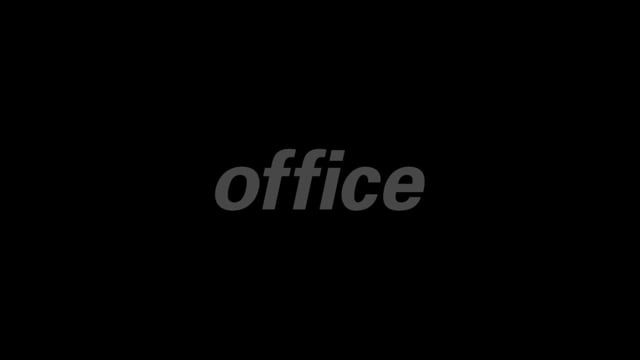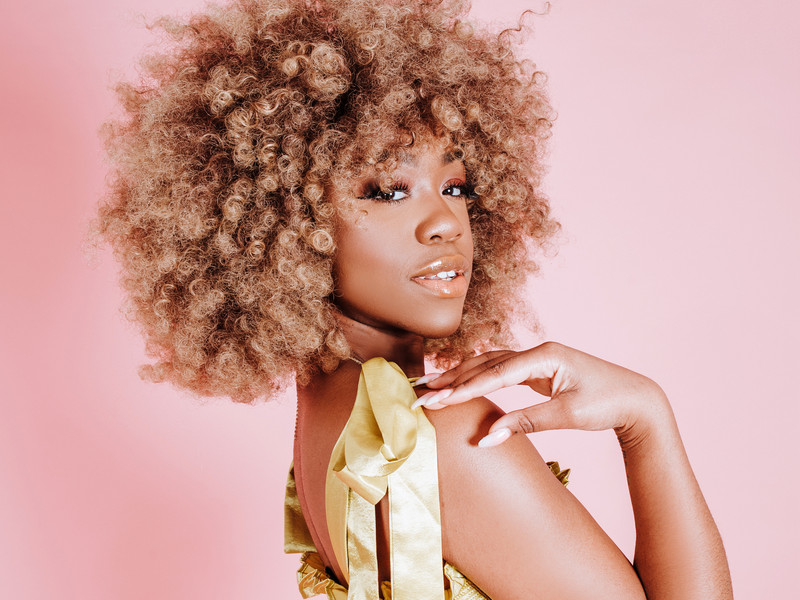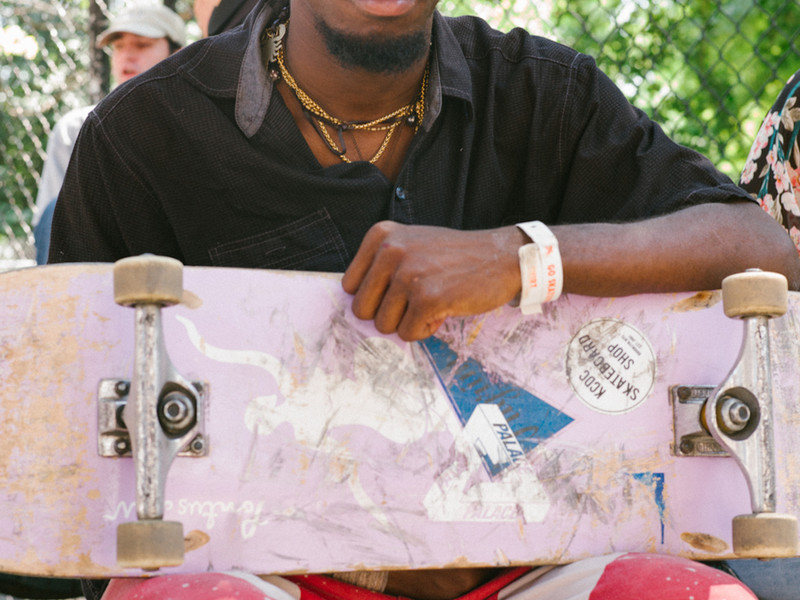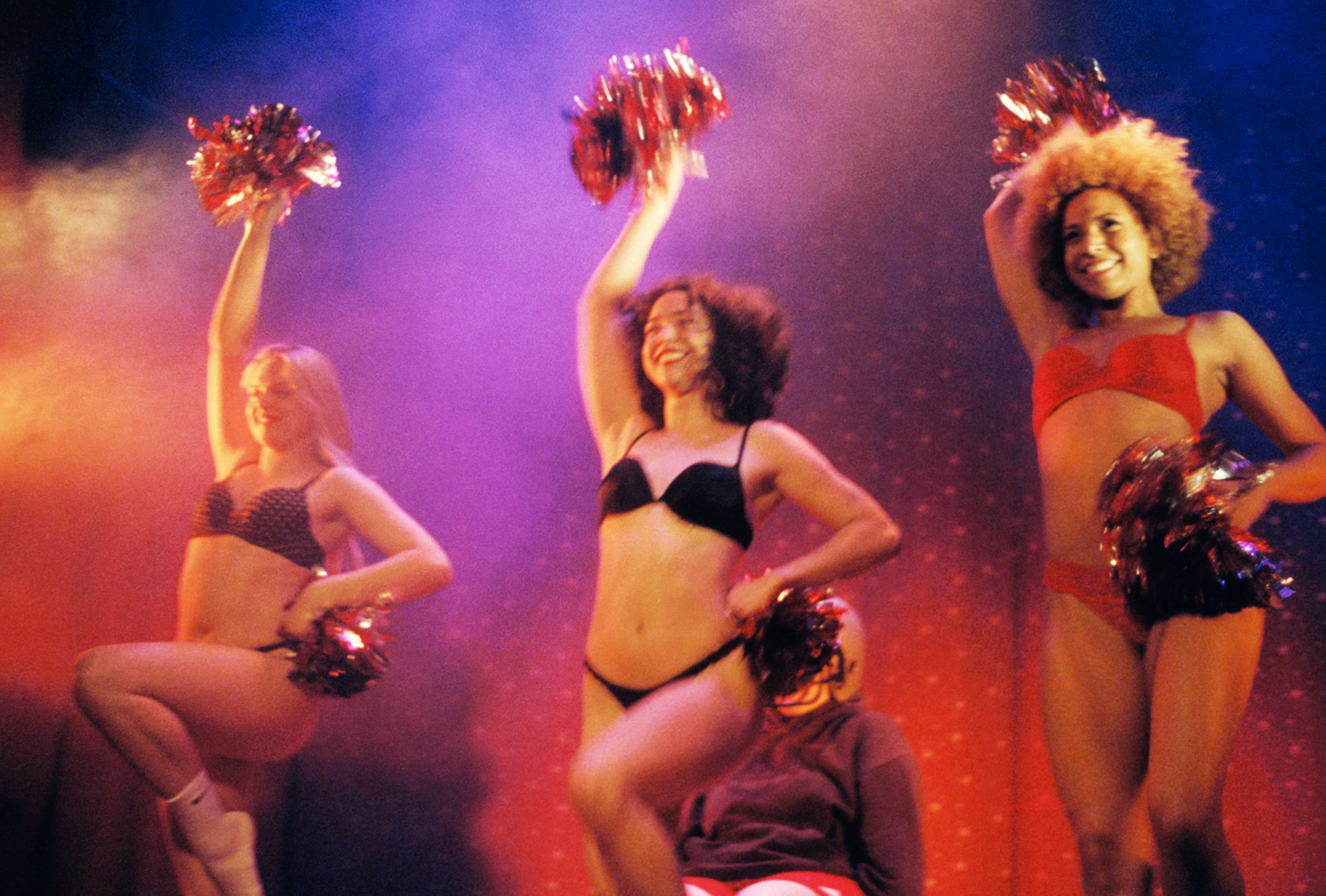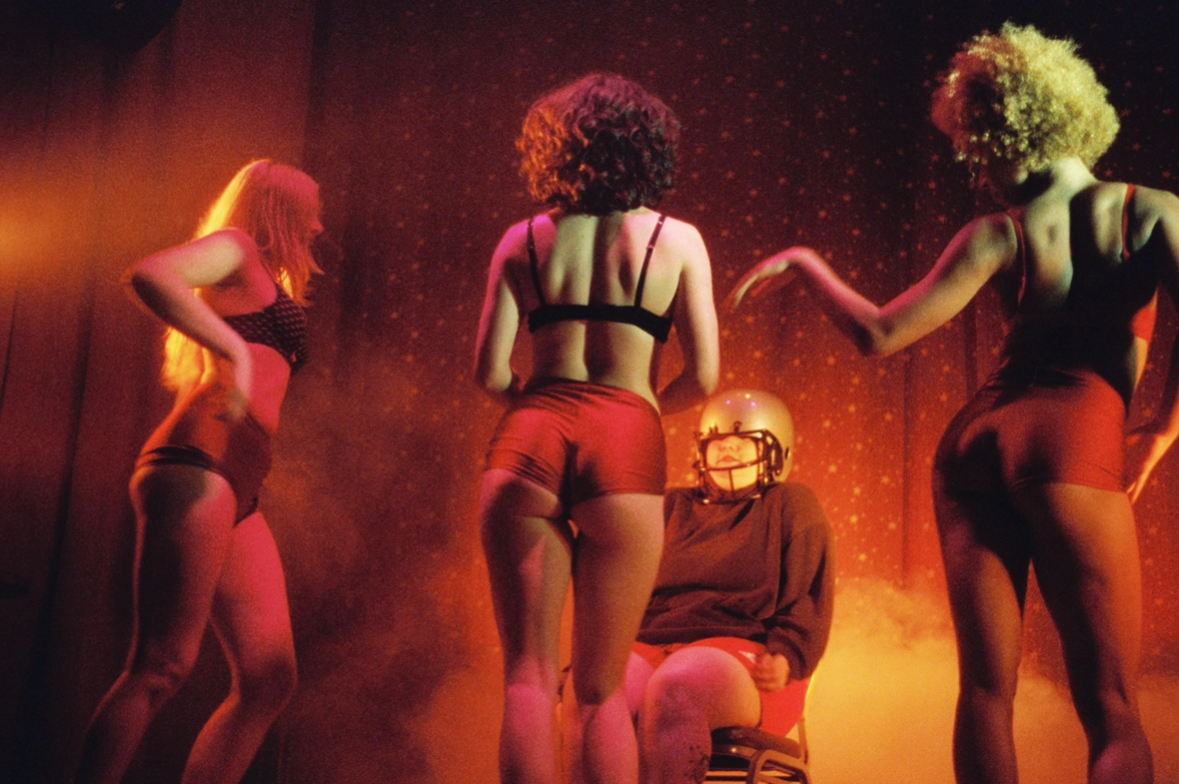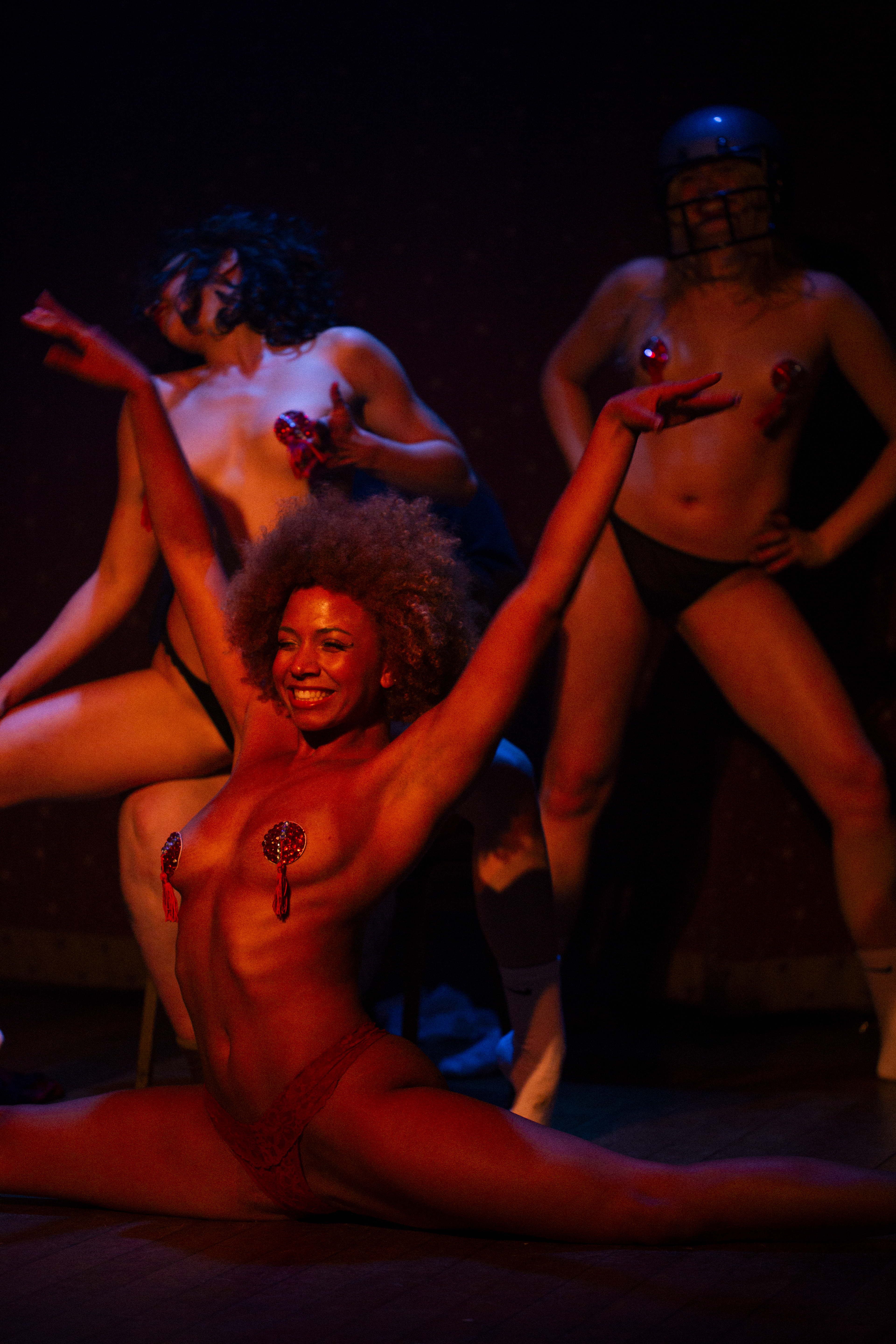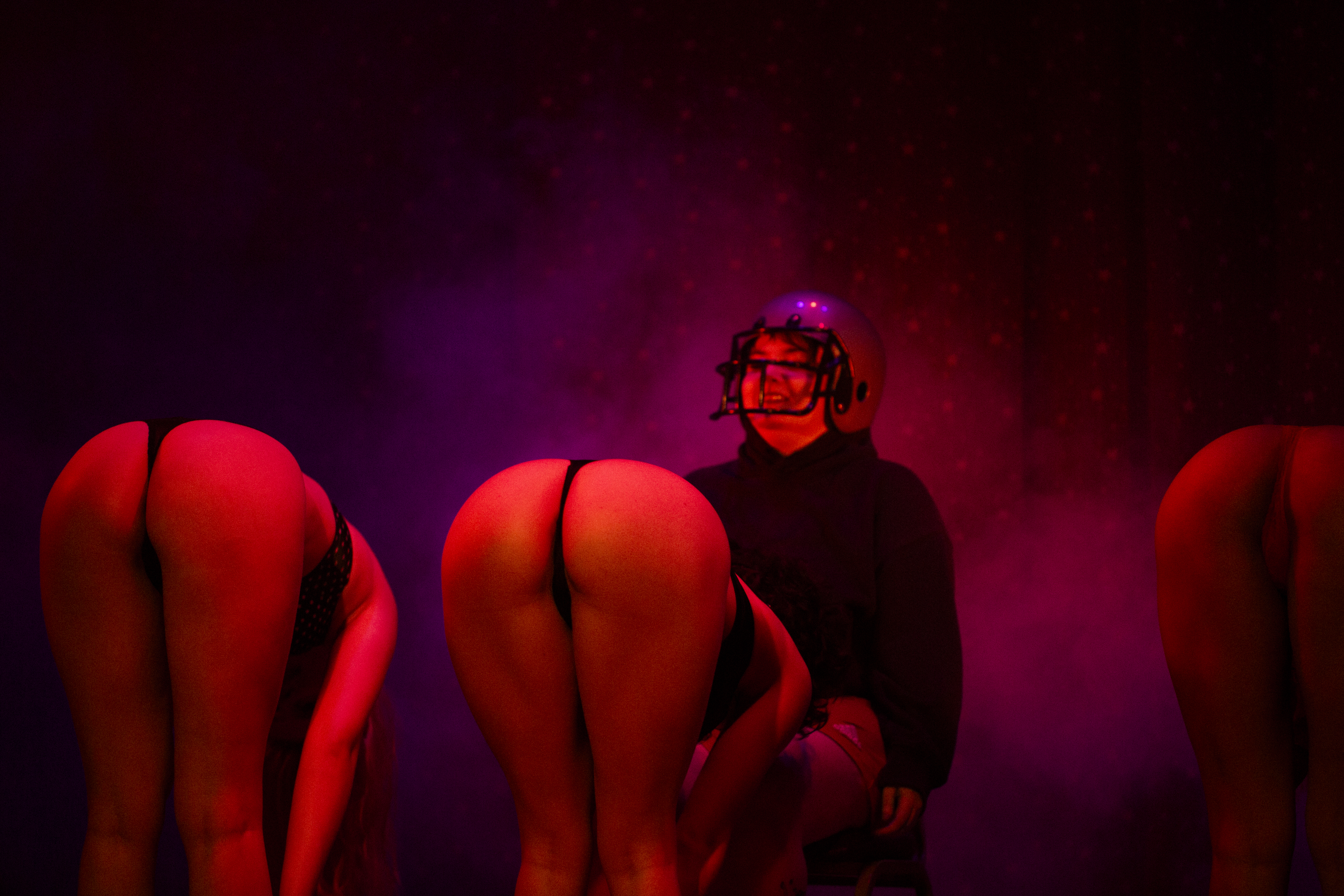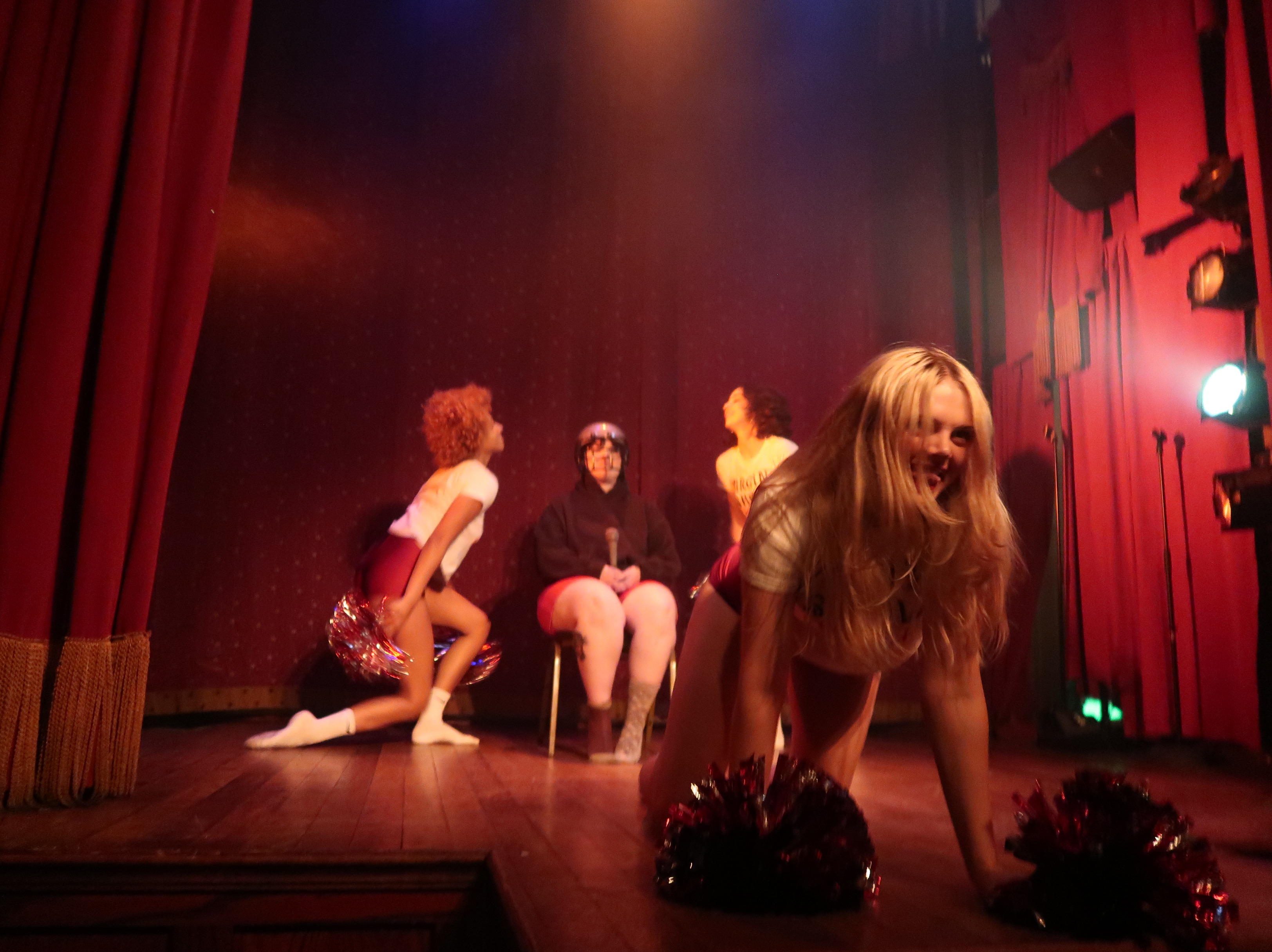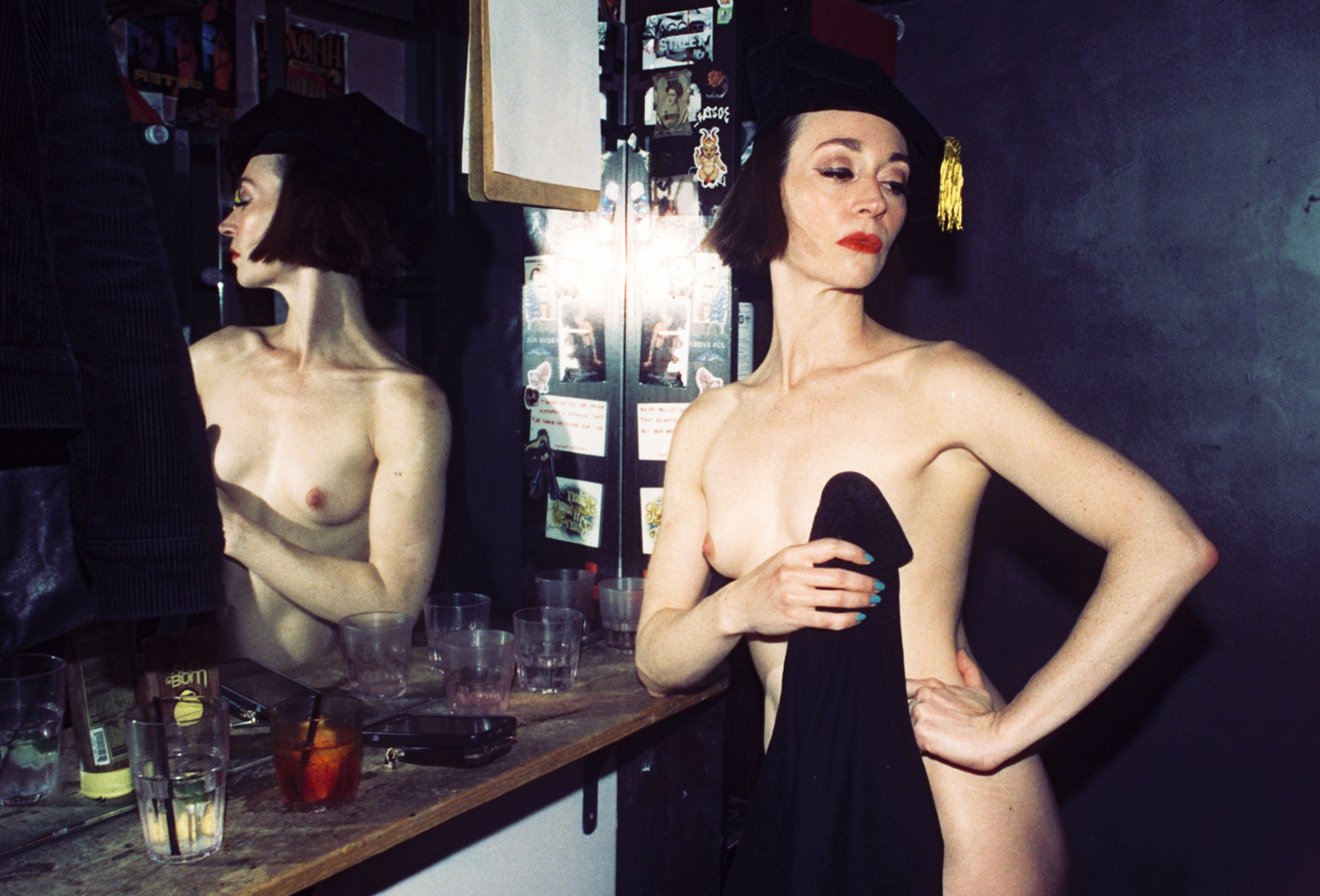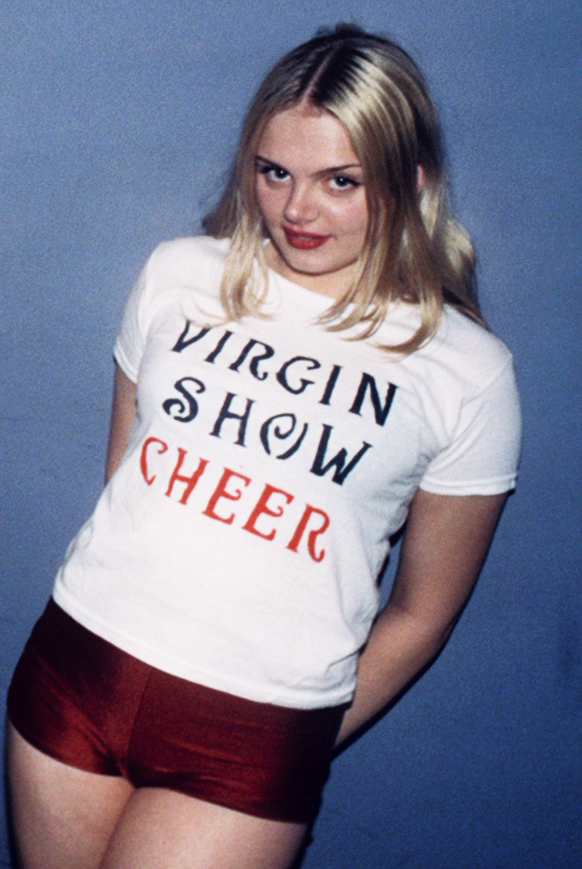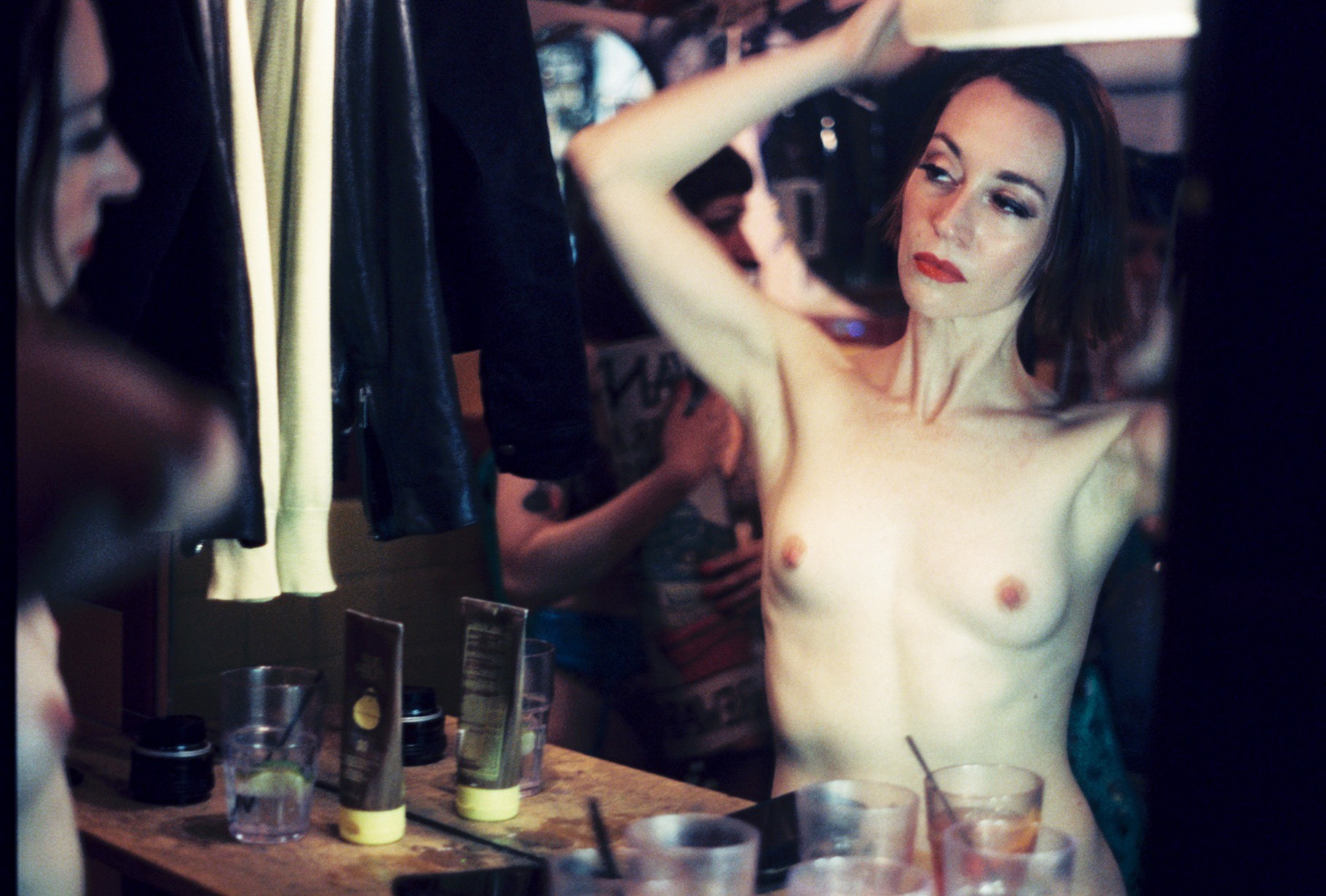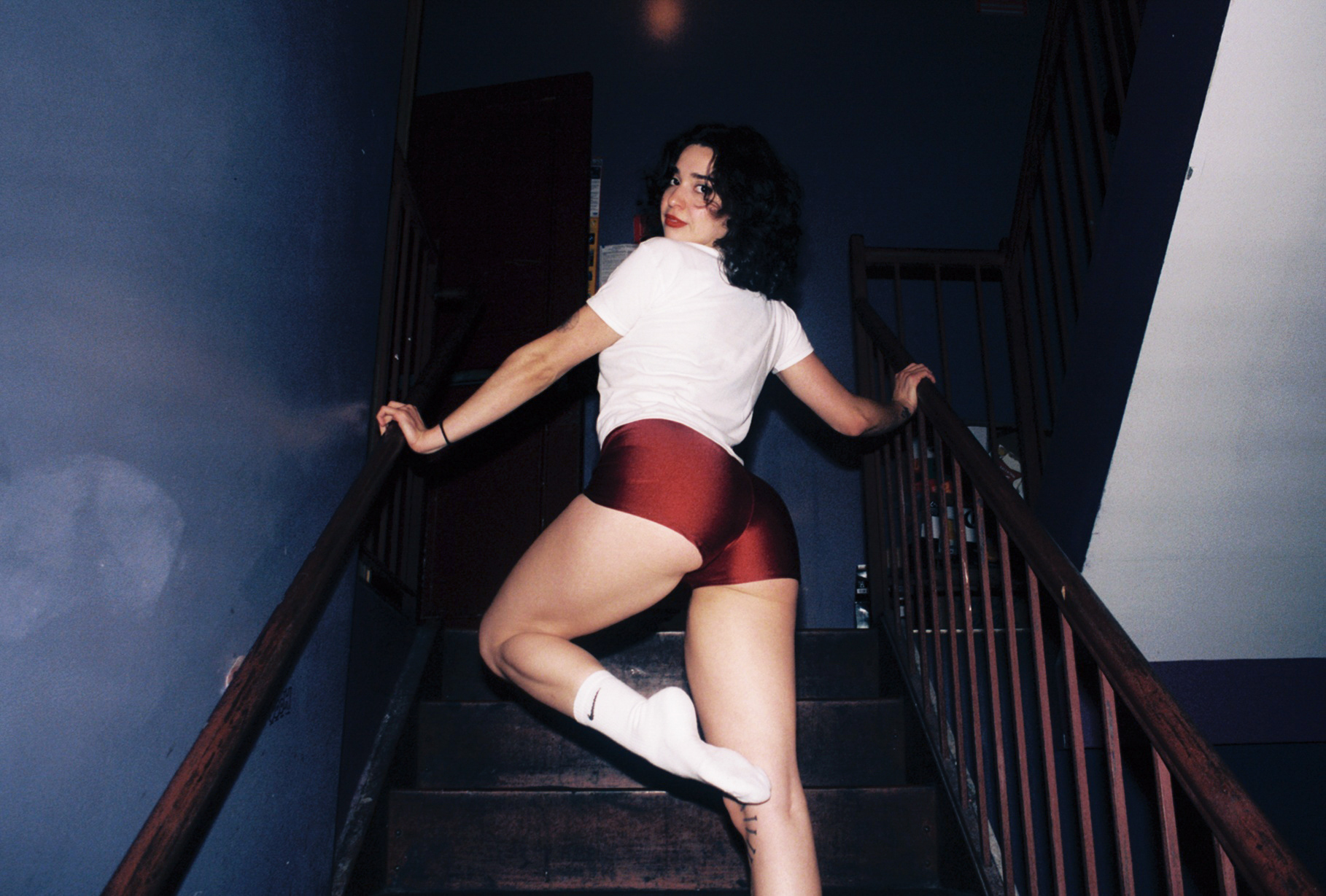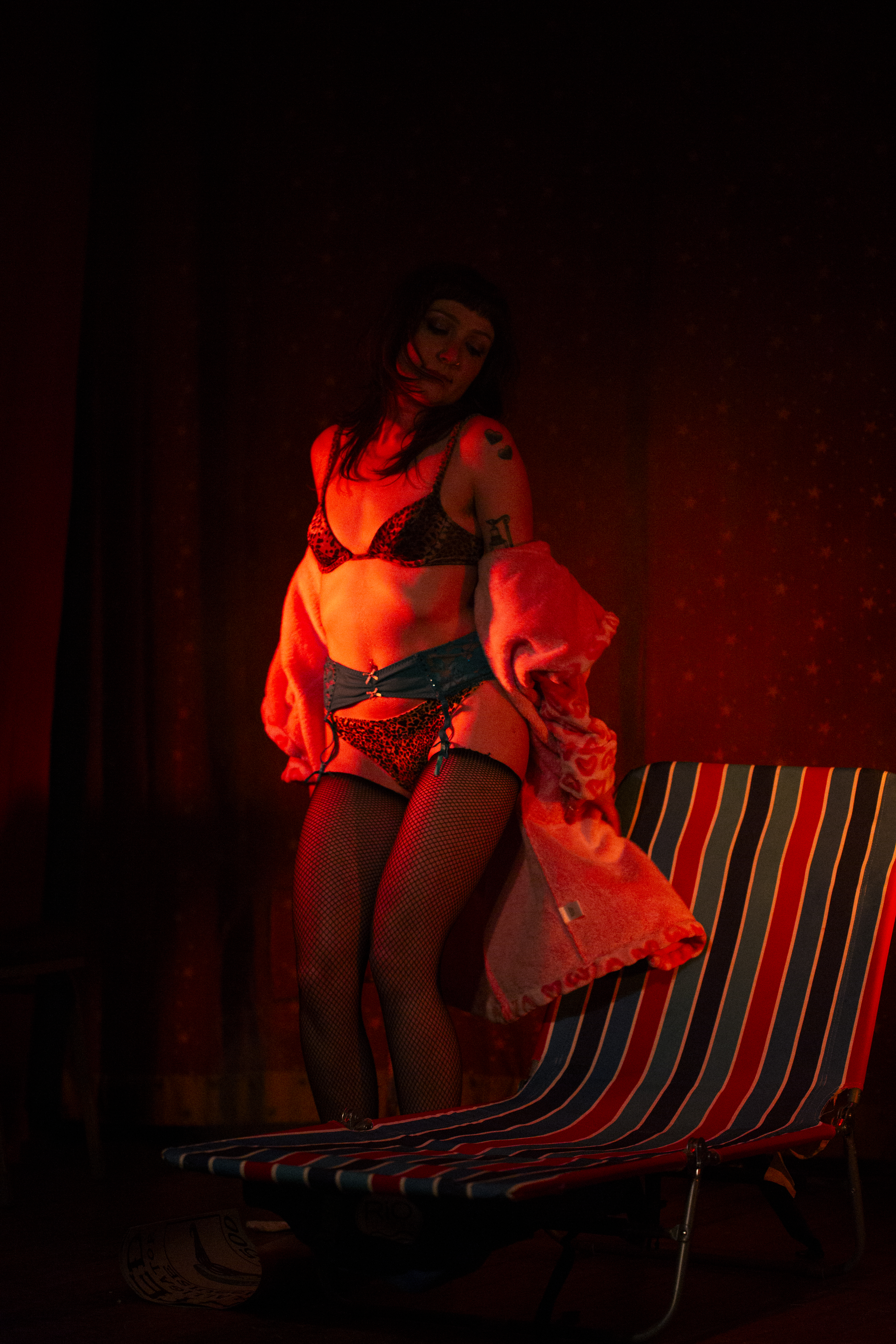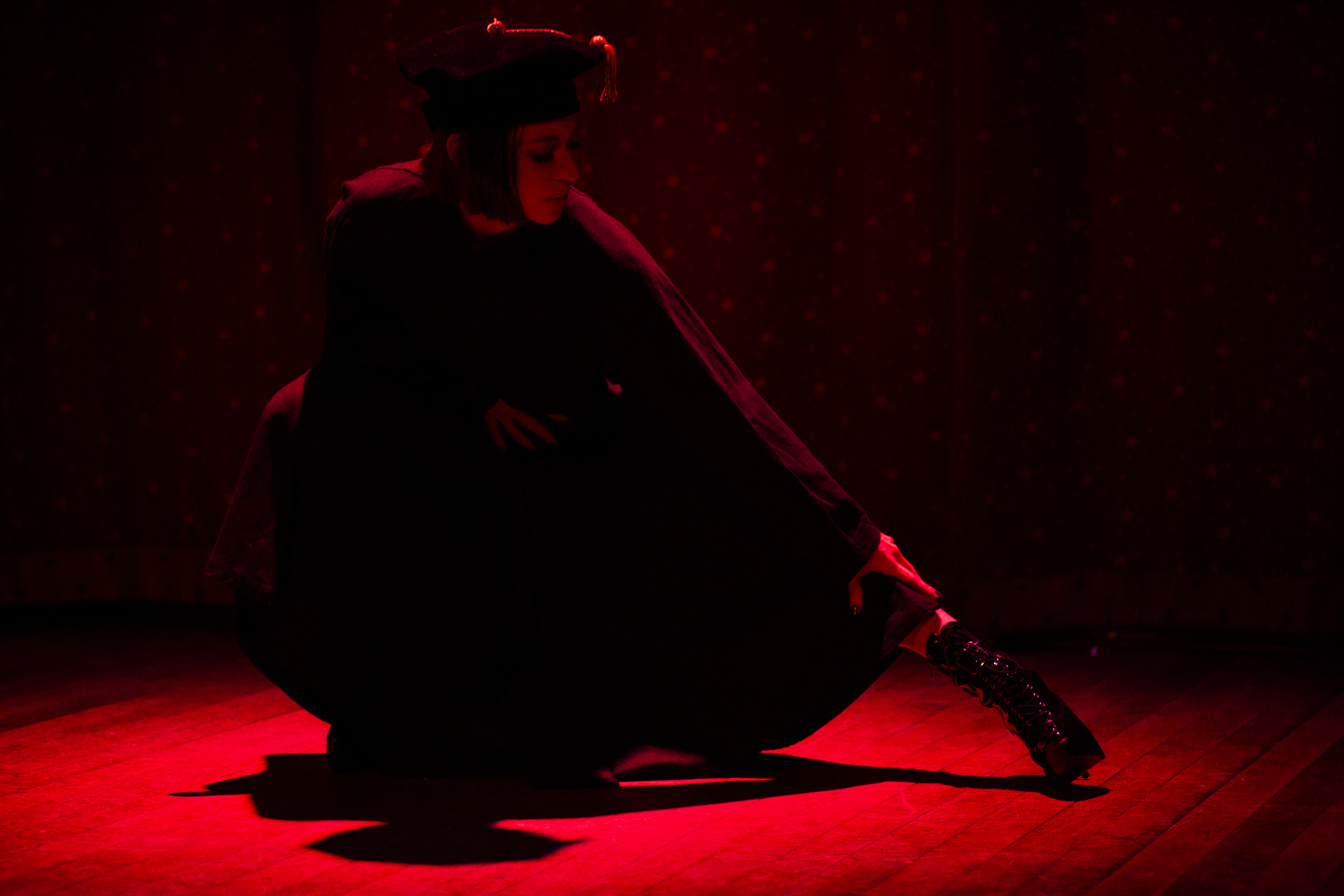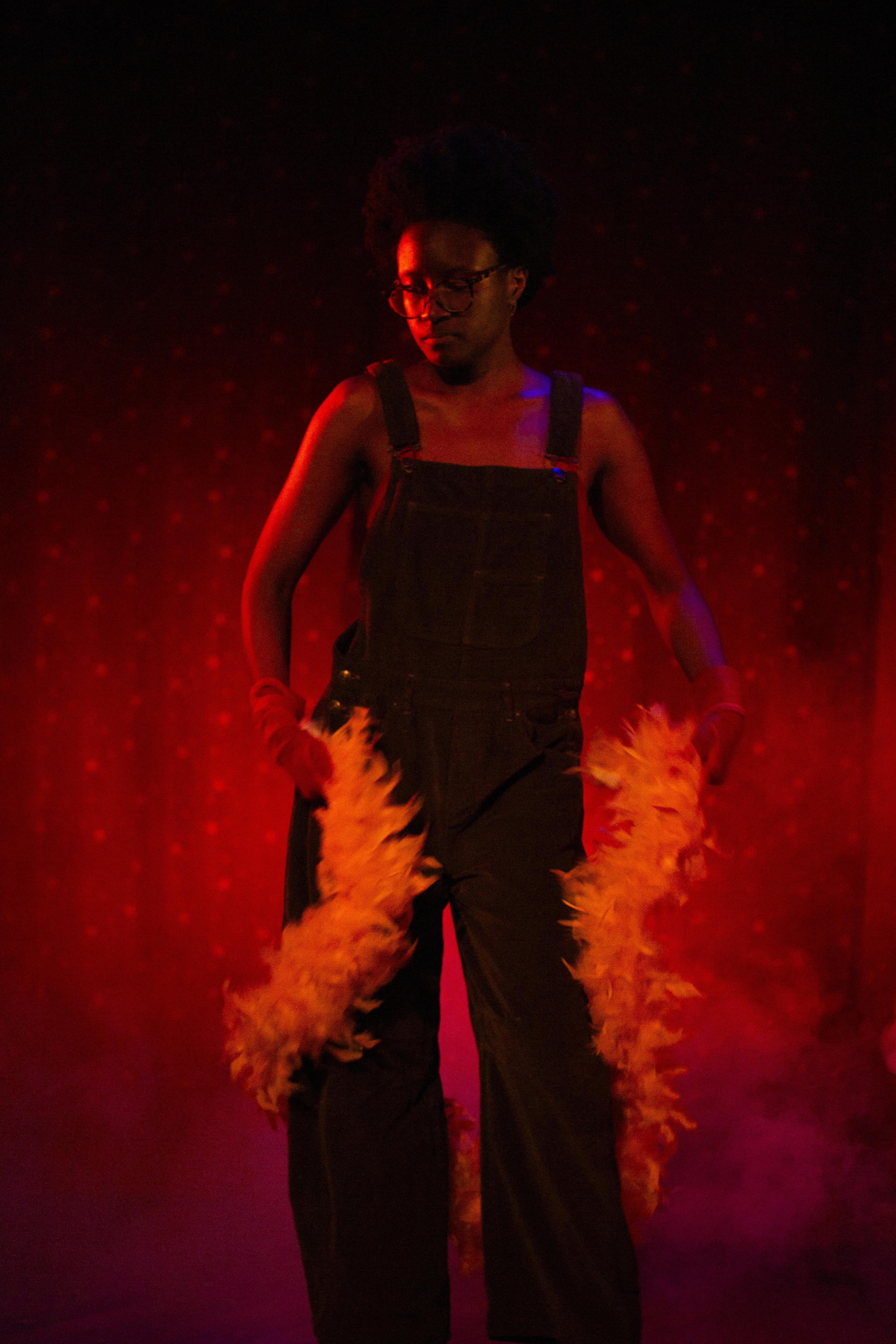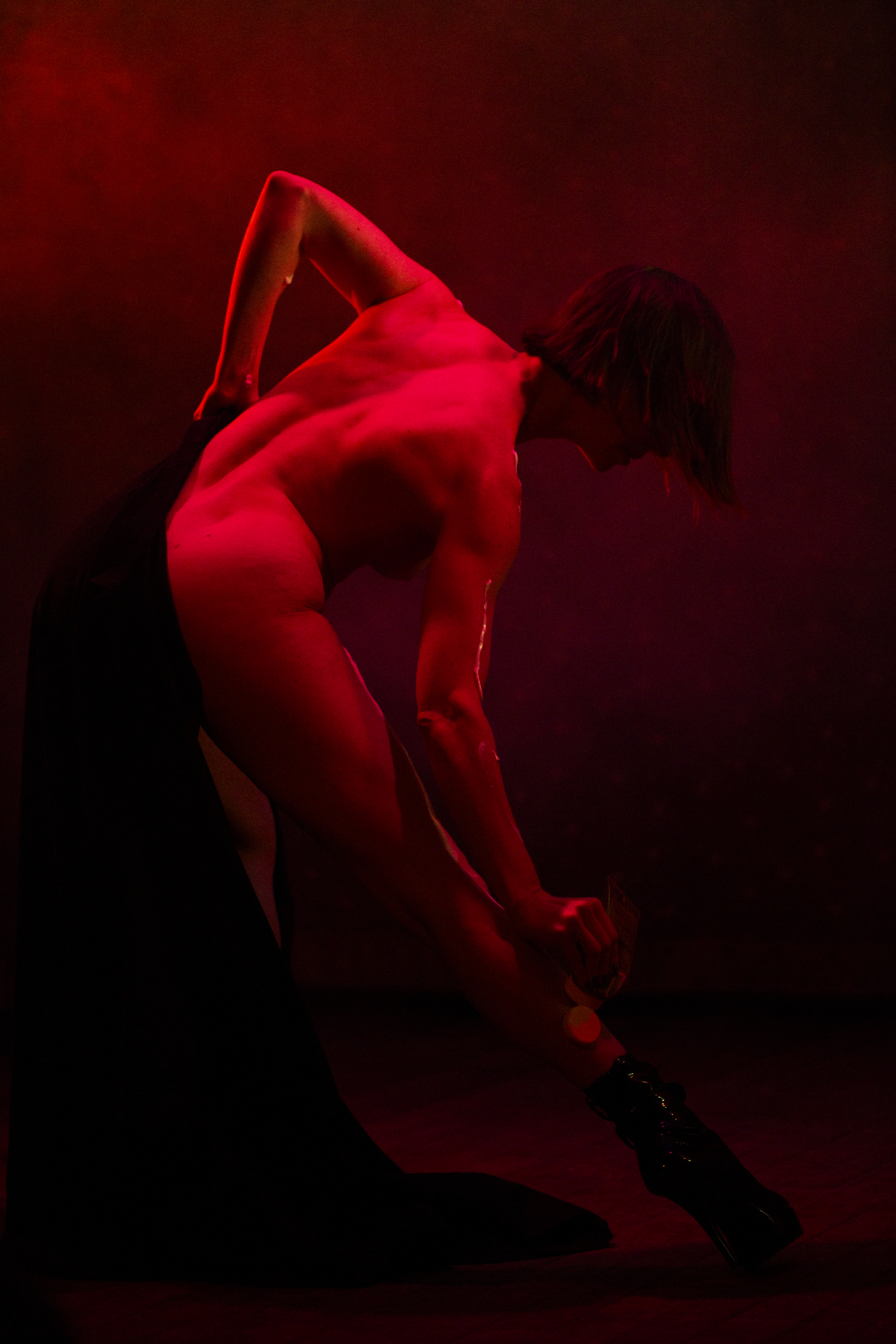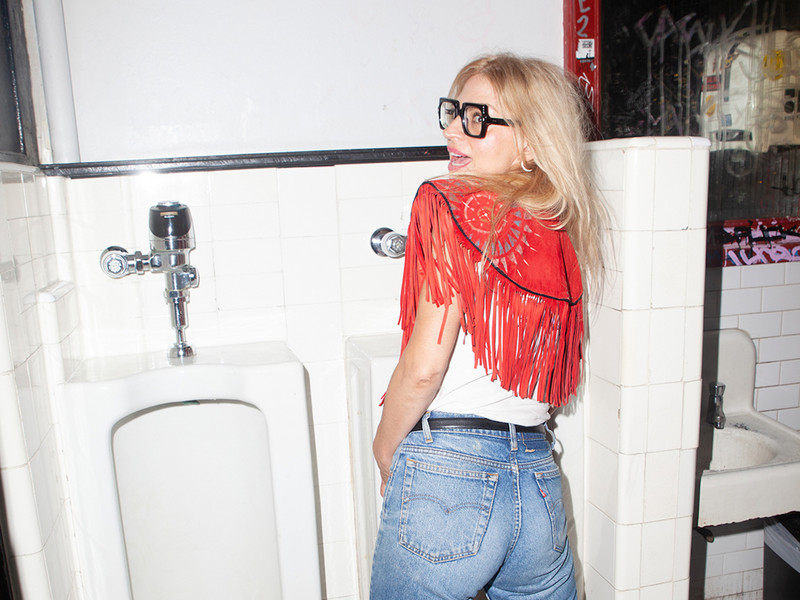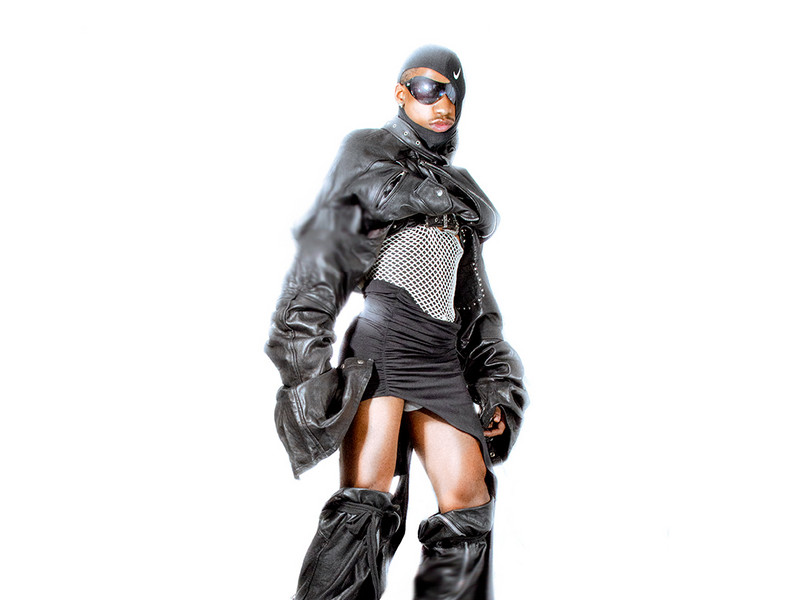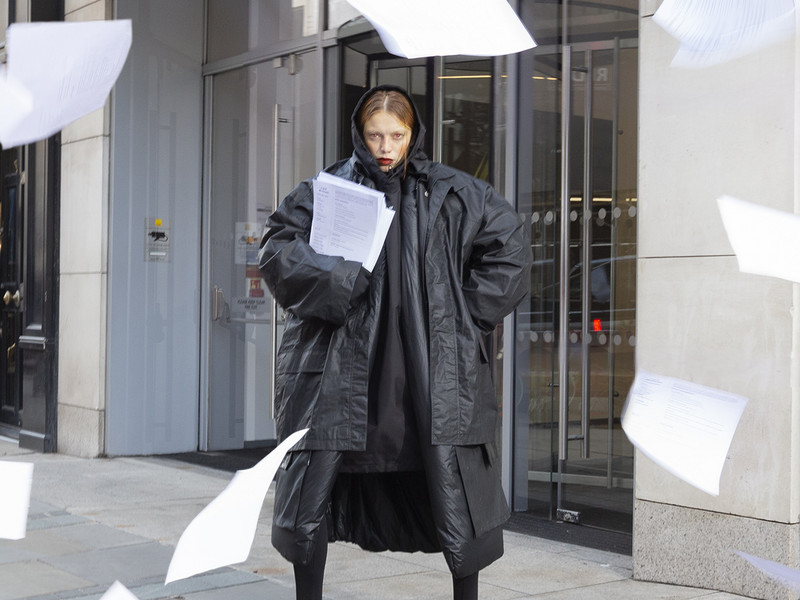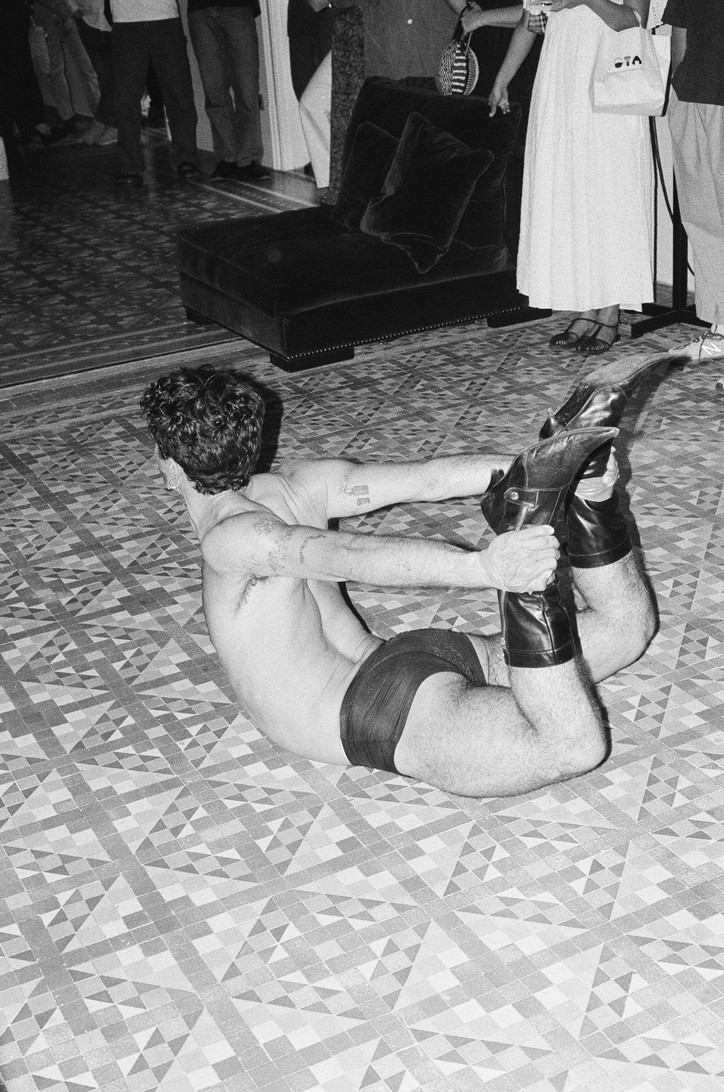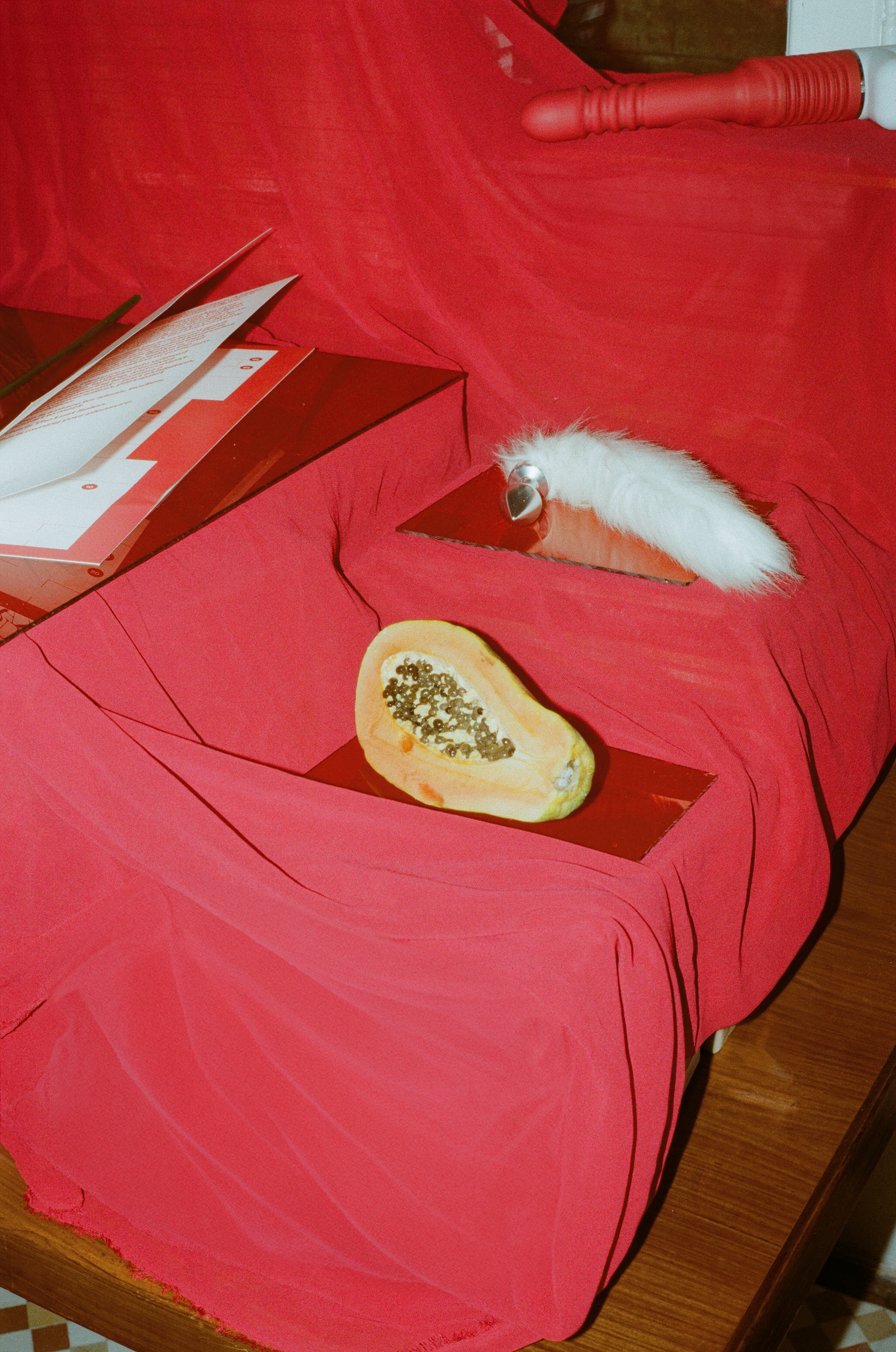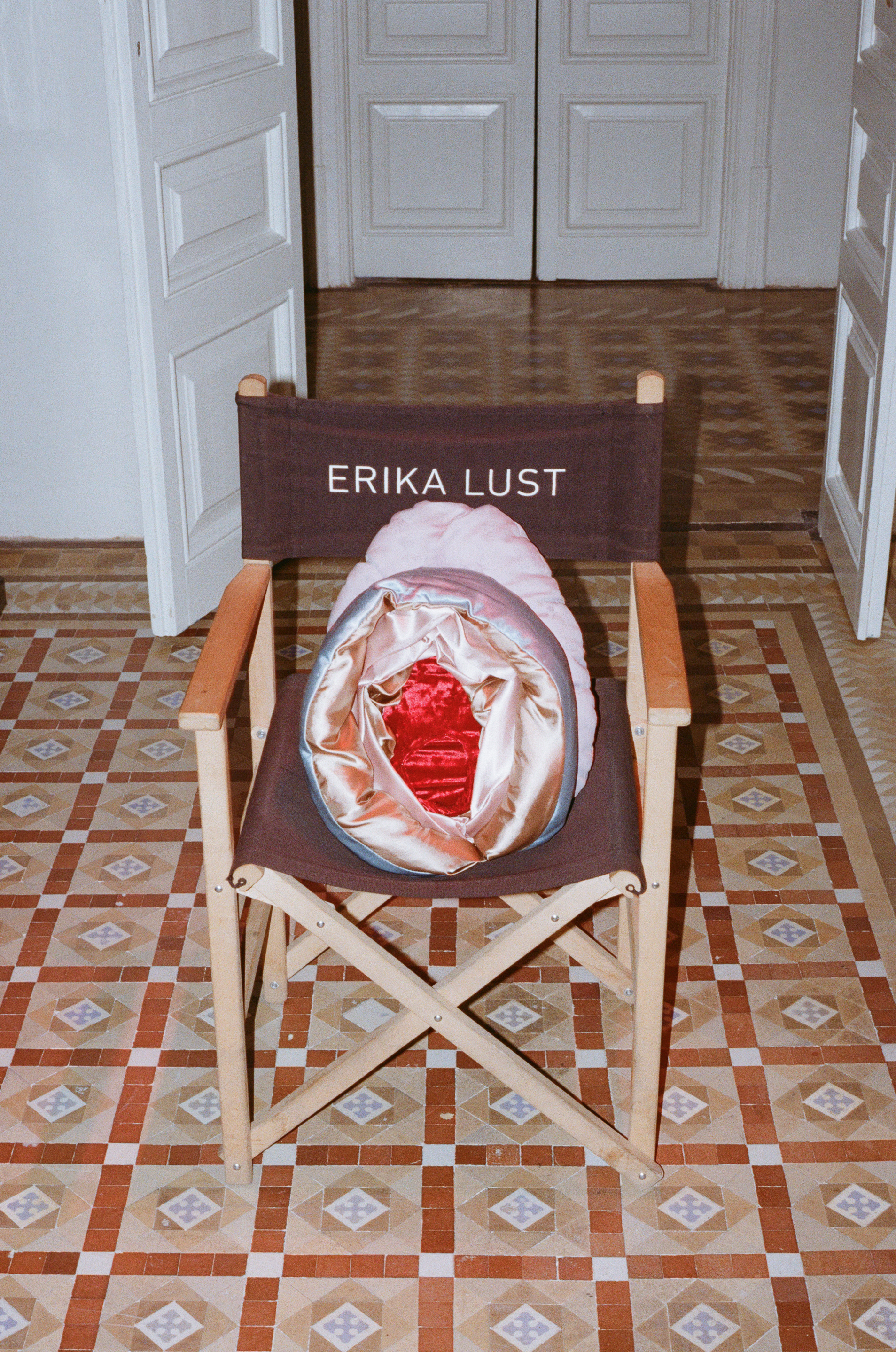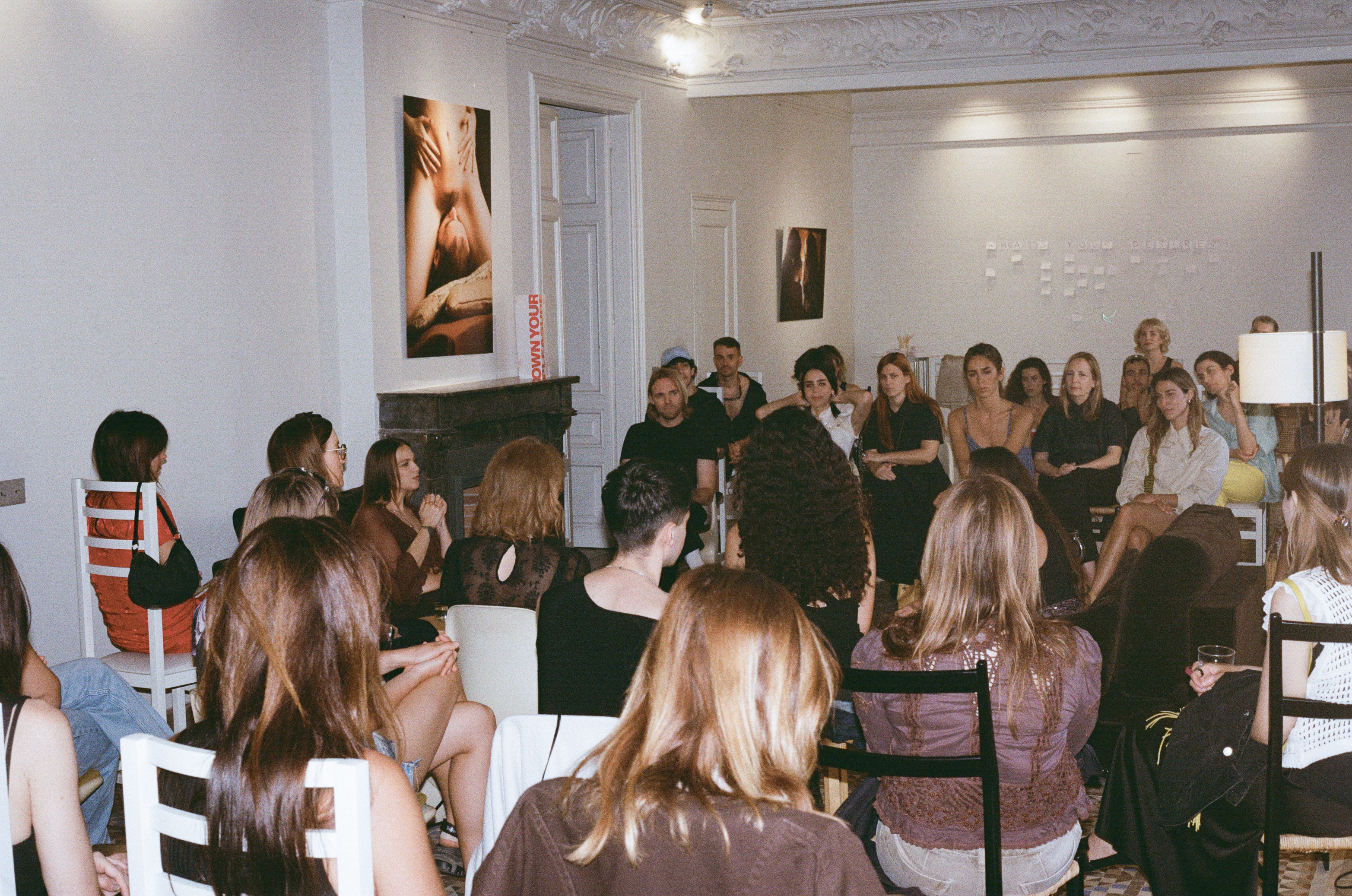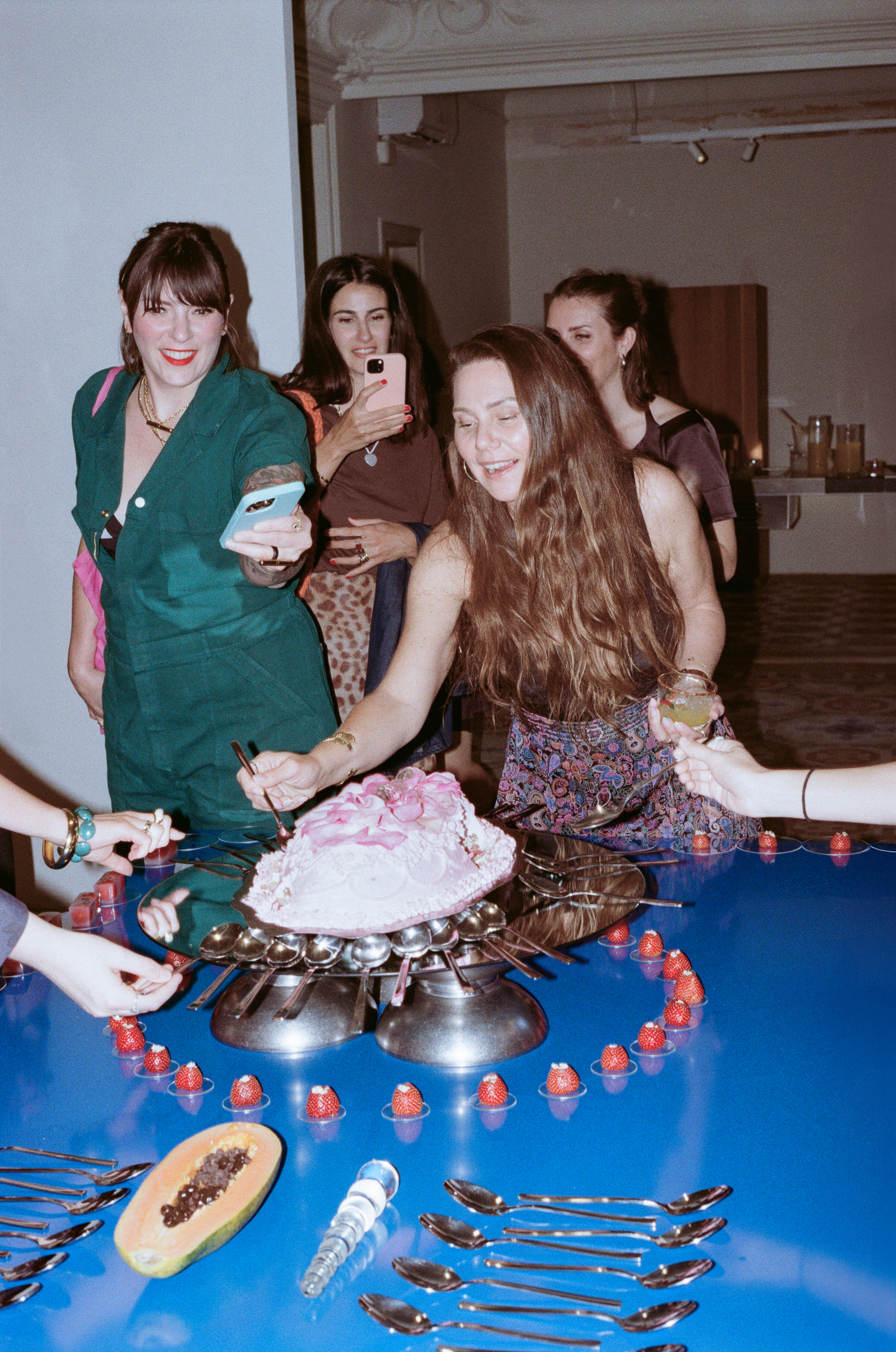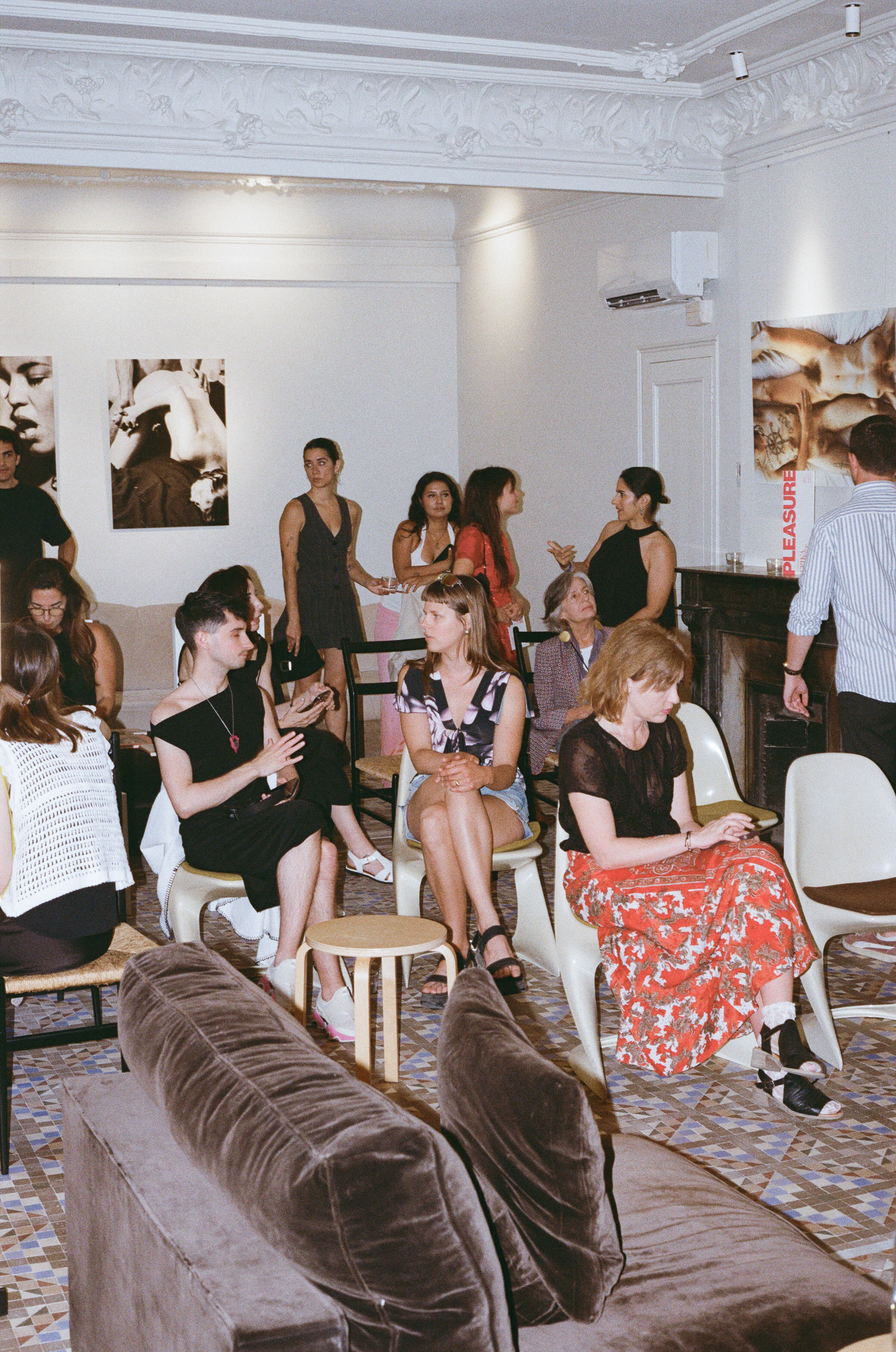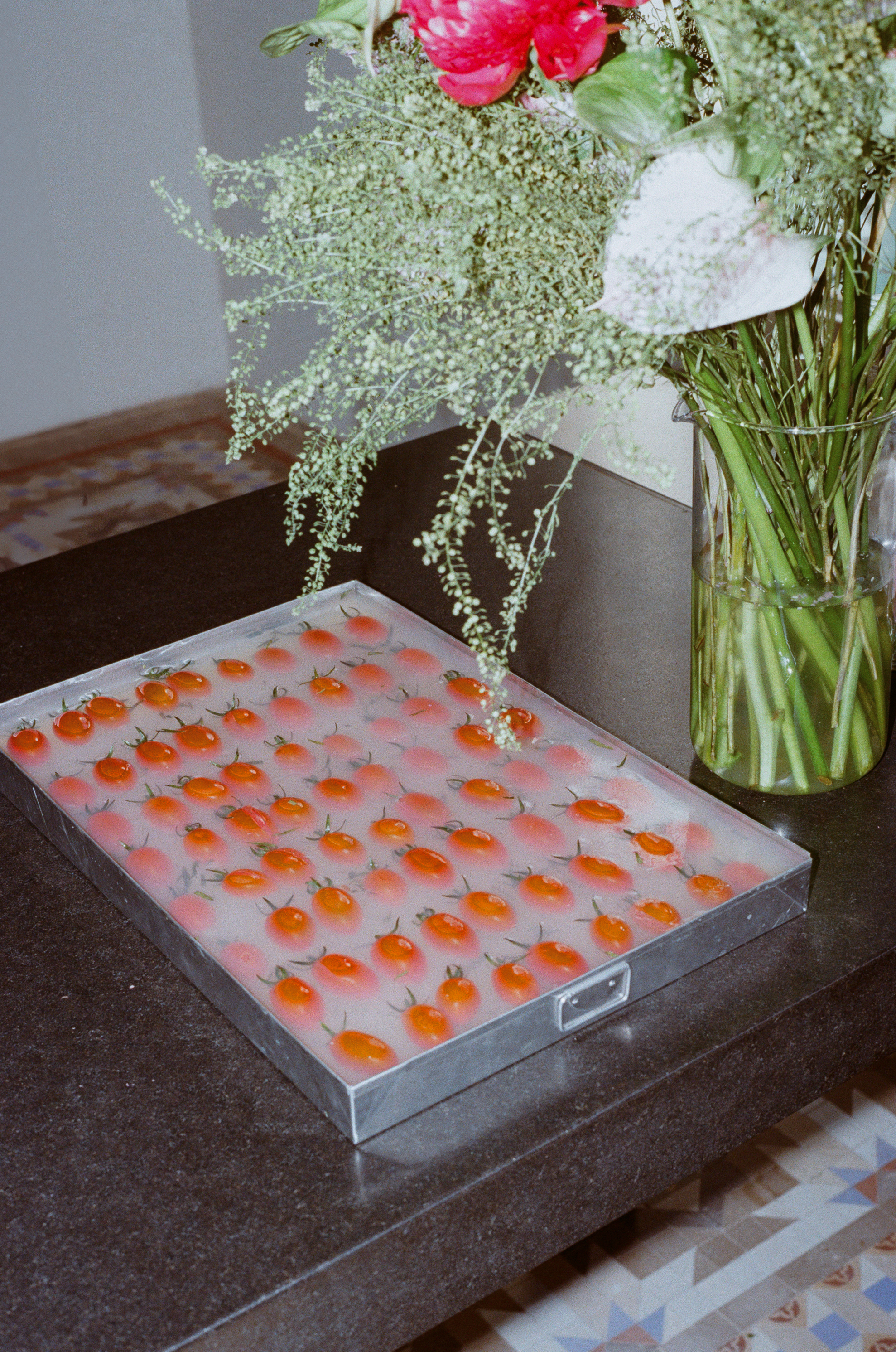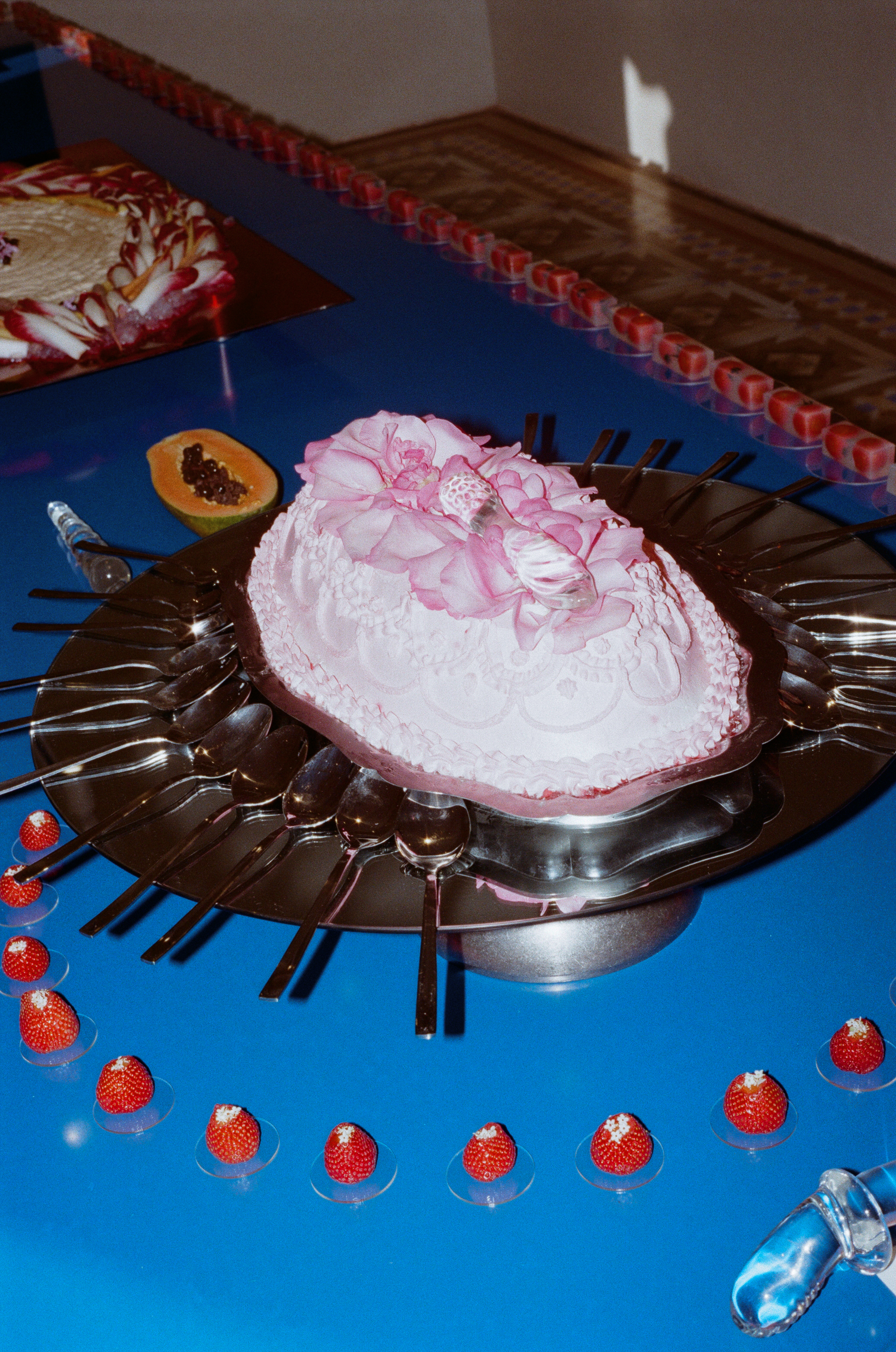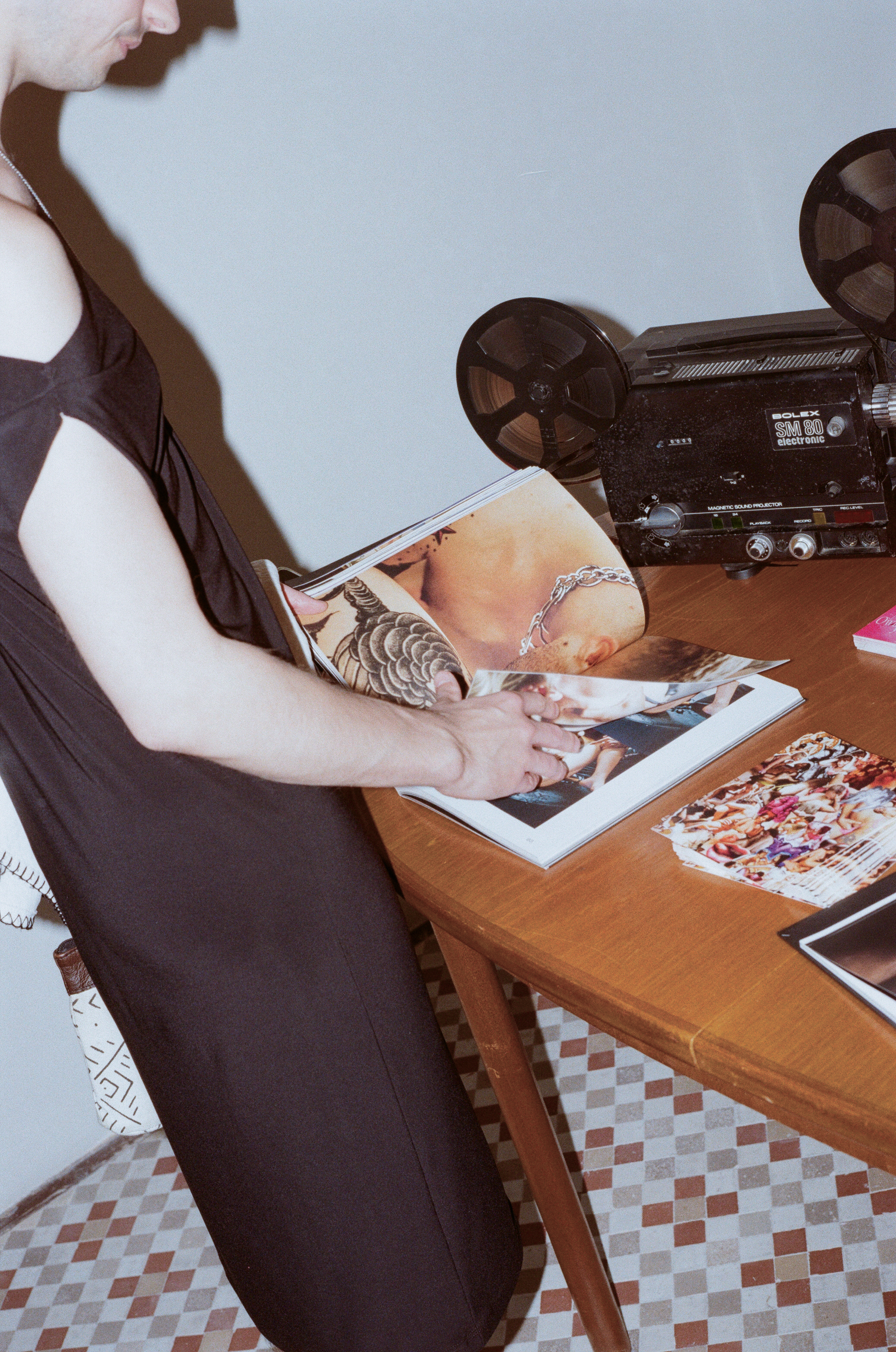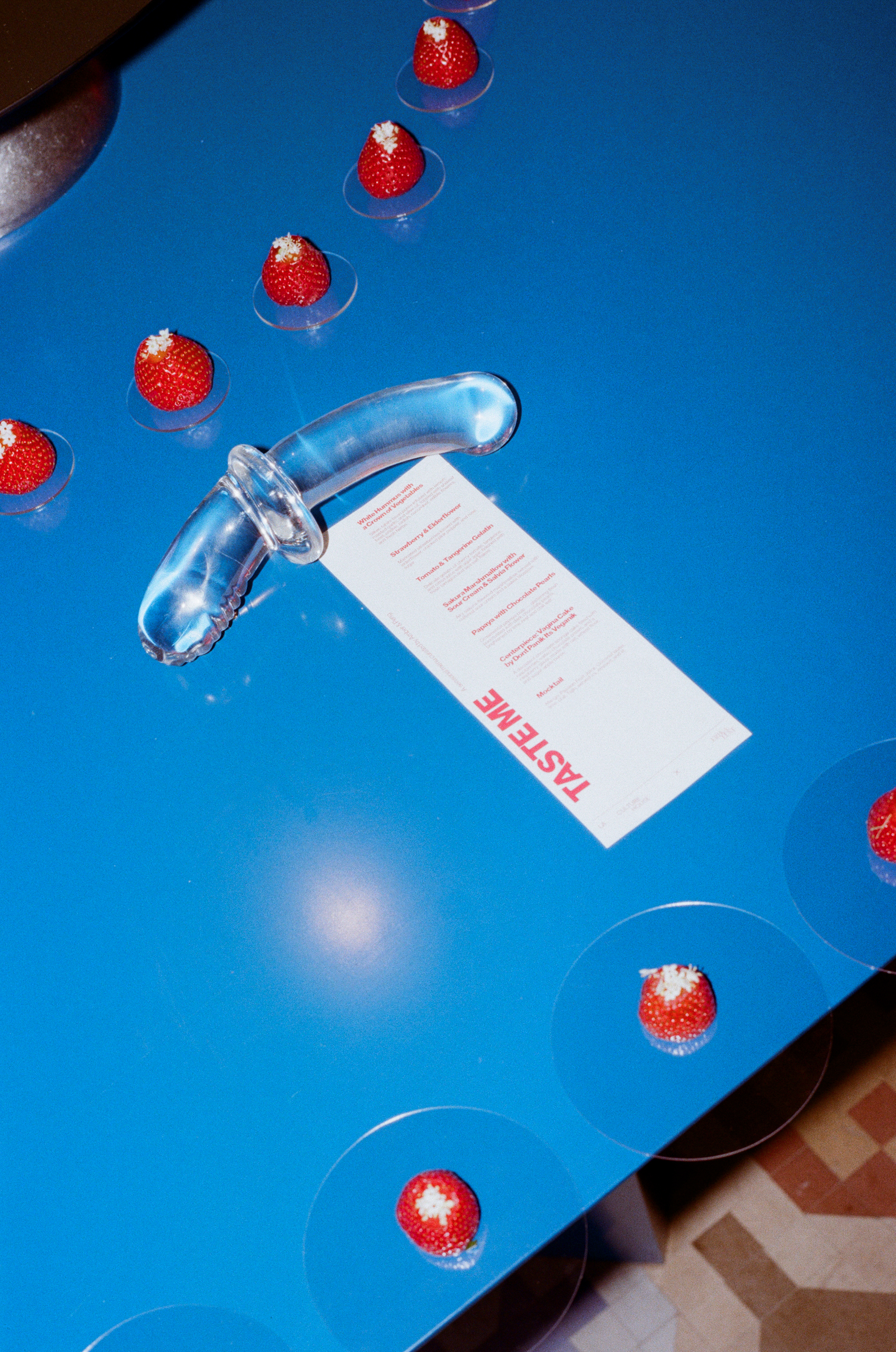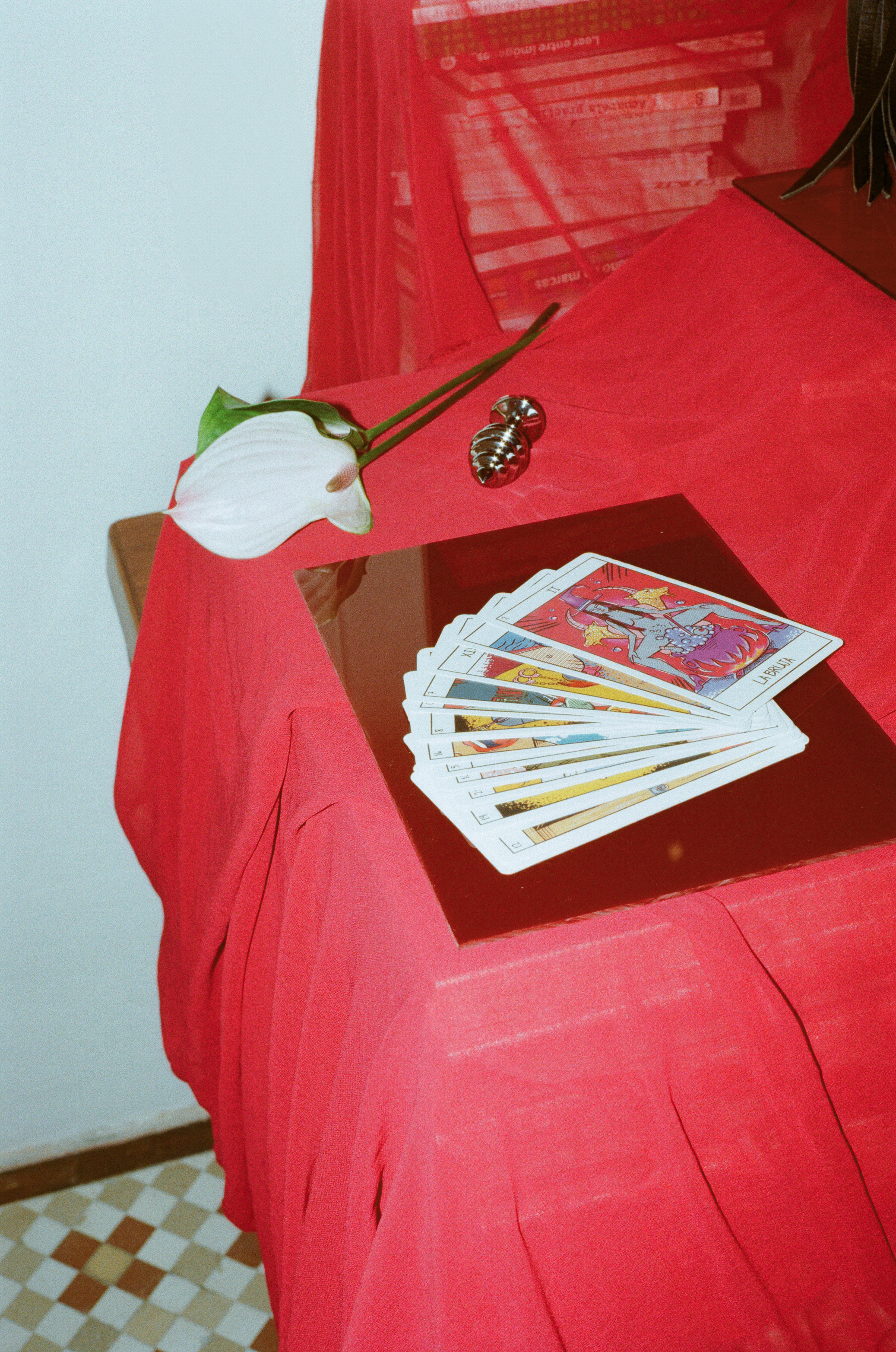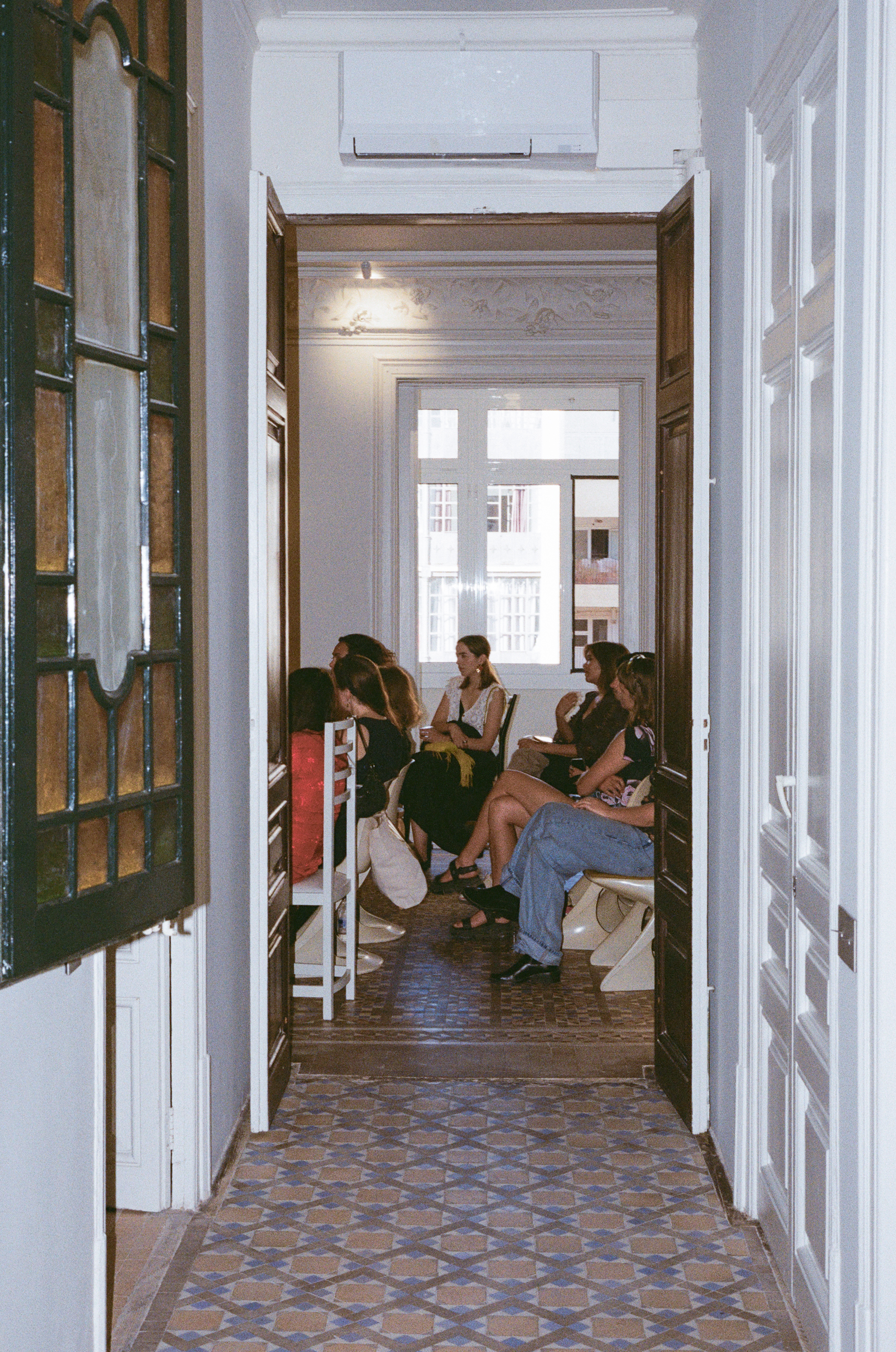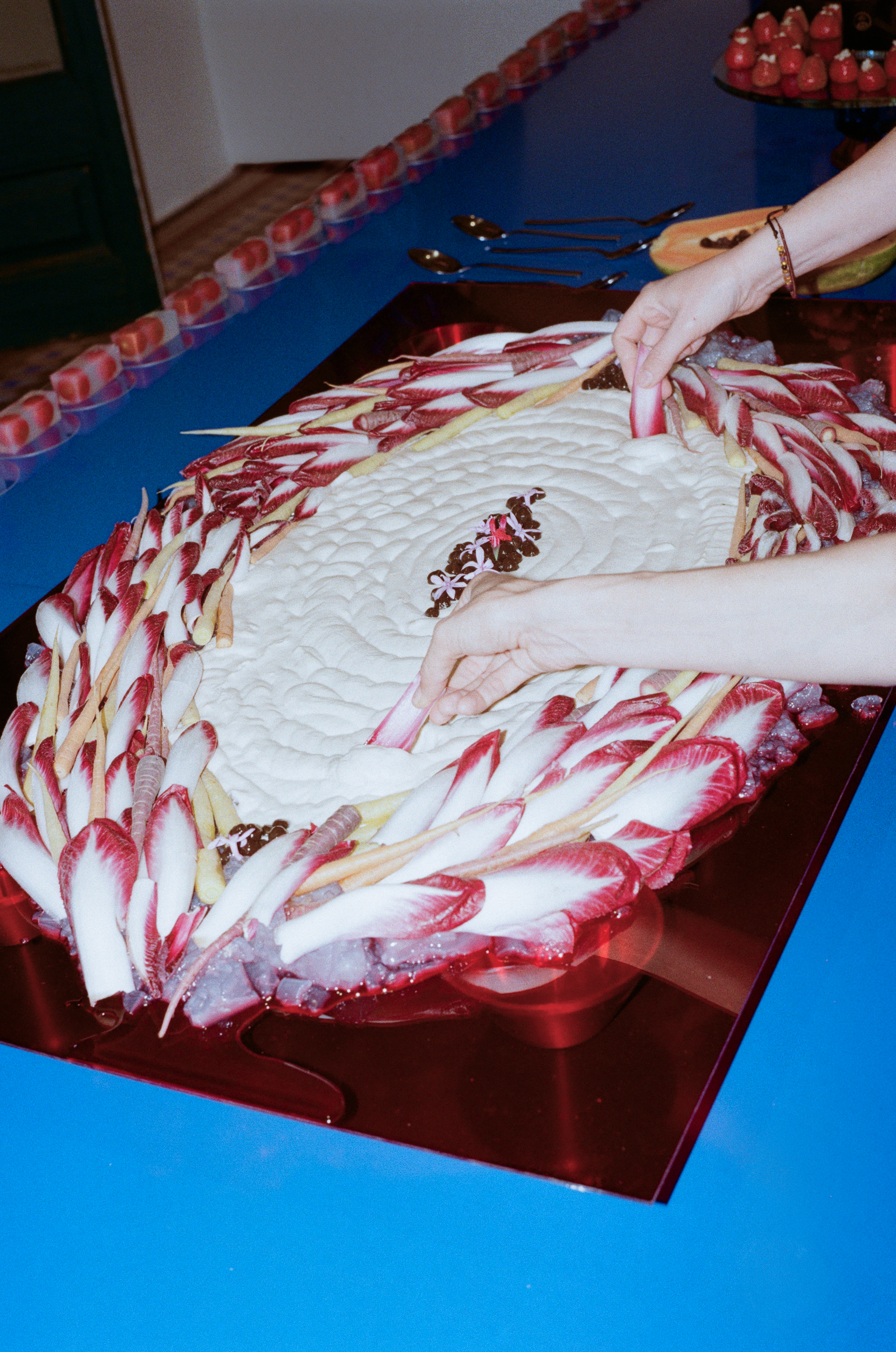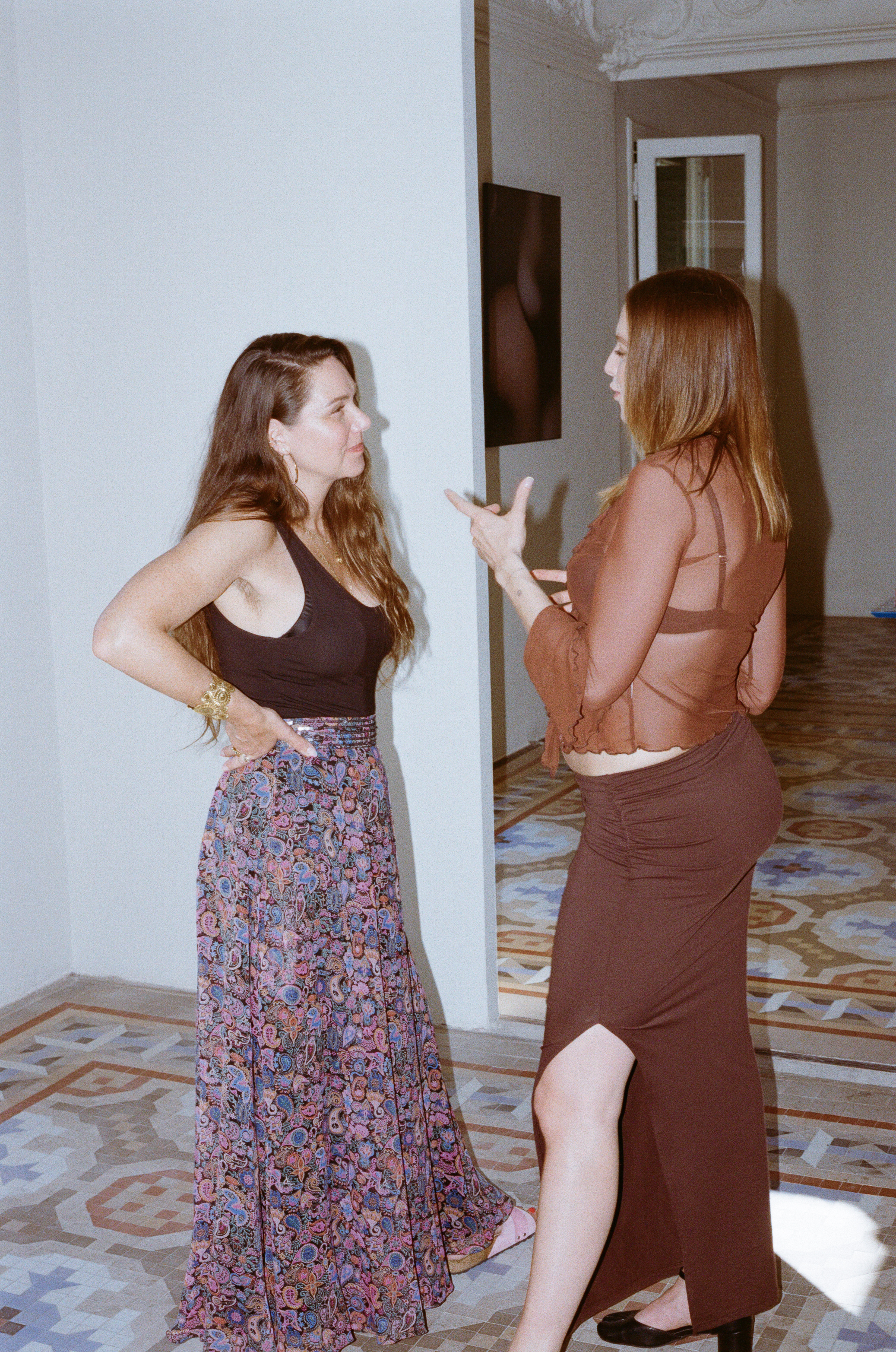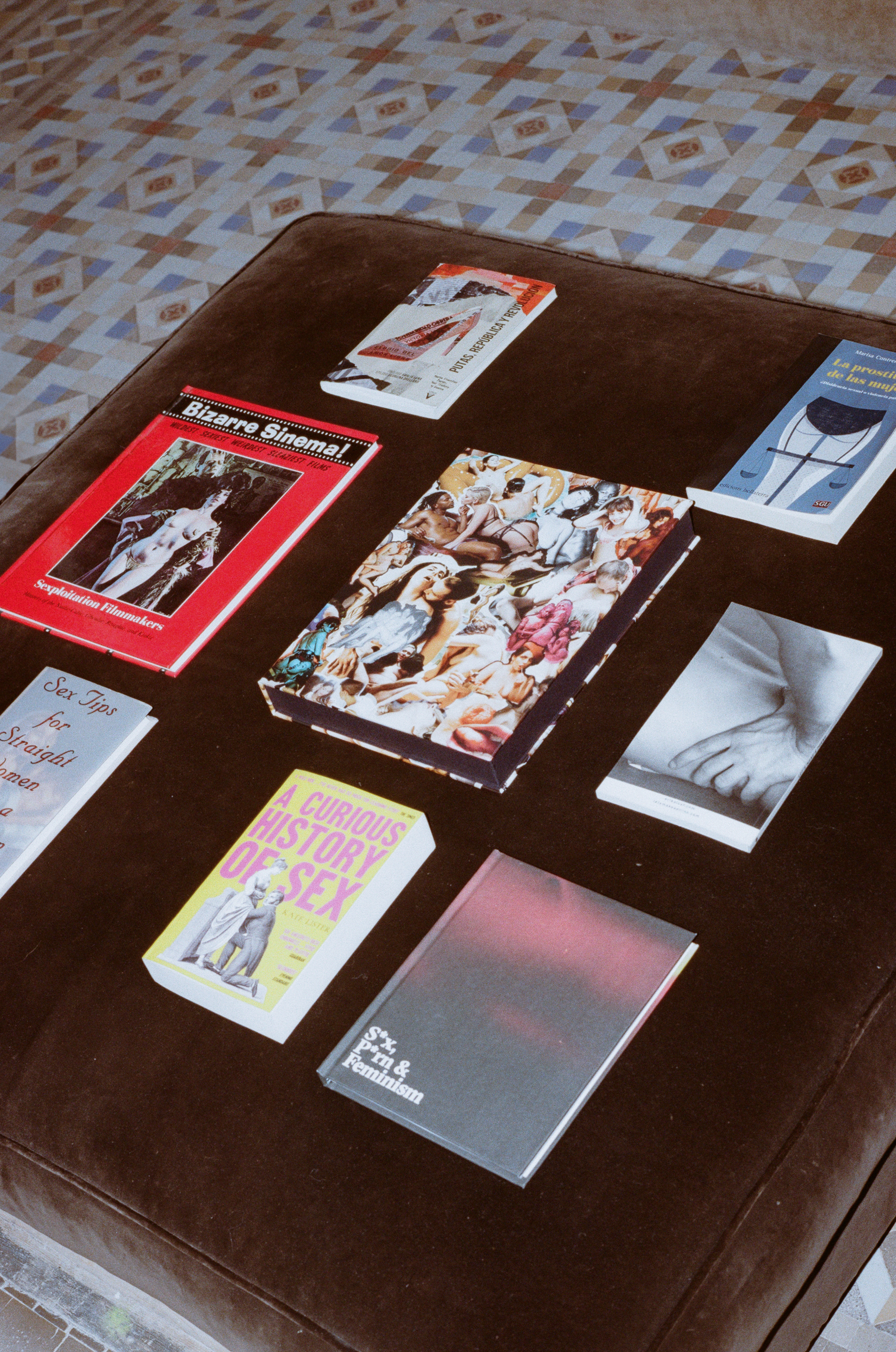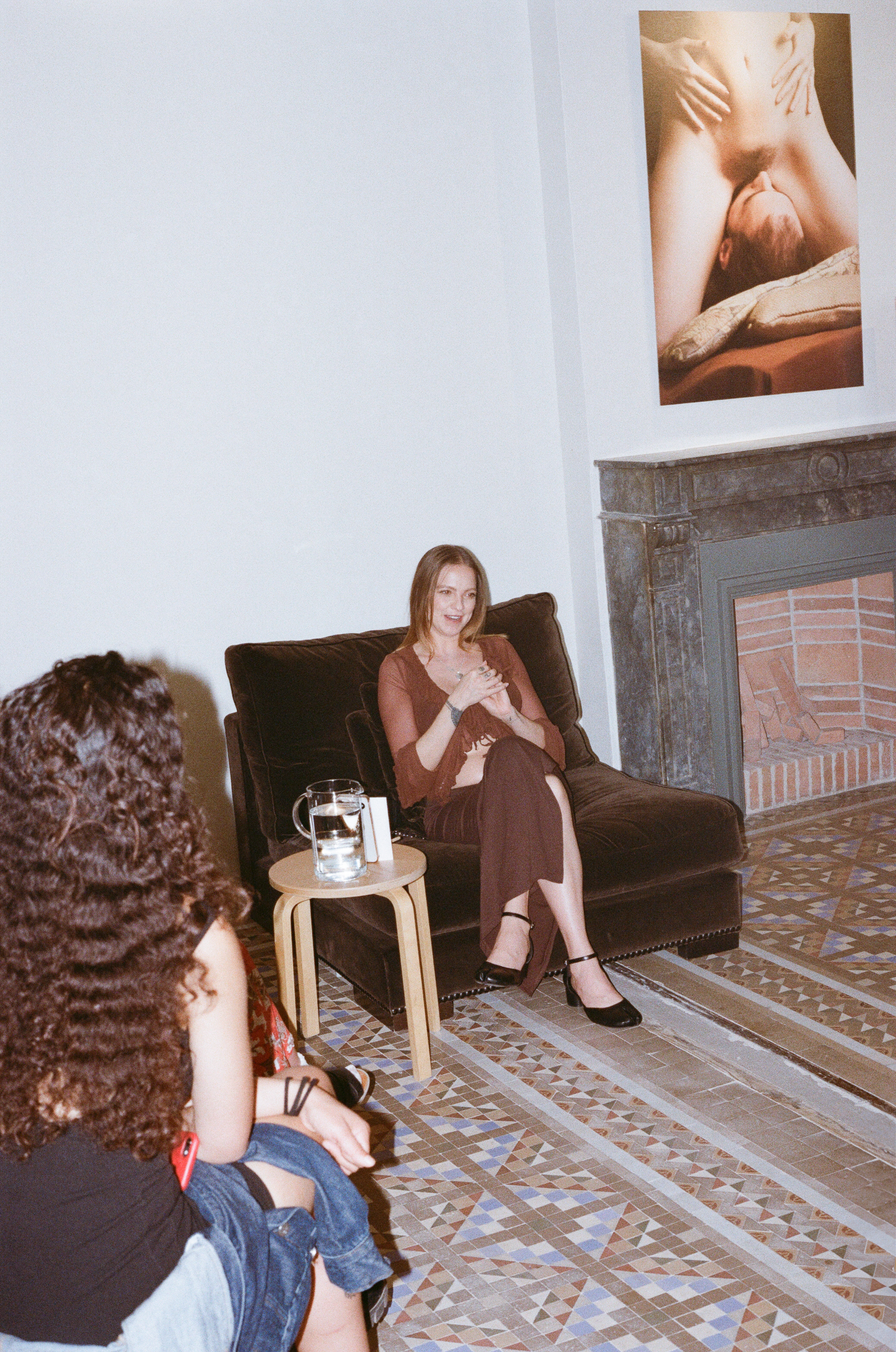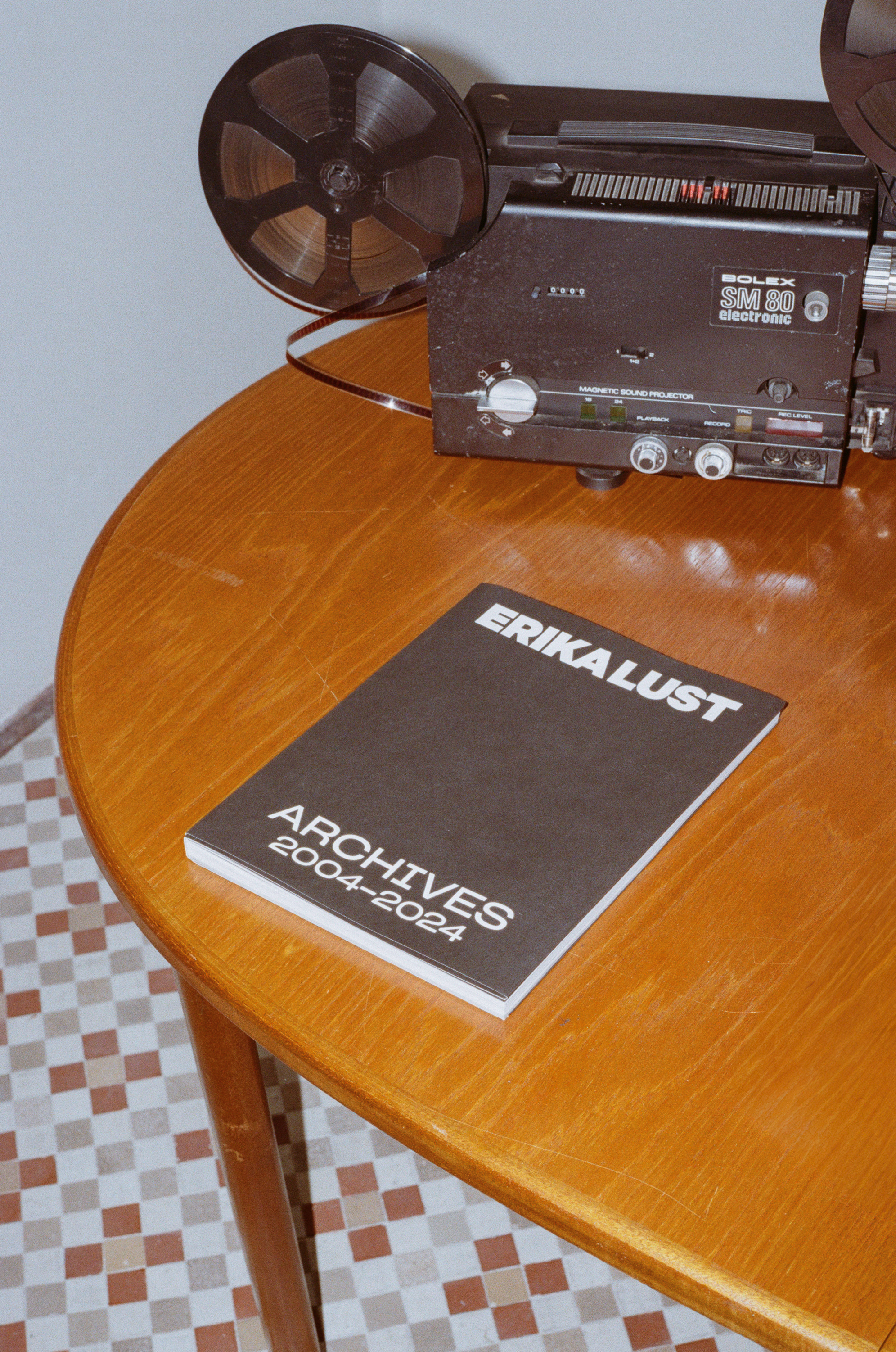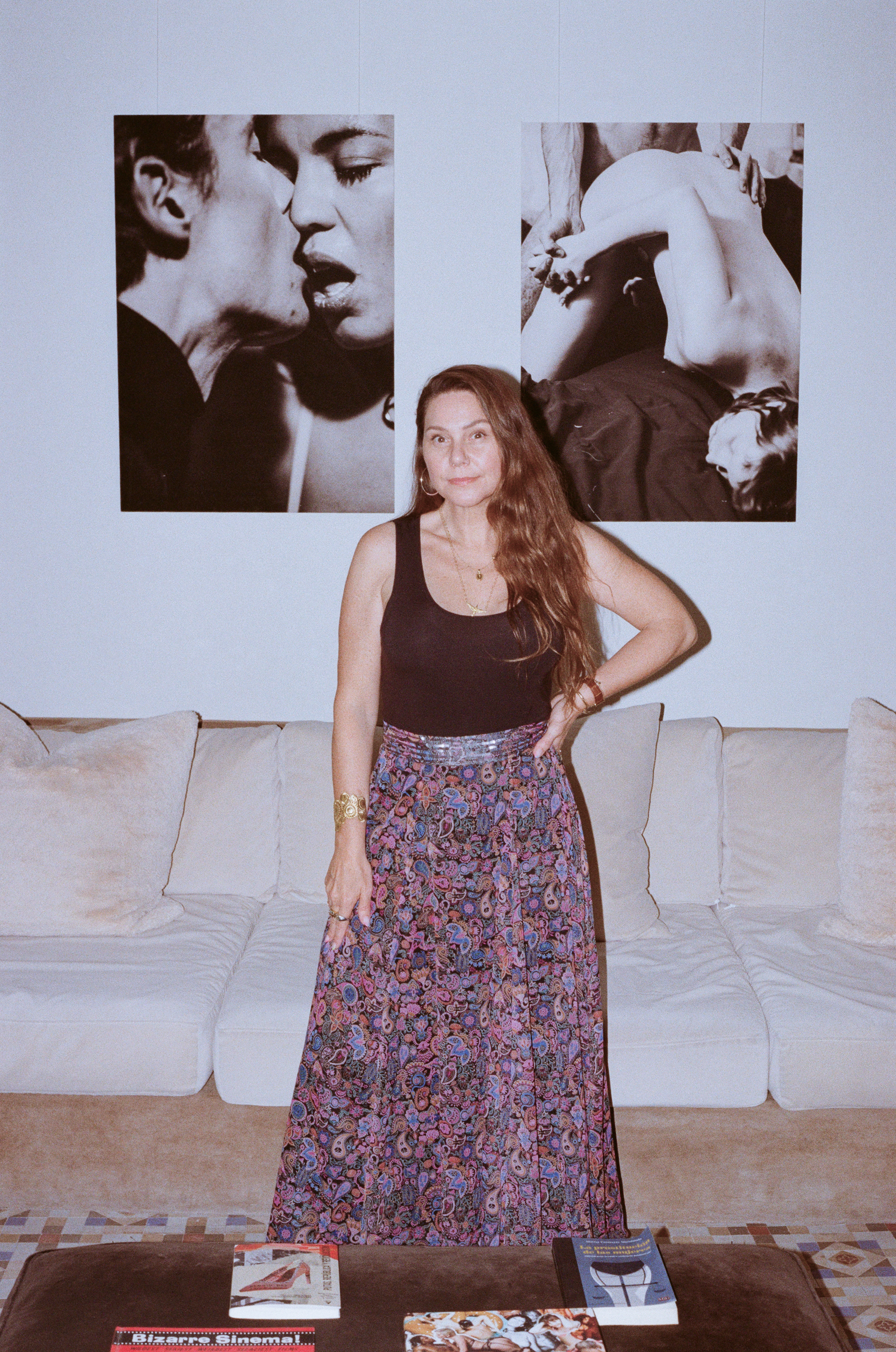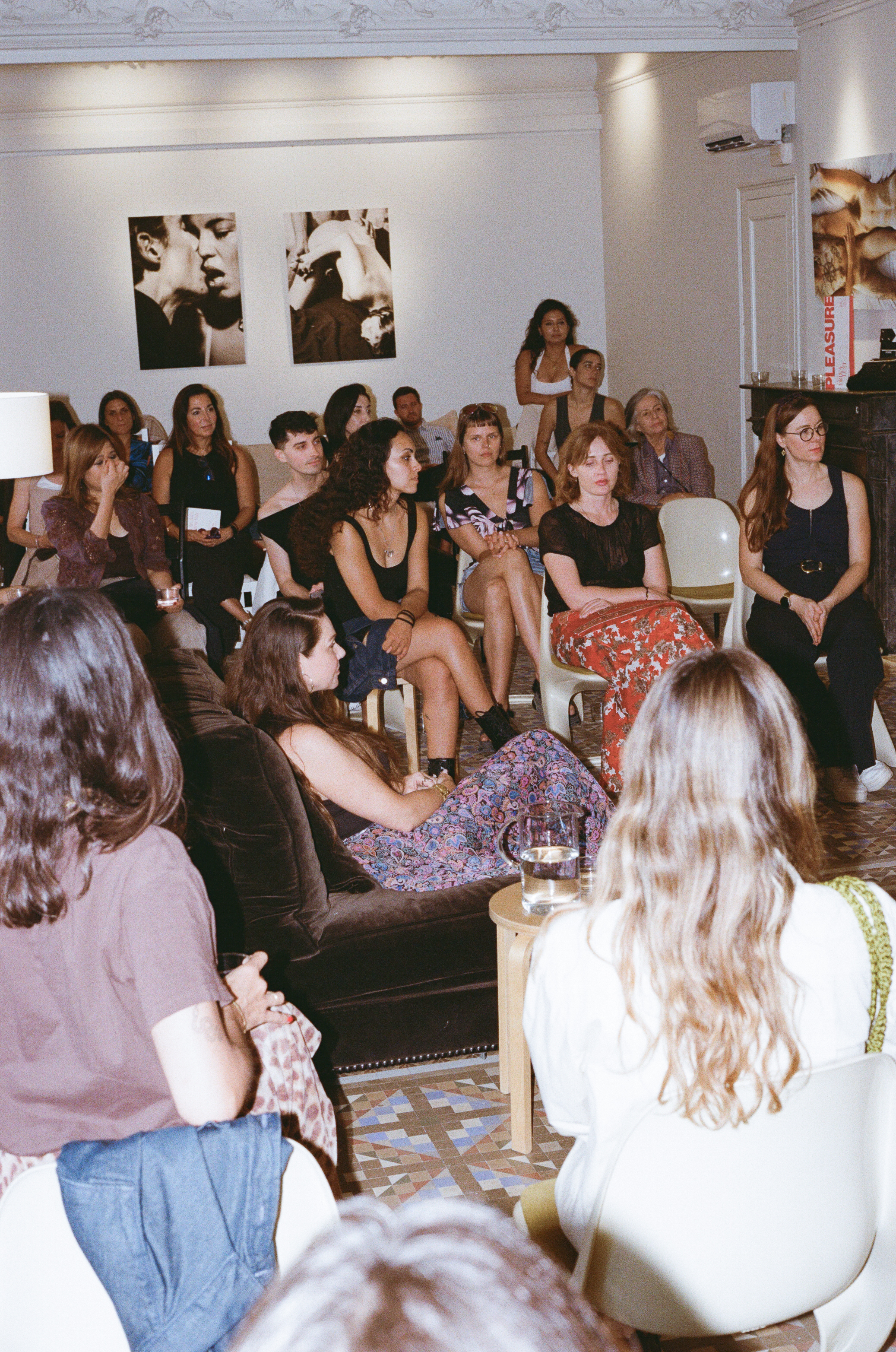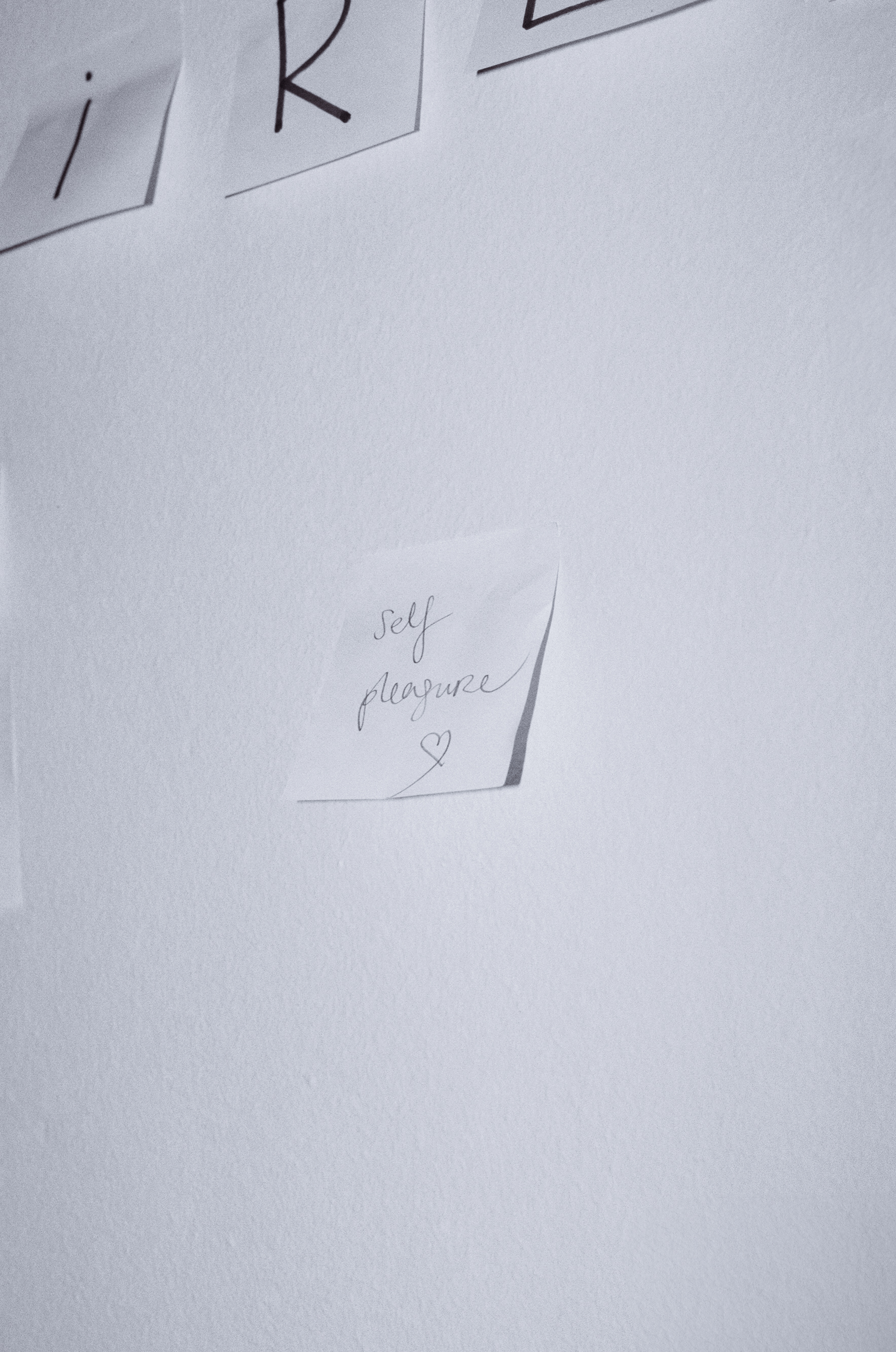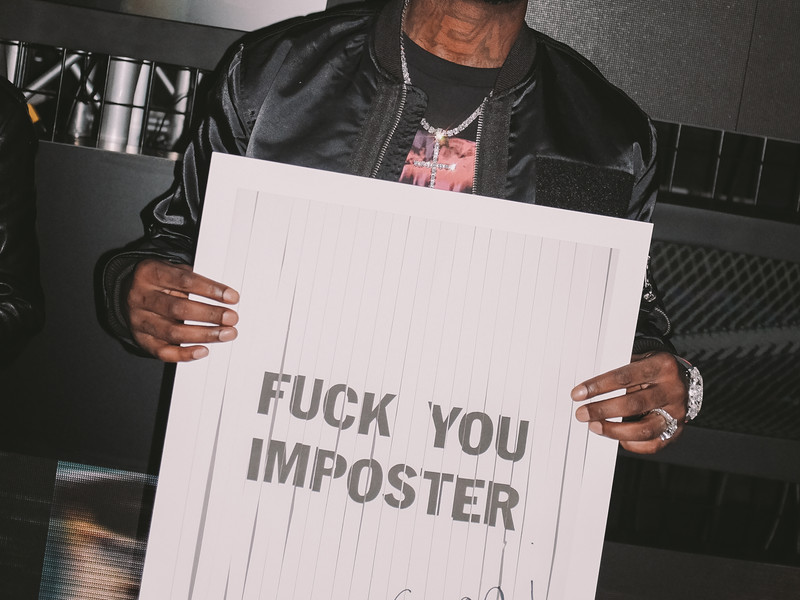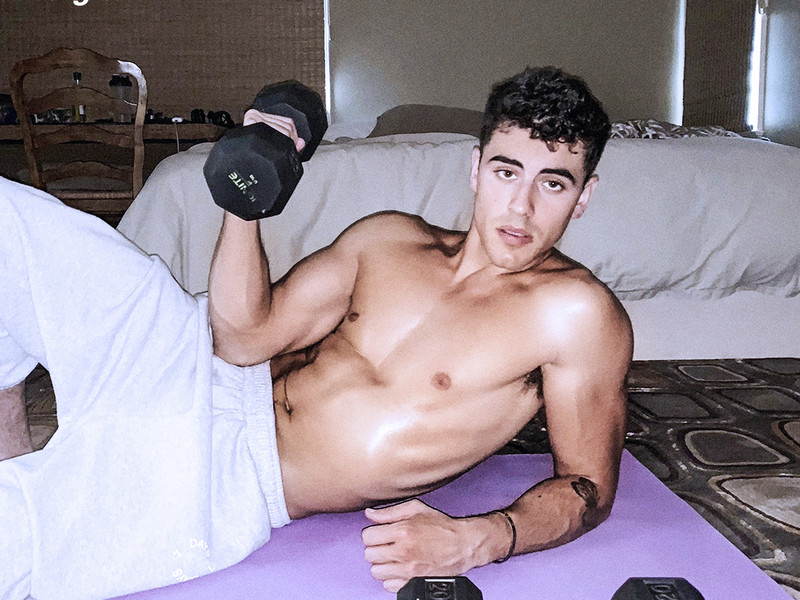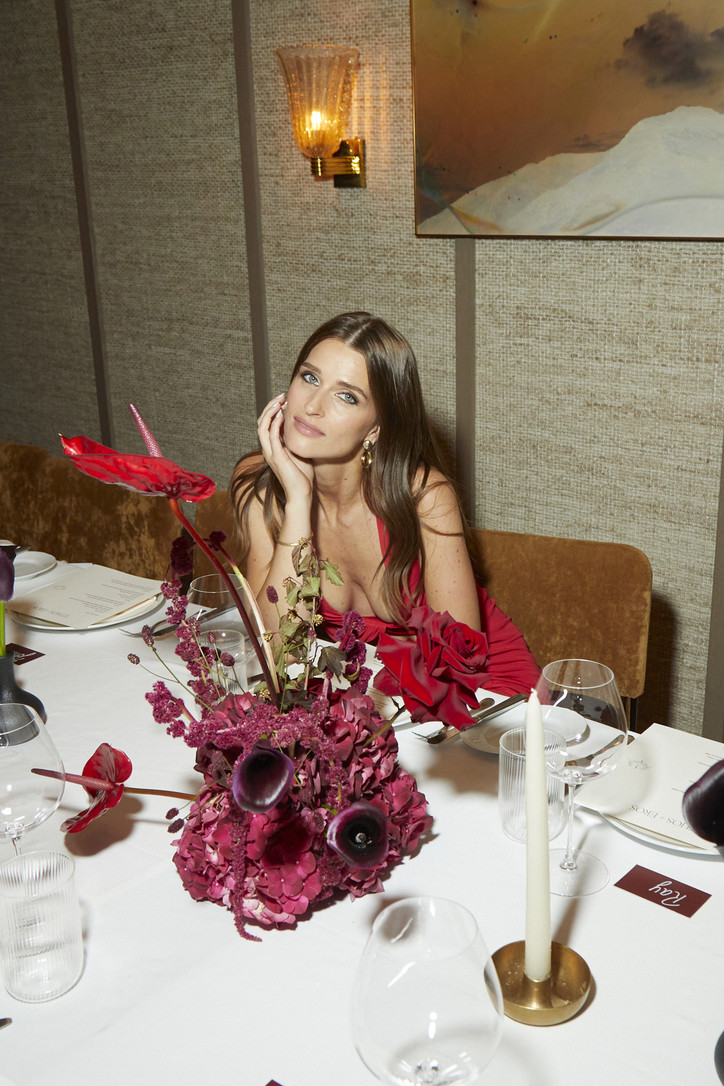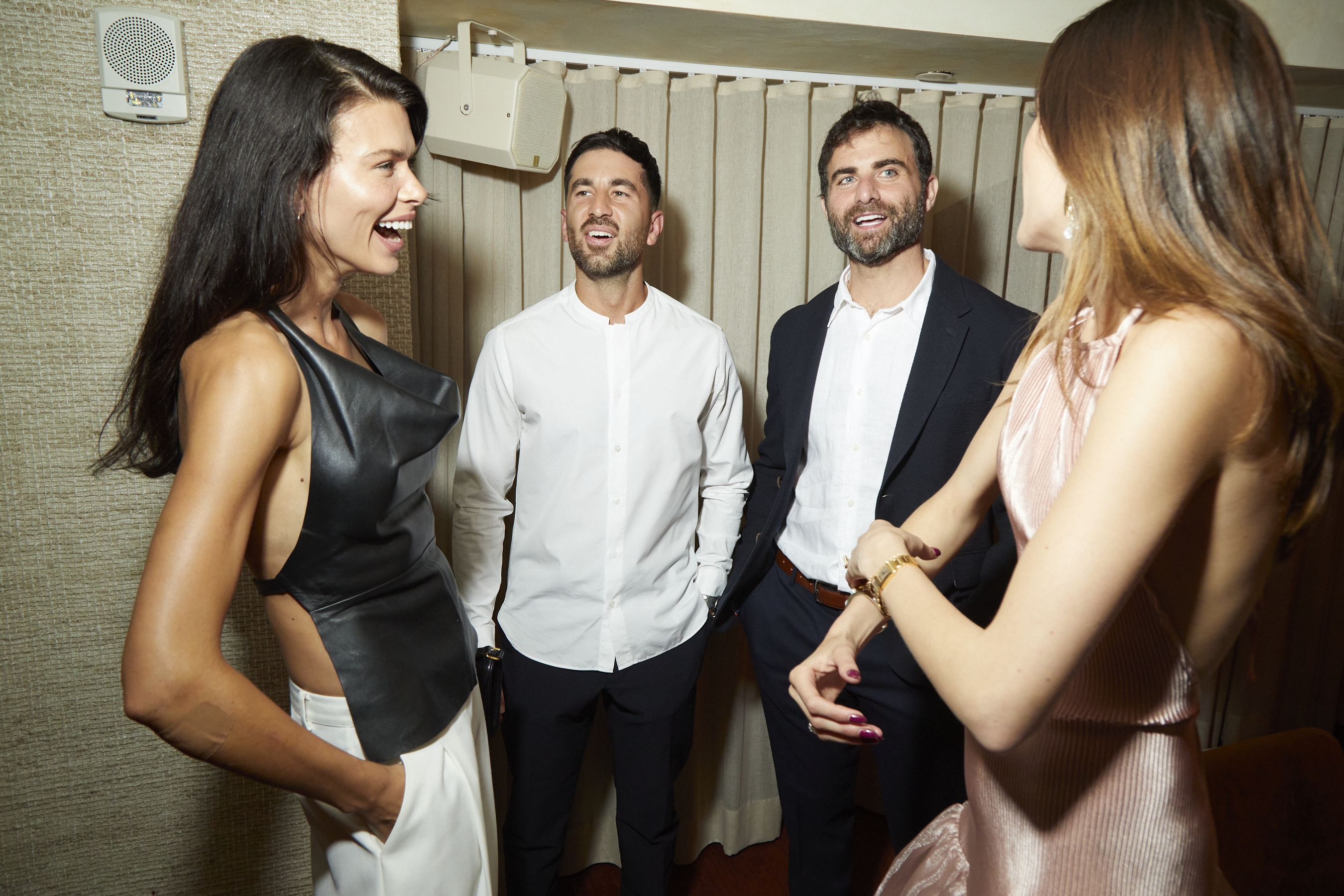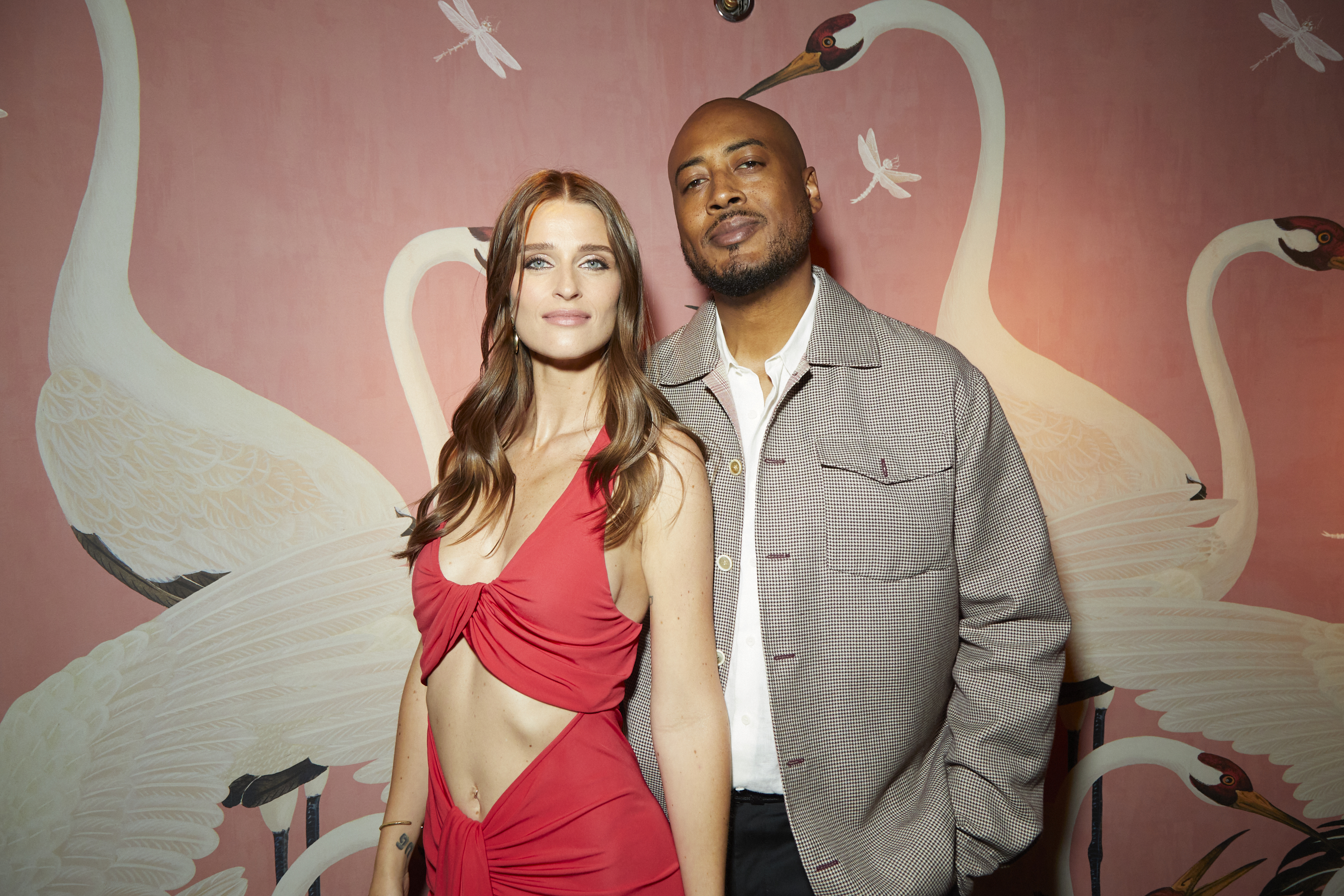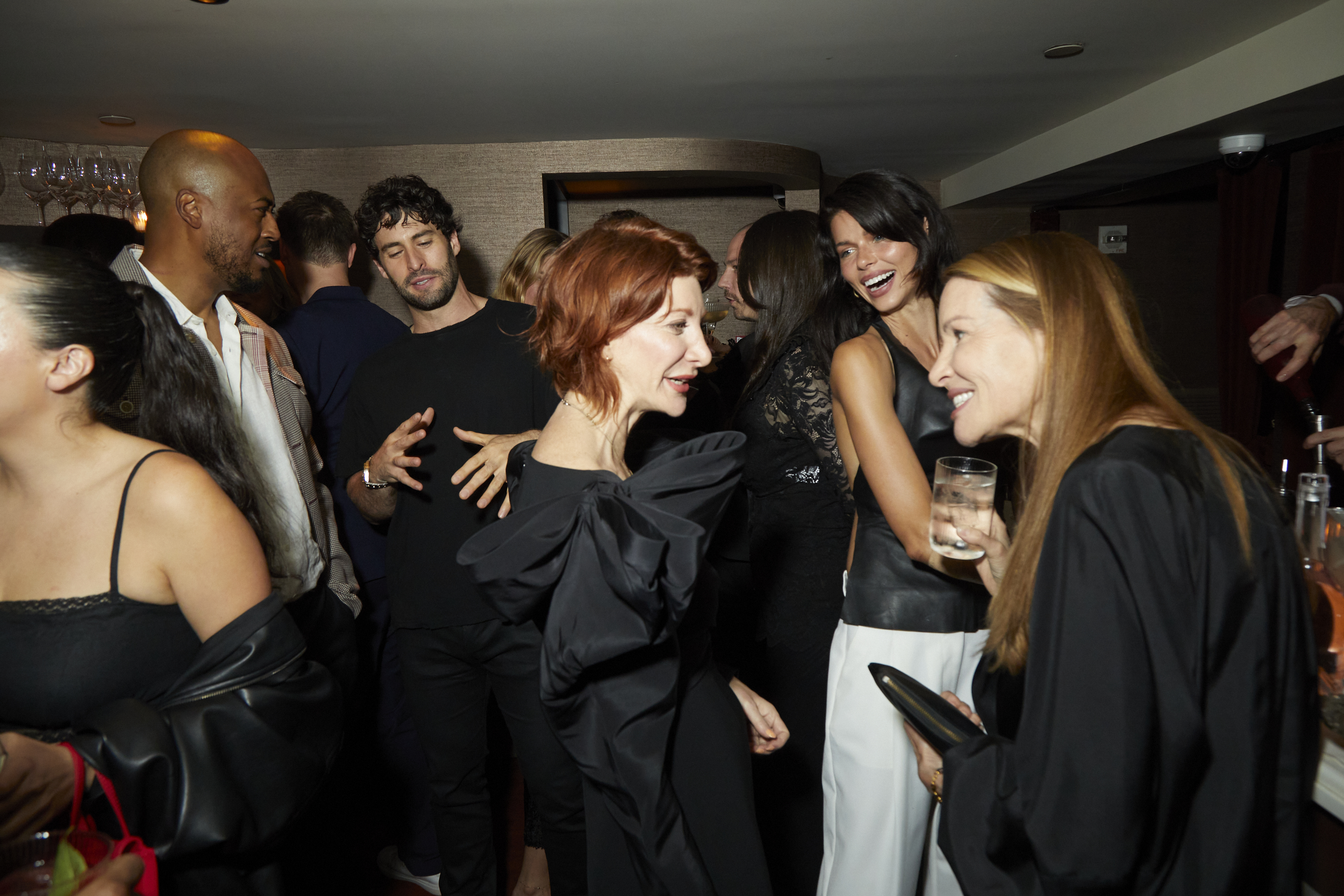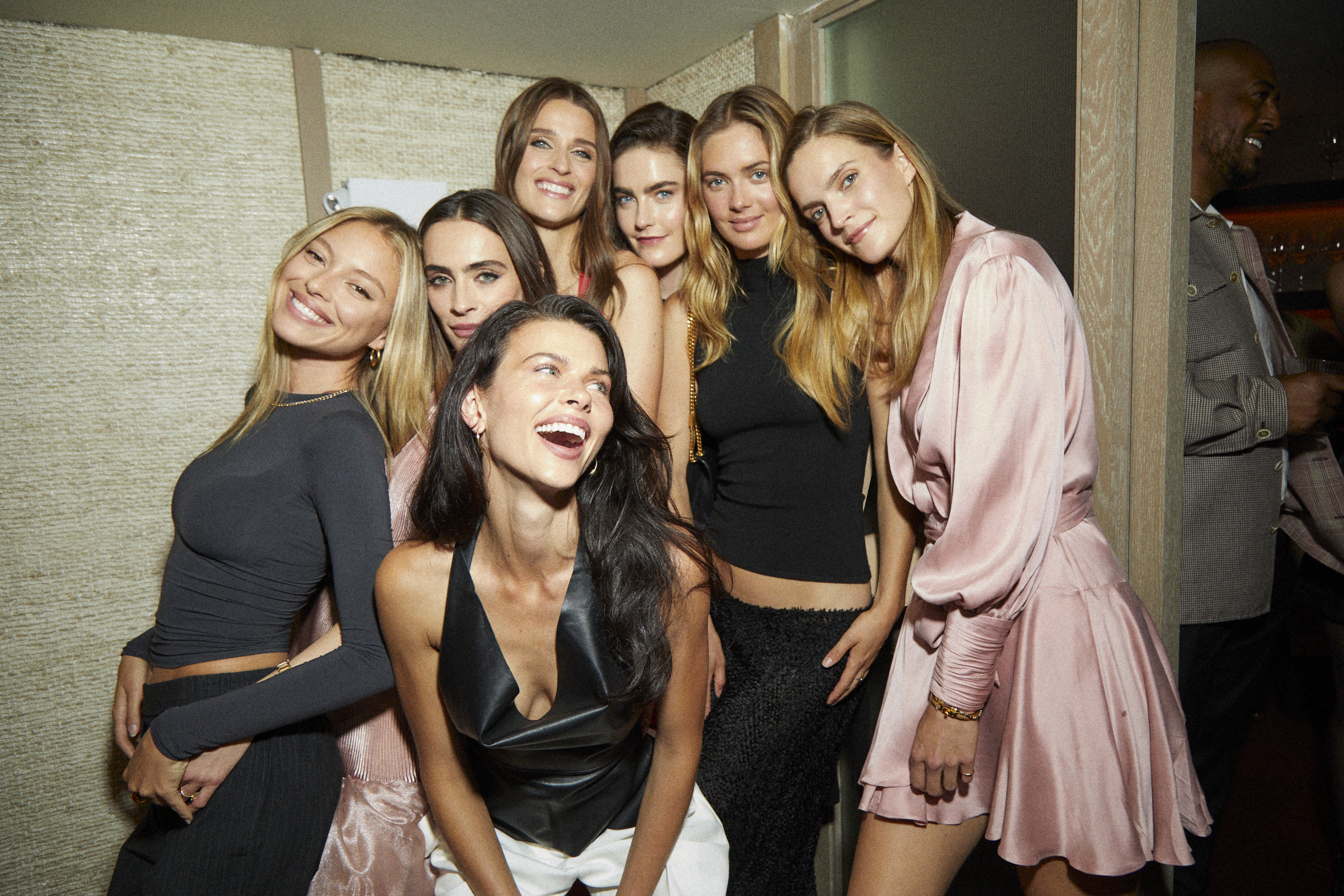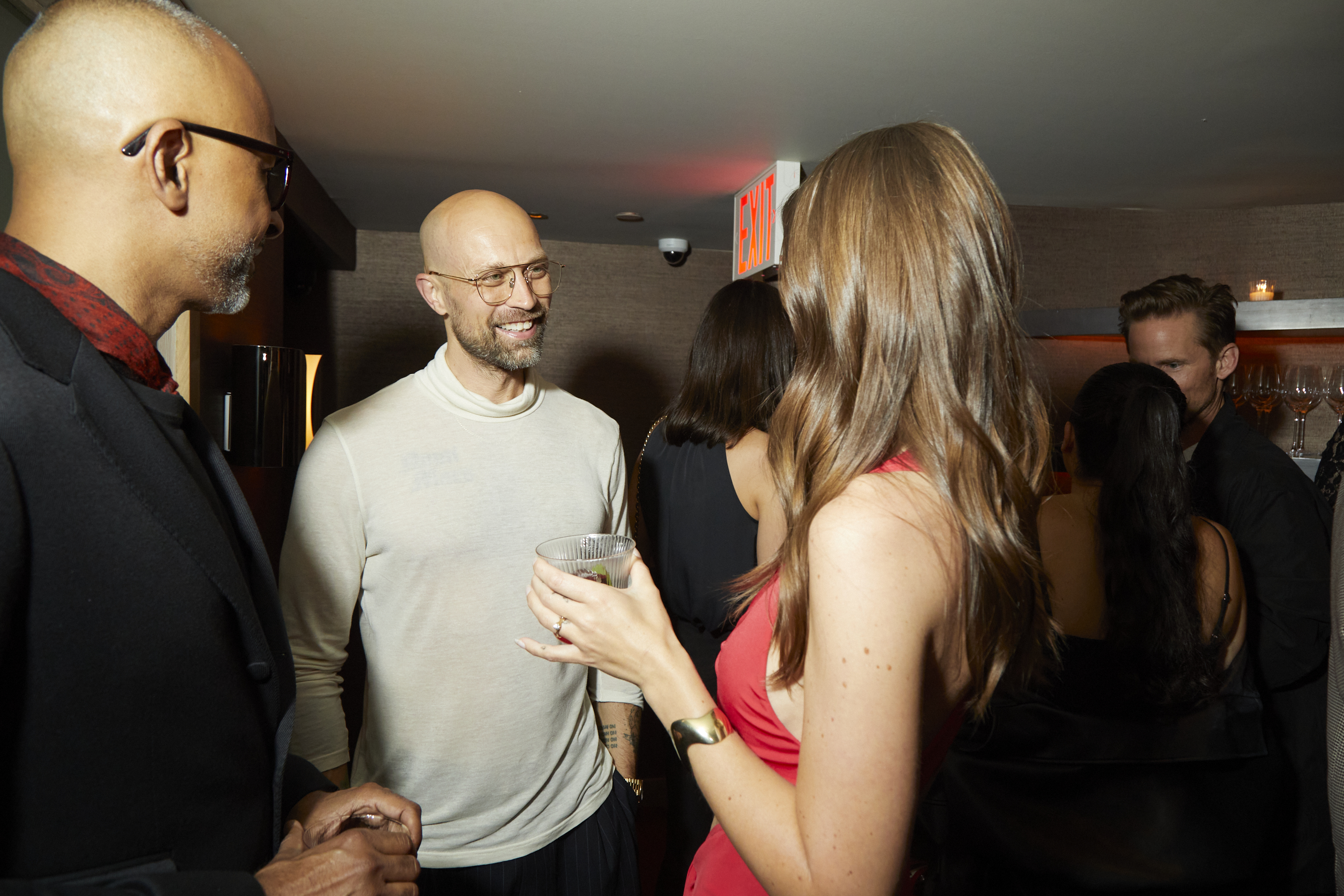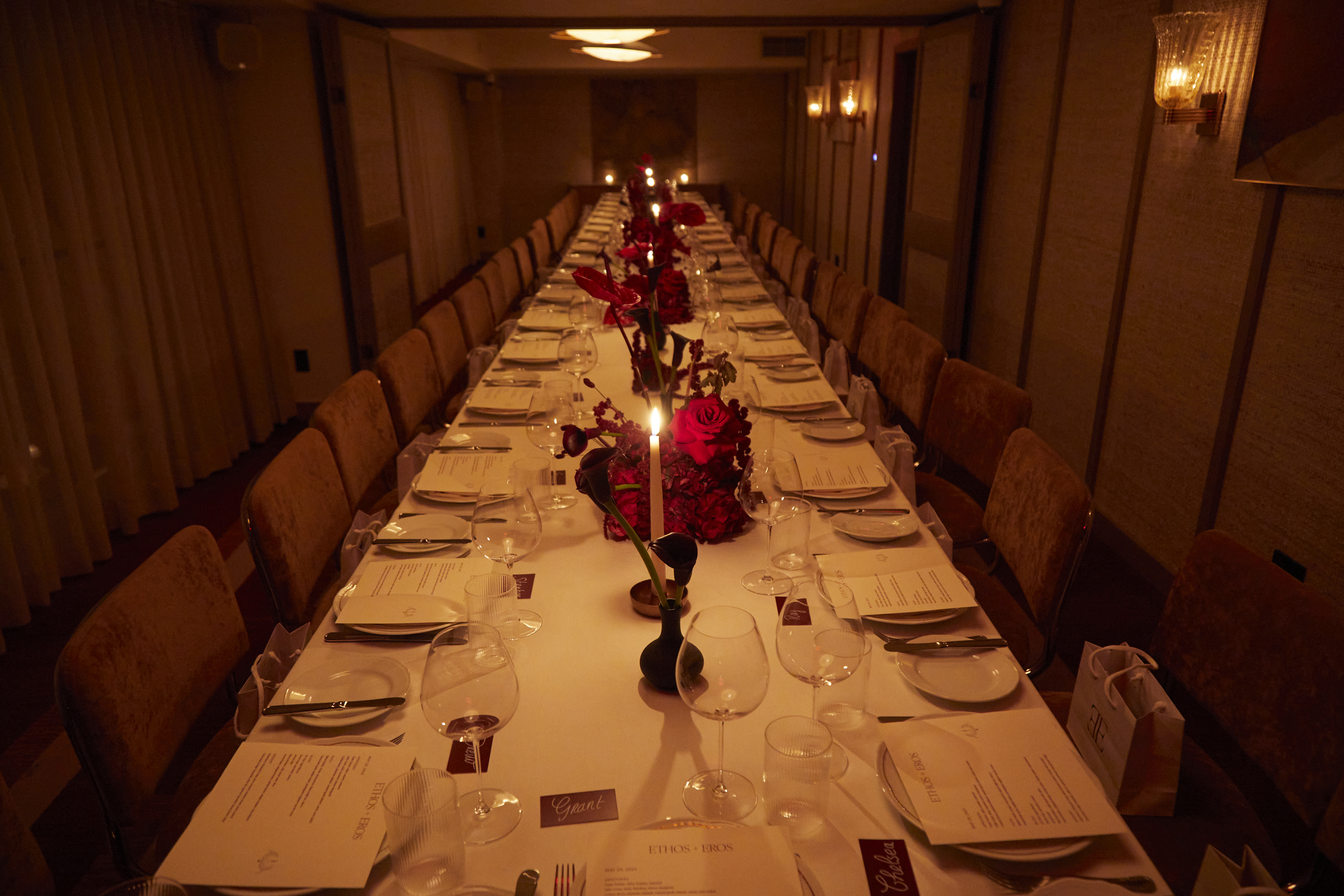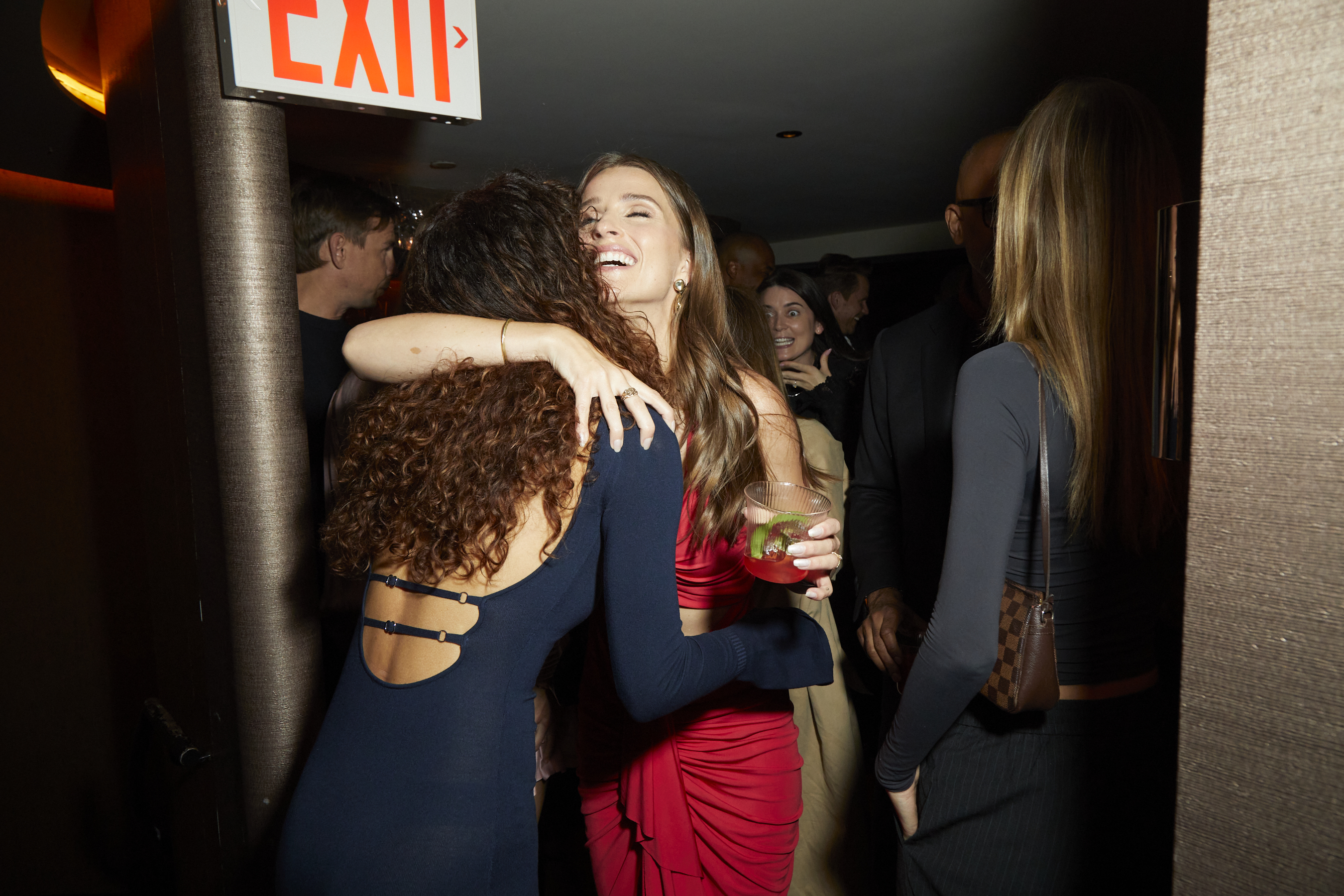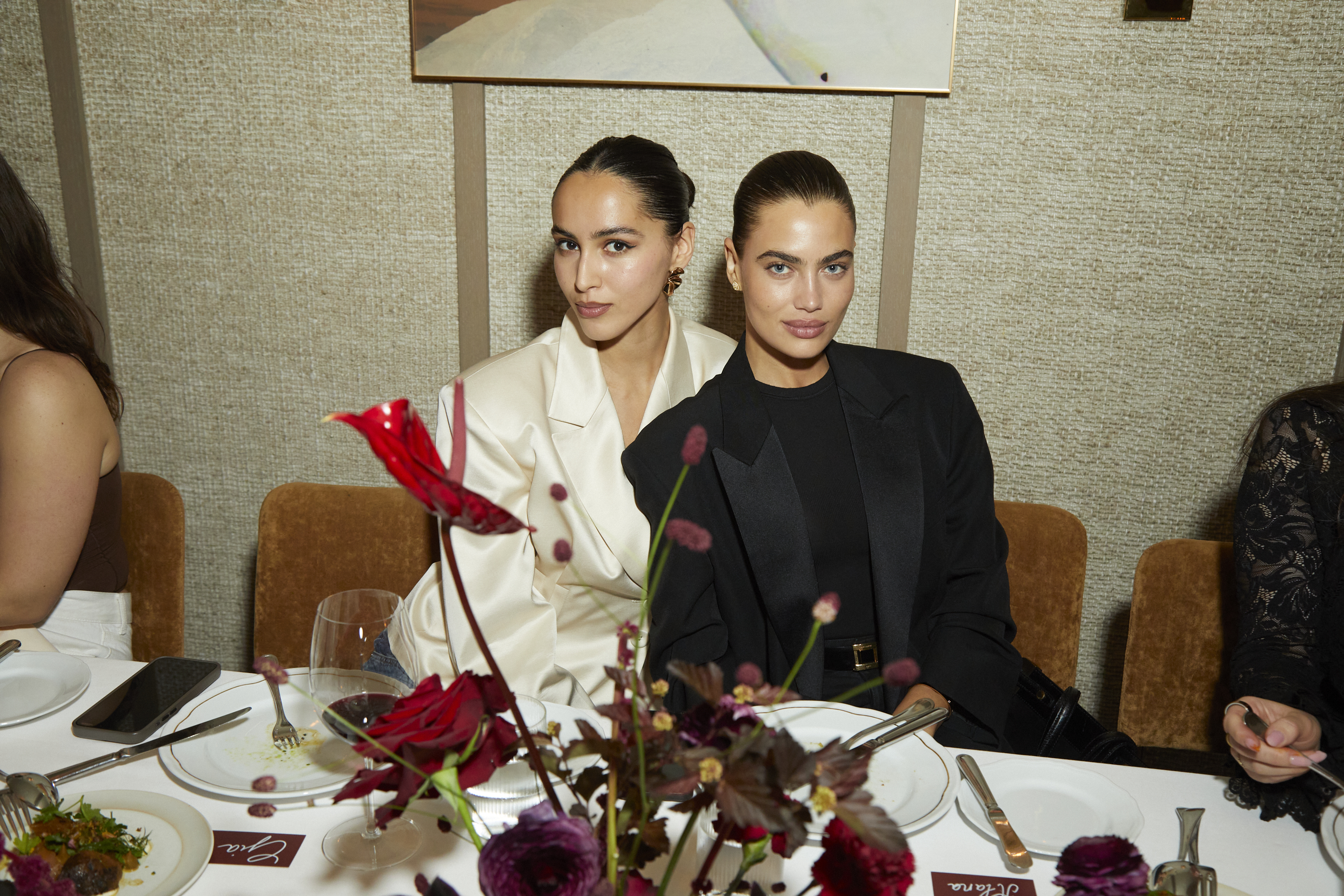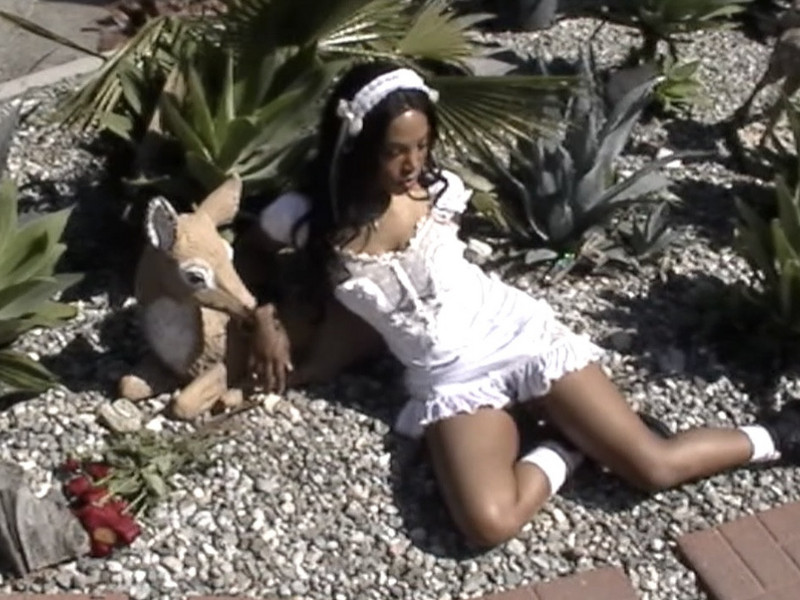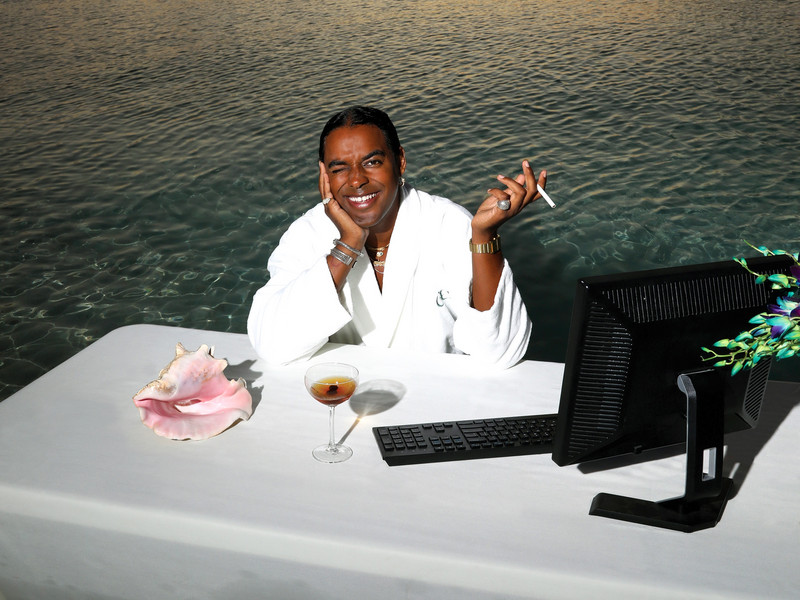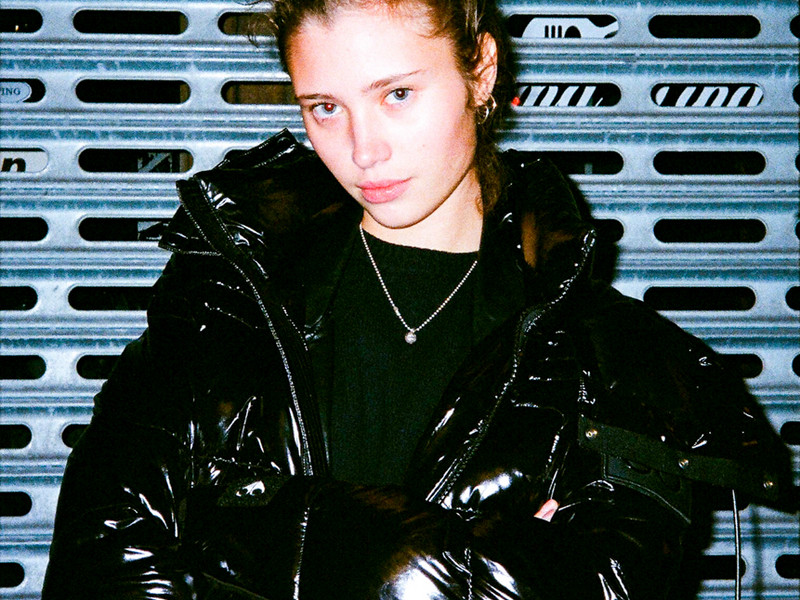How Are You Doing in 2021? Pt. 2

Check out Fry and Nguyen's documentary clip and the remaining interview below.
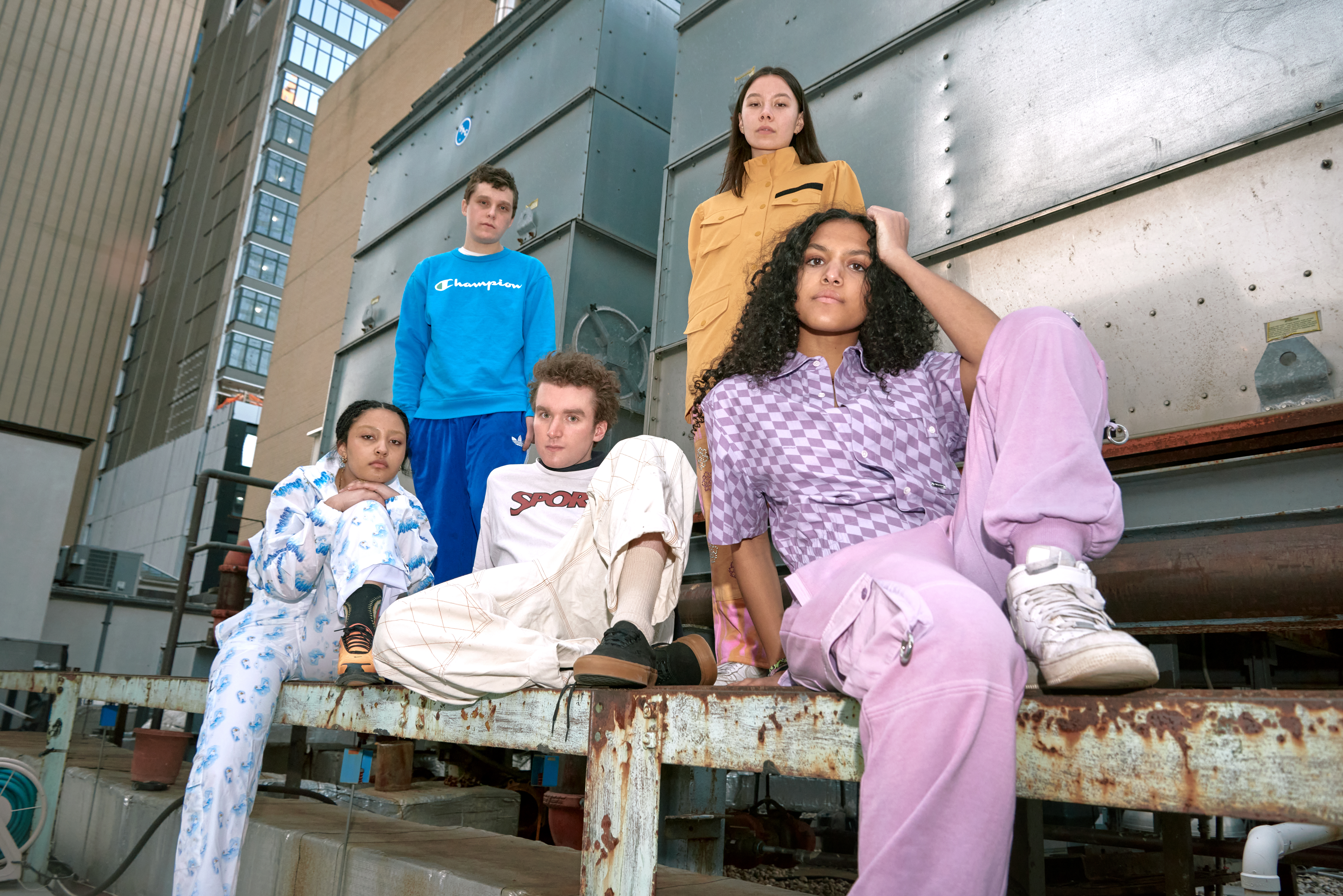
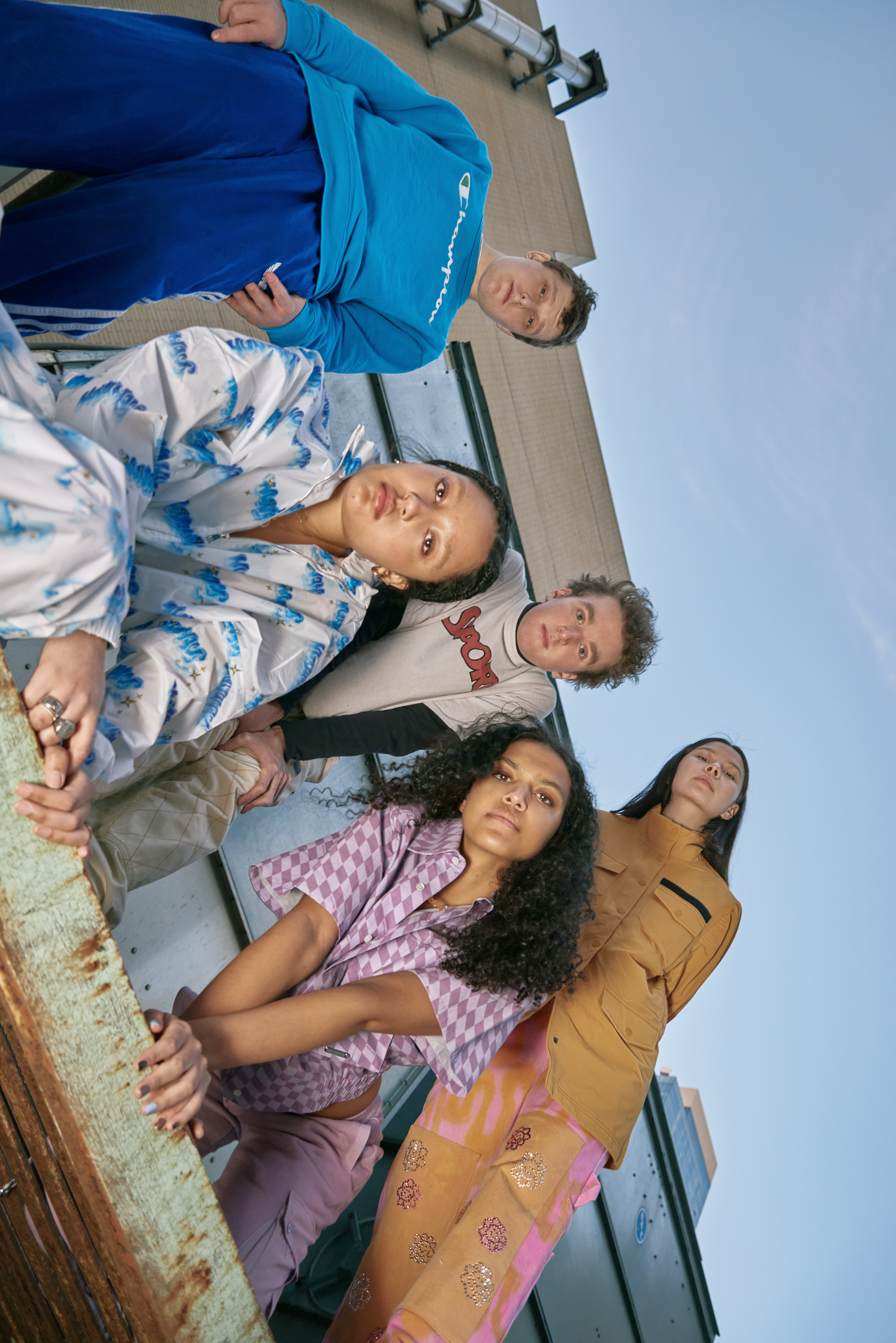
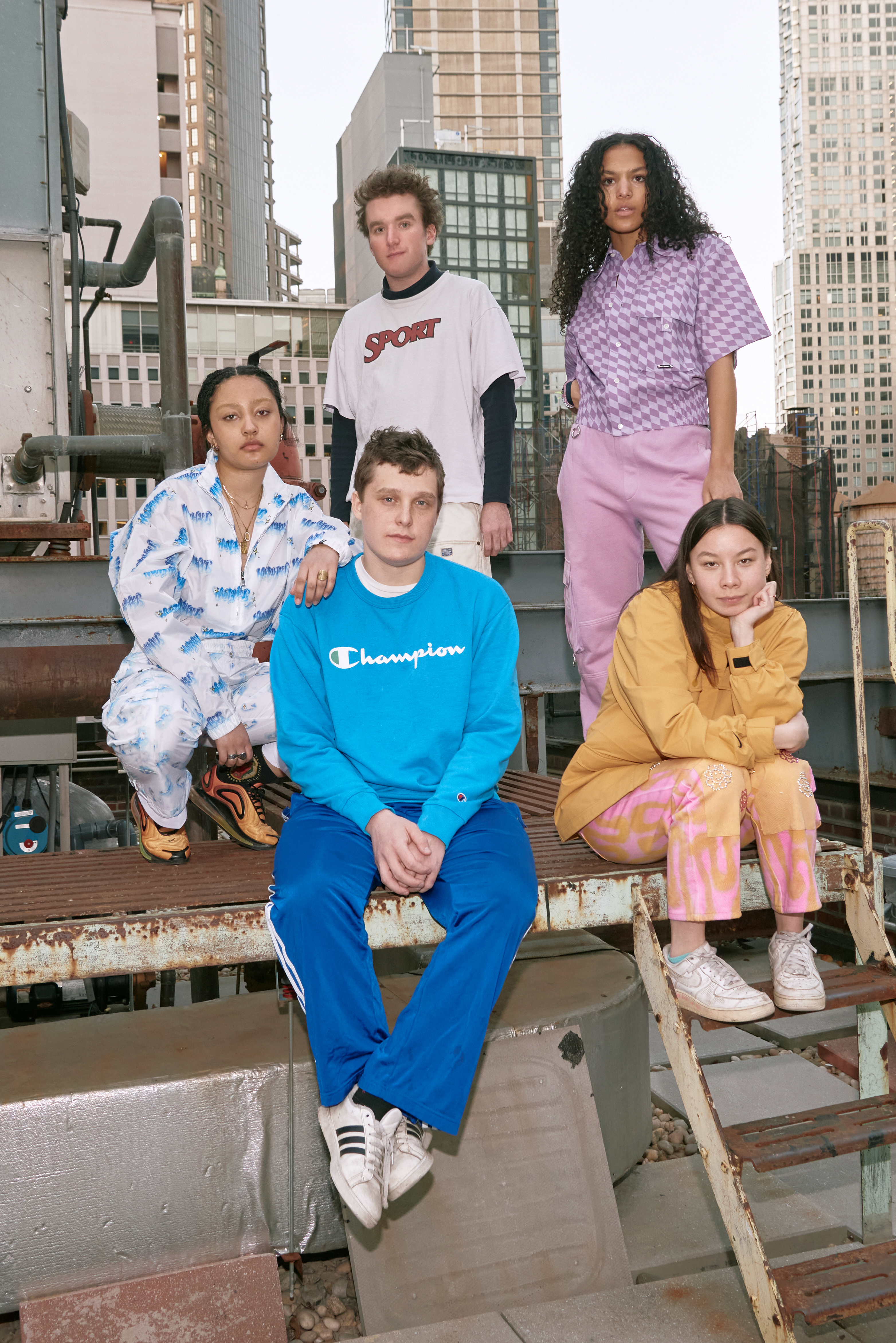
MICHELLE, Music Collective
How did you all meet?
Jamee — We mostly met each other through the NYC music scene. Charlie and Julian met in high school and decided to make an album about growing up in New York City after their freshman year of college. Julian and Charlie invited the four singers of MICHELLE, as well as some other NYC artists, to collaborate and write songs for our first album, HEATWAVE. Charlie met Layla in high school, and he met me in college. Julian met Sofia and Emma at concerts in the city.
Emma — We met in smaller groups to write and record HEATWAVE, so it wasn’t until our first show the following fall that we were all in the same room together (and even then Julian was apart). A few hours before the show, we gathered in the common room of my dorm at the time and somewhere in the archive there is footage of us becoming MICHELLE. Semi-strangers became friends became a collaged family.
What would you say was the hardest struggle for you during this pandemic?
Julian — Keeping memories of the pre-Covid world alive.
Sofia — Recognizing that I’m actually more of a hugger than I thought I was.
Charlie — Having some kind of awareness and hope that this thing would eventually actually end.
Was it tough producing music together without actually being in the same room together?
Julian — We did some quarantining which allowed us to be in the same room for 2 weeks to do our last round of writing. We also did more quarantining to do our last round of production. Mixing is usually remote, so it didn't feel too bad.
Emma — Earlier in the summer we did some writing sessions with masks outdoors - little drums from a keyboard and voice memos to hold the sounds. I found it difficult because it felt so different from so much other writing we’d done. And especially in the summer there was just so much sadness and pain and frustration that the task of songwriting felt odd. But even if the songs were OK, it was a practice in trying and a practice in connecting and creating to keep sane.
Did any of you pick up any new side hobbies during the pandemic?
Jamee — Embroidery!
Emma — Chess in the very beginning. It’s a whole year later though and I’m not sure it shows.
Charlie — Definitely gotten a lot better at cooking over the course of the pandemic, but it’s a bummer not having people to cook for.
Where would your dream gig be post-Covid!?
Sofia — A sold out show at a classic NYC venue like Bowery Ballroom or Webster Hall, just brimming with people who are happy to dance and shout along to our songs. Just to hear the sound of a crowd gets me emotional.
Charlie — Either something huge and bombastic or very small and intimate where we could really connect with everybody.
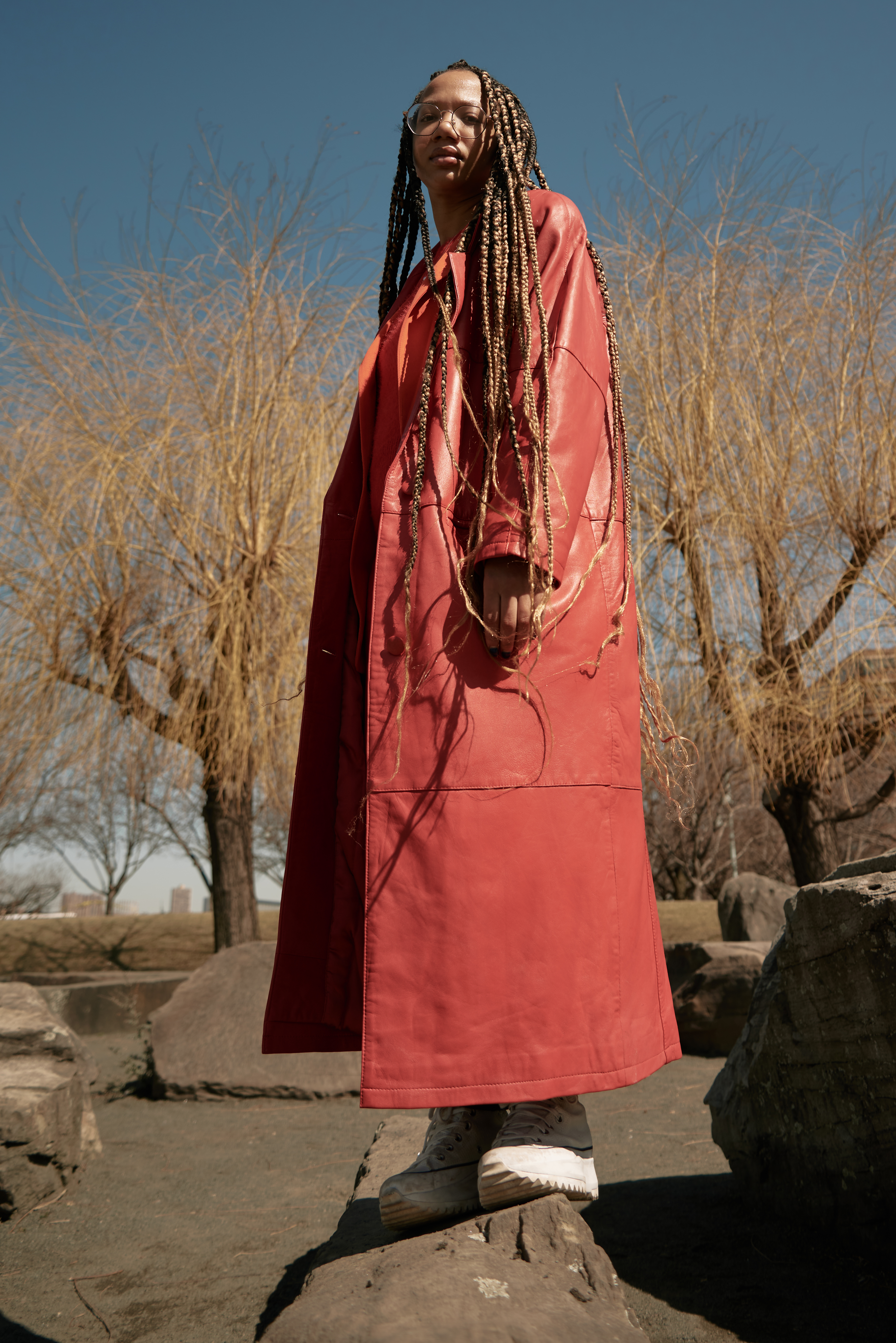

Chelsea Grays, Fashion Designer
Tell us a little about yourself and what you do?
I am a fashion designer from Cleveland Ohio focusing on menswear and unisex pieces. Deemed a political designer, each collection is accompanied by campaigns that raise awareness of social issues. Previously collections were centered around police brutality, homelessness, colorism, voting, and waste (upcycling), etc. I began by earning a Bachelors's degree in Psychology from North Carolina Central University which assists with understanding the world around me and translating that into conceptual apparel and textiles. After, I attended the Academy of Art University, San Francisco, where I earned an MFA following an extended study at La Chambre de Syndical Haute Couture, Paris.
Prior to launching the brand, I interned at Vera Wang studying and sewing bridal gowns. I merged these delicate skills and used them in my 2018 Collection Vanguard. I created a new sector of fashion "protest wear" and those skills lead me to be named as a finalist for the CFDA 2018 Geoffrey Beene Design Masters Scholar Award. In 2019 I launch the brand previewing my collection at the CFDA FFGS19 and debuted on the runway for NYFW under AAU. Following NYFW I moved to Paris with an AAU presidential scholarship to study at the School Of Chambre Syndicale De La Couture Parisienne and IFM. While in Paris I interned for the Yves Salomon Pieces Collection André Walker. Before leaving Paris in February 2021 I was head designer at SMHR Paris, release my F/W 2020 with MBFW Russia and FW 2021 collections with IMG + NYFW.
My collections have been recognized by notable magazines and worn by music artists and actors. Also known for making my garments for donated and scrap fabrics with mix and match prints and patterns, along with handcrafted elements, screen printing, and felting for texture and to compliment my bold aesthetic.
The collection for 2021 is on the way and we are wondering how it’s all going over in Paris?
The Newest collection is under development! Facing different trails I was able to step away from Paris for a bit and get a new perspective. Quarantine in Paris is hard but the world of fashion, at least for emerging designers hasn't stopped. We still have our feet to the ground taking advantage of the time. Being around the energy of goal-driven designers who are enthusiastic and despite the pandemic are pushing! This feeling is unattached and one that was presented to me in Paris. Outside of the quarantine, it is liberating to be around the energy of Paris, the passion the drive, and dream makers.
How does America appear from the outside world being an American in a different country?
From the outside looking in America is falling apart. Constant turmoil and of course the media portrayal is negative but accurate when discussing events that took place. There is a slue of protest, political issues, natural disasters. American is going through a rebirth. Even when speaking with my family everything is falling apart. Learn information second-hand, opposed to having these lived experiences make me a bit anxious. Without being in America I have to consider what impact can I make to effect change although I haven't lived some of those experiences and from an outsider perspective.
Being in a different country I realized America's influence. A lot of people speak English, walking into french restaurants whether a 5-star restaurant or getting street food they are playing American music, the clothes the younger generations, and even the news are all affected and influence by America. So to see America being italicized by Parisians while being portrayed on the media as crashing was astounding.
Your fashion designs and artwork have carried political statements throughout previous collections. Seeing the events unfold last year in America, how did that affect you and the progression of your new collection for 2021?
My collection that I will release in 2021 will be for the 2022 season. My previous collection was recognizing different issues that plagued 2020 by using historic influences. Being filled with emotions served as motivation and gave me the energy to express myself. That fueled my campaign and I had to say something. Fashion is my true expression. Now that 2021 has arrived, with its challenges but has arrived the focus will be uplifting, still address the issue but with a different approach and a positive narrative. My grandmother was affected by the disaster that happened in Texas and because I’m in the middle of two worlds there will be influence from Paris that may be appreciated but not relative to America. The progression will show the world around us but also my progression as a designer, sometime I have a shift in perspective.
What would you say was the hardest struggle for you during this pandemic as a designer/artist living in another country?
The biggest struggle I faced was acclimating to the culture without speaking fluent French and not having much social interaction to build the skill. It was hard to get adjusted, even though I was never trying to merge to the culture but I wanted to take it in and learn. The designer styles and approach is not that of an American style so I had to become more skillful with the talent and my art. How do I create something where someone can relate and understand without me having to say one word because chances are that there may be social disconnect and a language barrier so how do I overcome that with my representation of ideas. That was a huge challenge.
I gain inspiration from things I see on the streets. I’m an earth child so I’m often outside getting inspired, whether, by graffiti, people watching, or looking at nature. Being in a different country confined to a house I wasn’t able to use anyone as a sounding board because I didn’t know anyone and I wasn’t able to get my mind flowing by being outside. I had to find other ways to express myself so I started painting and became a bit more technical than preferred.
On a lighter note, have you discovered any new pursuits in your downtime?
Downtime, I don’t have much downtime and when I do I have I try to decompress get as much rest as possible and land somewhere in nature find tranquility to prepare for the next exciting challenge. I like being creative, I have freedom in creativity. So I'm thinking through my next idea or maybe painting.

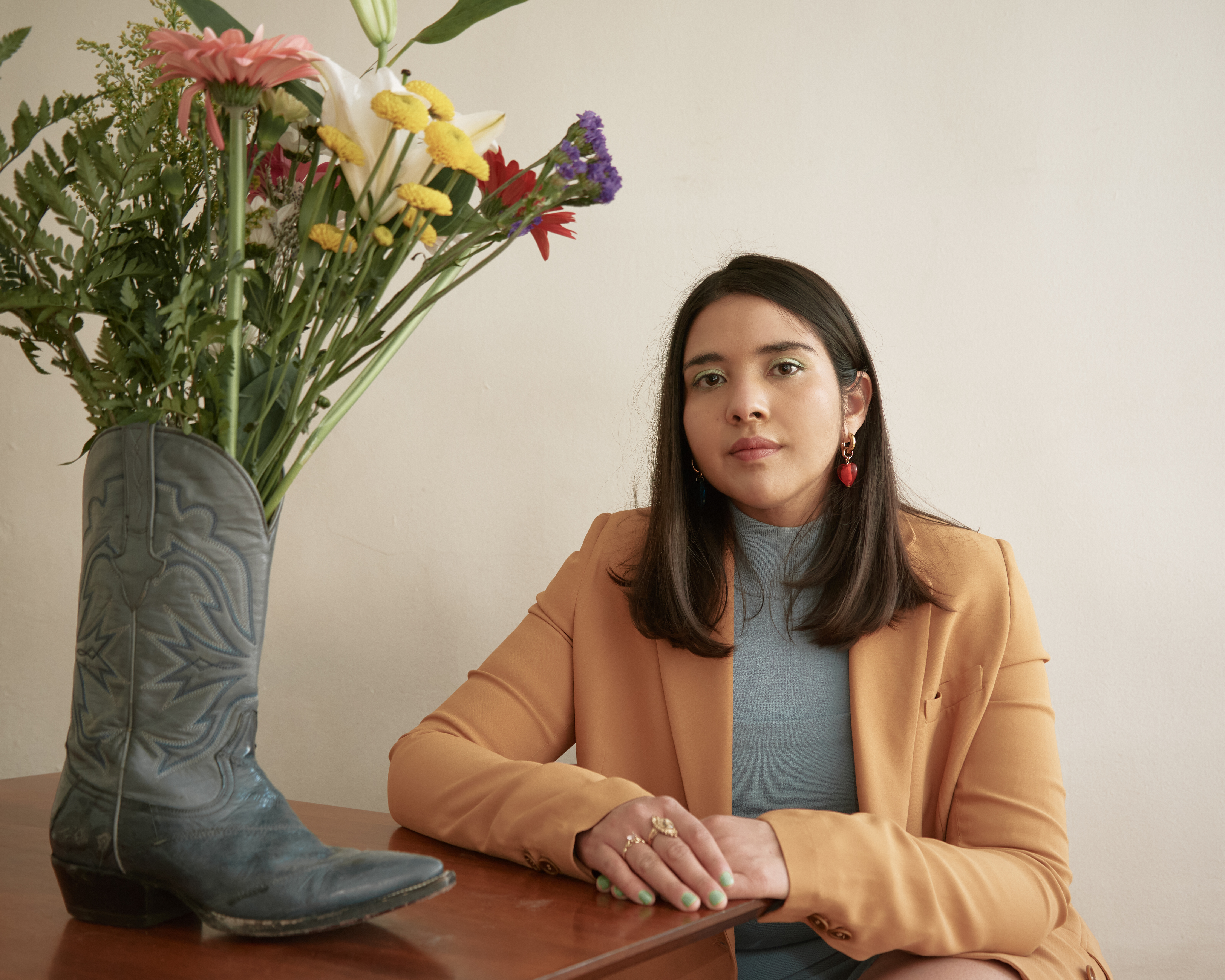
Darlene Boggs, Stylist
Tell us a little about yourself and what you do?
I grew up in the U.S.-Mexico border region of Calexico-Mexicali in Southern California. Growing up transnational helped politicize me from a young age. I became acutely aware of inequality, international relations, and migration issues, which pushed me to pursue immigration law when I was a student at UC Berkeley. For the past seven years, I have worked on LGBTQ asylum cases, removal defense, and most recently in targeted impact litigation challenging laws affecting immigrants. In recent years, I’ve found a creative outlet in clothing and have dabbled in fashion styling, collaborating with friends on independent projects and assisting for editorial photoshoots. I am keen on bright colors, gold jewelry, shoulder pads, and oversized items inspired by Pachucos in the 30s & 40s and Cholos in the 60s & 70s.
How much do you think you have grown since this pandemic?
This is a hard question. A lot of feelings and beliefs I held were intensified during the pandemic. I became angrier and even more pessimistic with the political state of the U.S. On the other hand, the pandemic also strengthened my belief that community, mutual aid, and global solidarity are vital for social change. This past year, I have re-evaluated a lot of my beliefs and priorities. I think more than anything, the pandemic has motivated me to continue organizing and working towards a better future.
As a Latinx woman, what sort of positive changes have you seen within your community that you can say that you are proud of?
The county I grew up in is the poorest county in California and the hardest hit by COVID-19 in the state. Despite the health crisis, county officials pushed to reopen and violated court rules for evictions, threatening the livelihoods and health of the county’s residents in the interest of a few. I was heartened to see that county officials’ long-standing negligence was met with protests and successful pushback from residents -especially young residents and newly formed grassroot organizations. I am so proud of the political consciousness and activism happening in my hometown.
What would you say was the hardest struggle for you during this pandemic?
Looking after my mental health. The pandemic has shed a much-needed spotlight on race and class issues in the world and the desperate need for change. This past year, I have worked closely with a lot of people that suffered abuse, neglect, and degradation in ICE custody. The stress of the pandemic and work coupled with social isolation has put a strain on my mental health. Nevertheless, I know I’ve had a lot of privileges during this time that has been devastating for many. I do my best to keep this in mind when I am feeling down.
With a shift in politics this year, what changes do you hope to see in America?
I could write a whole book about this! To keep it short, I hope the U.S. addresses the many problems in our dysfunctional criminal justice system and works towards building a stronger safety net and support system. I hope to see a dramatic change in our current immigration system which is by design racist, xenophobic, and classist. I want an immigration system that does not perpetuate harmful nationalistic views and considers the role the U.S. has played in destabilizing many foreign countries. One that is welcoming, humane, and fair. Most importantly, I hope that we continue working to dismantle white supremacy and the carceral system.
Did you get to pursue any hobbies in quarantine and what were they?
I learned how to sew! I made a dress and one sleeve. I also spent a lot of time cleaning out my closet and deconstructing a lot of my clothing. This helped me be more creative when styling my own wardrobe without buying new items. I also started writing again. I’ve written more lyrics in the past year than I have in the last ten years

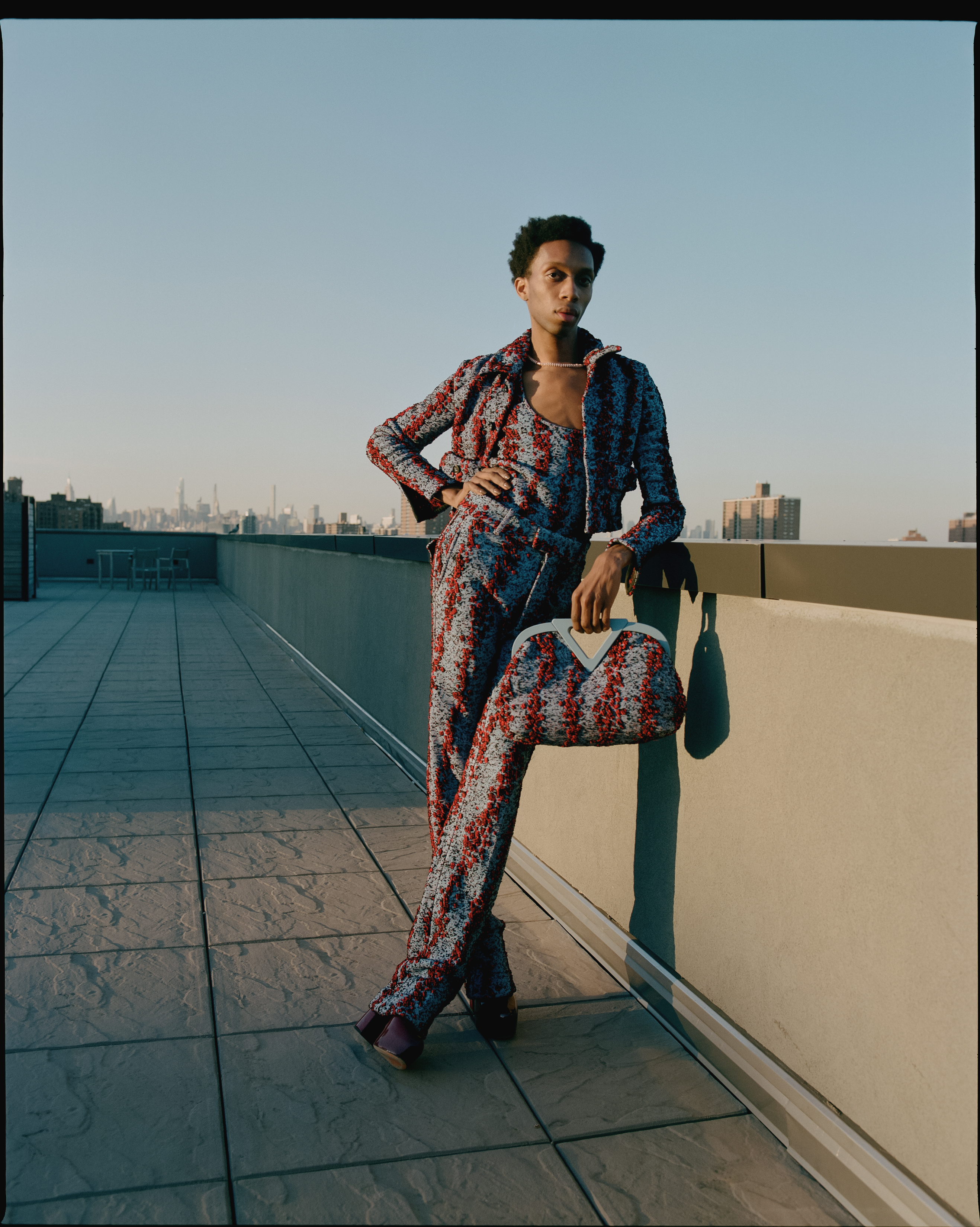
Parker Kit Hill, Multifacted Artist
Where did you grow up?
Fort Worth, Texas
Tell us a little bit about yourself and what you do?
I do a little bit of everything which can be confusing for most. If I were to pinpoint what I do exactly it would just be that I’m a true artist in every sense of the word. I moved to NYC as a ballet dancer then transitioned into acting, modeling, and styling.
How has covid affected your life as a fashion influencer?
I think that it has made me more aware and selective with the type of fashion that i want to explore/be apart of.
Did you decide to stay in the city or get out of town last year?
I decided to stay in the city. It was super scary at first but it all ended up being super conducive for learning more about my self.
What was something new that you learned about yourself during this covid period?
That I really do enjoy my alone time—and also just sitting in silence.
What would you say was the hardest struggle for you during this pandemic?
Keeping in contact with the people most important to me.
Post Covid, where in the world would you like to visit?
All of Europe. I think we can all agree that we need a break from America.
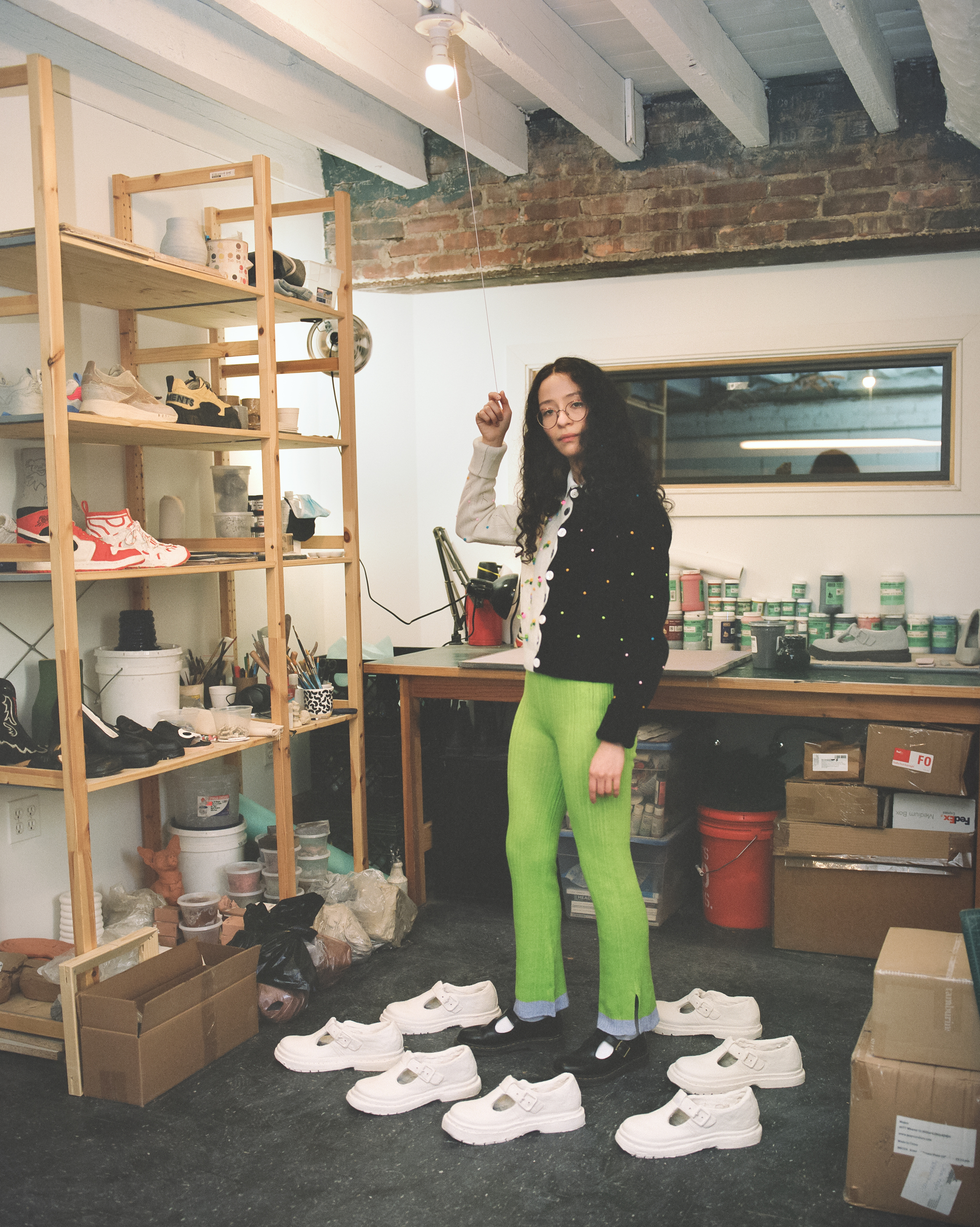
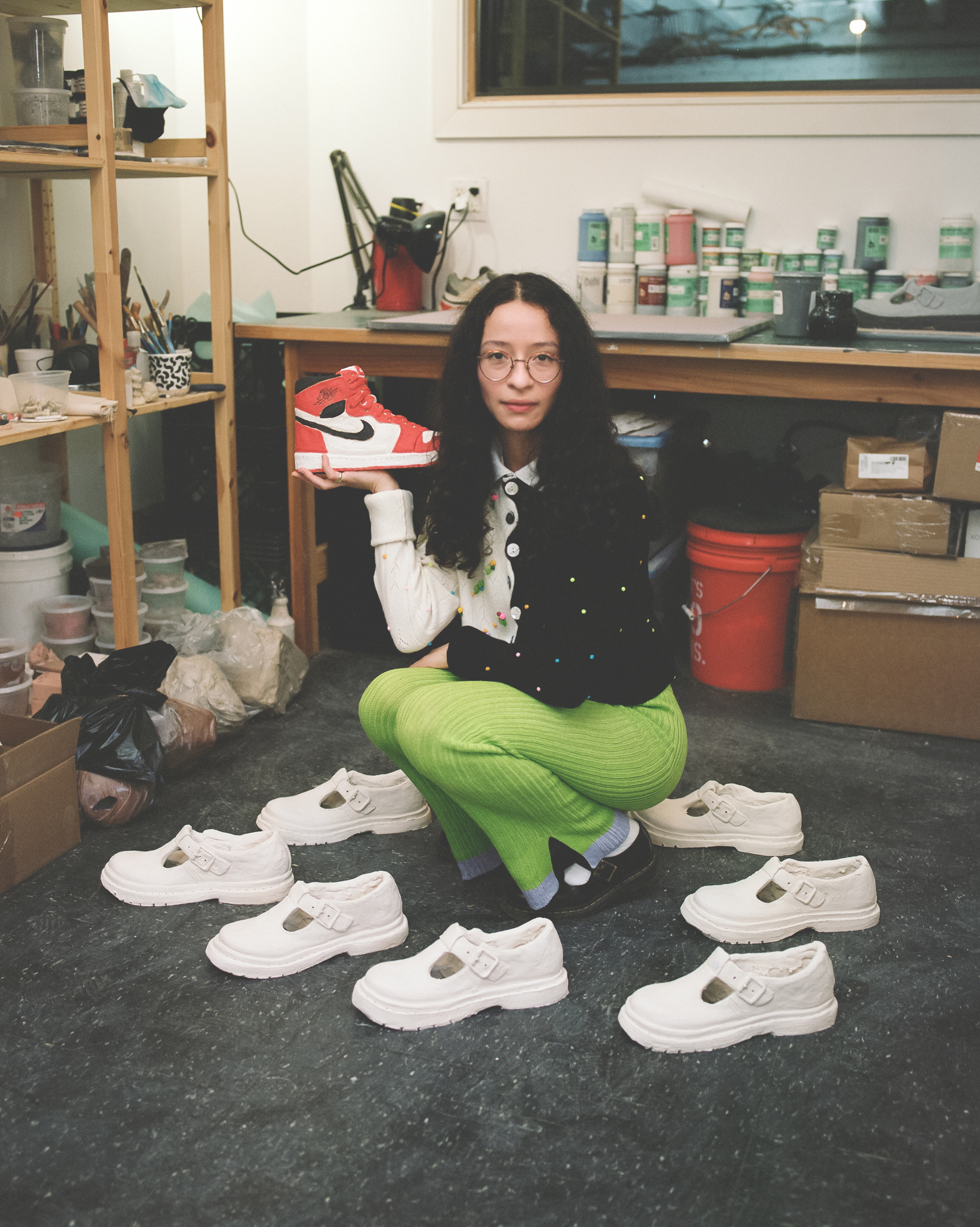
Diana "Didi" Rojas, Mixed-Media
Tell us a little about yourself and what you do?
Hi! My name is Didi! I’m an artist living and working in Brooklyn, NY. I was born in Cali, Colombia and my family moved to the states when I was about 5 years old. I began working with ceramic in 2012. I’m interested in how people interact with an object we are all familiar with, the shoe, even when it cannot be worn. My work aims to push the boundaries of what objects mean to us in a consumerist society and question why we see ourselves profoundly in footwear.
What was the first shoe you created and what was the inspiration behind it?
The first ceramic shoe sculpture I made was a Nike Air Force 1. I would wear a pair of Air Forces to the ceramics studio I was working at and over time the sneakers started to look as if they were ceramic. They got so old and encrusted with clay that I looked down and immediately wanted to try to sculpt one. After the first one, I became obsessed with noticing the patterns in sneakers around NYC and Brooklyn. I noticed I was seeing a lot of white Nike Air Forces, Converse Chuck Taylors and Adidas Stan Smiths. I sculpted those next and since then have created a mental list of all of the shoes I want to sculpt. It’s endless.
What was the longest amount of time taken to complete a shoe from start to finish?
This varies on size and detail of the piece. I have made pieces at a larger scale and those take much longer than the “to scale” sculptures. Ceramics in general can be really sensitive with timing. It’s a process that can’t be rushed because before pieces become ceramic (after the kiln firing process) they are extremely fragile. I start by sculpting the pieces with ceramic clay which might take a few hours to a few days and then the pieces need to fully dry before their first kiln firing. After this, the sculpture is glazed and placed back in the kiln at a higher temperature to vitrify.
Which runway shoe do you see yourself recreating next?
I’m currently working on a series of pieces and expanding from just the single shoe sculptures. I have some Gucci pieces in progress and the newest Versace Platform boots are on my list.
What else can we expect to see from you in the future?
Hopefully a lot more shoes, but in all honesty I have a few projects in progress that are pushing my practice in new ways. I’ve been working on incorporating the sculptures in video and photography as well as exploring obsession in quantity and what it means to have a lot of something. This past year I also started painting with mixed media & oil paints. I’m excited to share more of those pieces soon!
What was something new that you learned about yourself during this covid period?
This period of time has reminded me that it’s important to listen to myself. Taking things one day at a time and showing myself patience and kindness has not only allowed me to show up for myself but for those I care about as well.
What would you say was the hardest struggle for you during this pandemic?
It has been an intense time to say the least. It’s been a struggle but important to really show up for myself, my family, friends, and my practice.
Toward the end of 2020, both of my parents tested positive for Covid and had pretty severe symptoms. My parents getting sick had been my biggest fear throughout 2020 and I was going into 2021 feeling completely helpless. There were a lot of thoughts that crossed through my head during that time and I was extremely grateful that both my parents recovered. Regardless, that situation to end the year and start the new one was a hard one to cope with.
This past year+ has been one where my anxieties have been amplified nonstop but the realization that my work helps me cope with these anxieties has been helpful. I’m so grateful to be able to keep doing what I love, especially during this time.
What’s a dream destination post Covid and why?
In my friends’ arms. I miss hugs without the feeling of impending doom that currently looms.
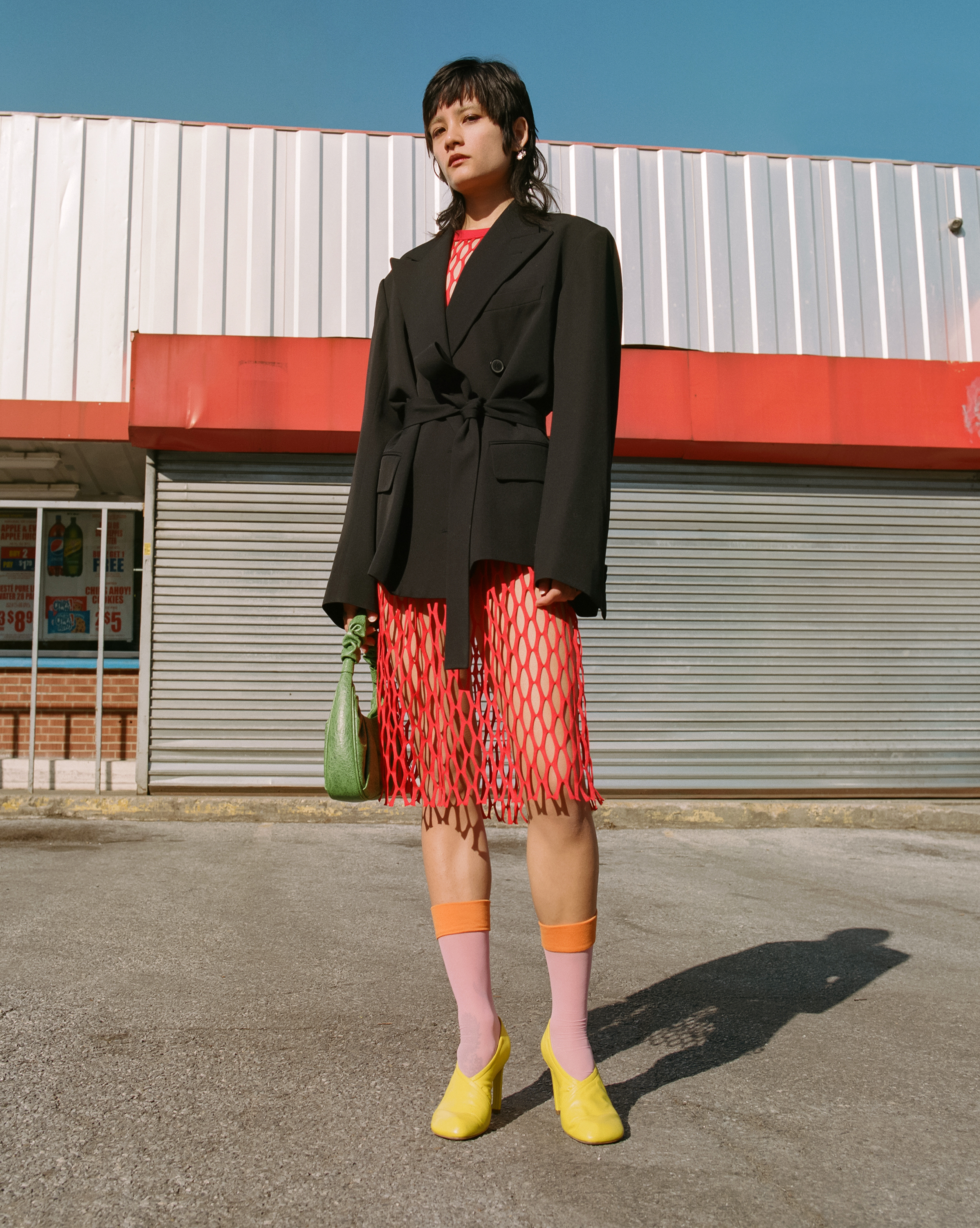
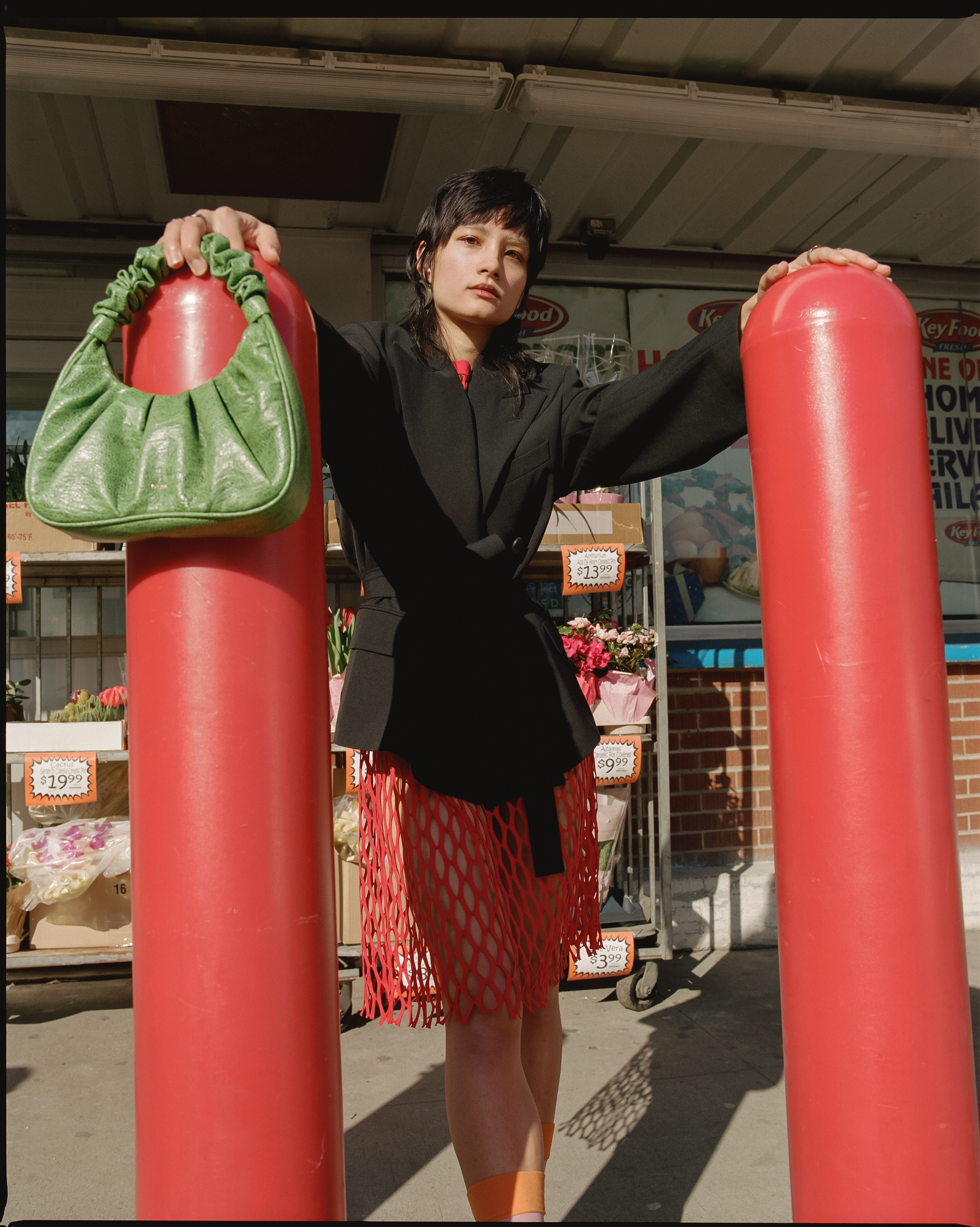
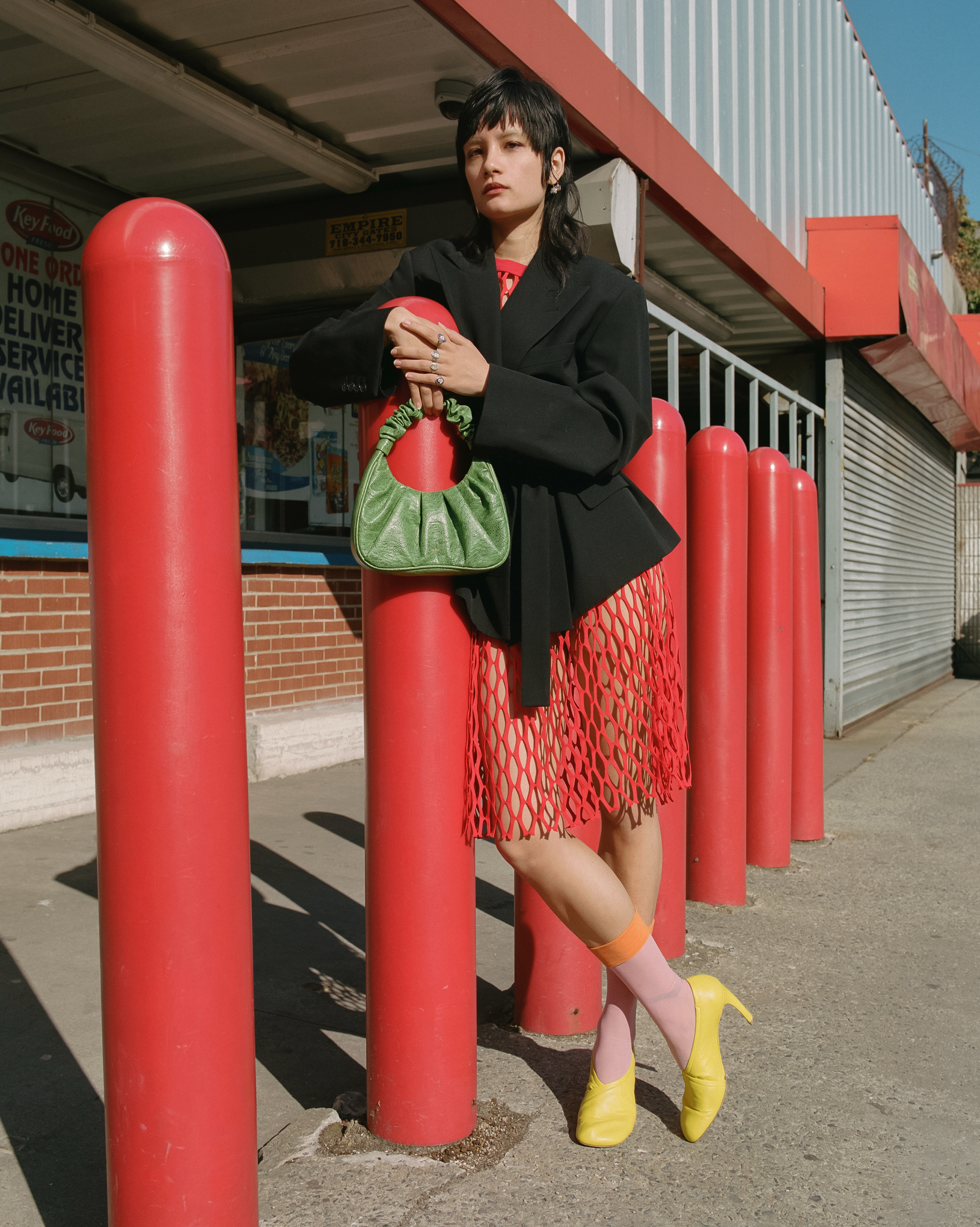
Lulu Yao Gioiello, Creative Director/Editor-in-Chief of FAR-NEAR
Tell us a little about yourself and what you do?
I'm a creative director by day, founder of the book series FAR–NEAR, aimed at broadening perspectives of Asia, by night.
Did you grow up in NYC?
Yes, with my father and twin brother.
What was something new that you learned about yourself during this covid period?
I feel like in some ways I reverted to my middle school self — I started playing video games and watching anime again, I now have a little bit of social anxiety I thought I had overcome. At the same time, I've grown up. I'm learning more to take care of my body physically. And to say no to work offers when it's more than I can handle.
As an asian woman living in NYC, how has life changed for you during covid?
As we all have seen on social media and in the news, devastating attacks (which were already happening before, but less targeted) have plagued Asian people living in America. After living here for pretty much my whole life, I haven't felt this anxious to go outside alone, at any time of day, in any neighborhood, since I was a teenager and aware of men who would give me salacious looks or follow me down the street. And then I think of those who are not working from home, who look more "Asian," who are older and of a different economic class, and how they must be feeling. So I have not felt this fear or dread in a long time, and I feel so empathetic to those in worse situations than me. I only hope we (all NYers) can stick up for each other, especially the more vulnerable.
As a creative director and founder of Far-Near, tell us about the creative journey you have been on and where you see it going next?
I've been working on FAR–NEAR for the last 4 or so years. At first it was really more of a personal project, a response to the lack of a platform for real representation, stories and voices in fashion and art from an Asian perspective. I started by gathering all sorts of submissions from friends and friends of friends. I learned a lot about myself, and about Asian history / political predicaments (within America and outside of it). Now I feel like it could grow into an even larger platform. I want to showcase established artists, upcoming artists, artists who left the spotlight, and real people and their stories. Right now it's completely self-funded from my day job. I hope in the future, to be able to fund films and more projects every year.
What are some ways you think we can become a better ally to the AAPI community?
Check yourself first — do you really listen to Asian people's opinions? How do you consume our culture, our food, our media? How else do you interact with us? Do you consider and respect the delivery people, nail salon workers, taxi drivers you interact with? Do you take the issues people around you vocalize seriously? If tables were turned, how would you react? I think it's so important not only to learn about others perspectives and histories, but to also be active listeners and responders to those closest to you. They're who your actions can affect the most. Taking the time to really hear out others grievances and grasp the movement or problems people are facing is to me, how you can become a better ally and a better person.
What would you say was the hardest struggle for you during this pandemic?
Honestly, I took staying at home as a challenge, as a way to rejigger my way of life and reset. The hardest struggle for me was watching many people I know, love and/or care about, unable to change their behaviors for the greater good. As in, I understand this was a mental struggle for many of us, but showing off travels, parties and so forth while 540,000 people have died only in the US from the spread of this virus, was difficult to witness from people I thought would be more compassionate.
Post Covid, where would be your dream holiday vacation and why?
Pre Covid, I had planned to spend a good chunk of 2020 in Asia, visiting my mother in Taiwan, friends there and elsewhere. My dream holiday would be to visit Bhutan or Mongolia and just spend some time in nature :)
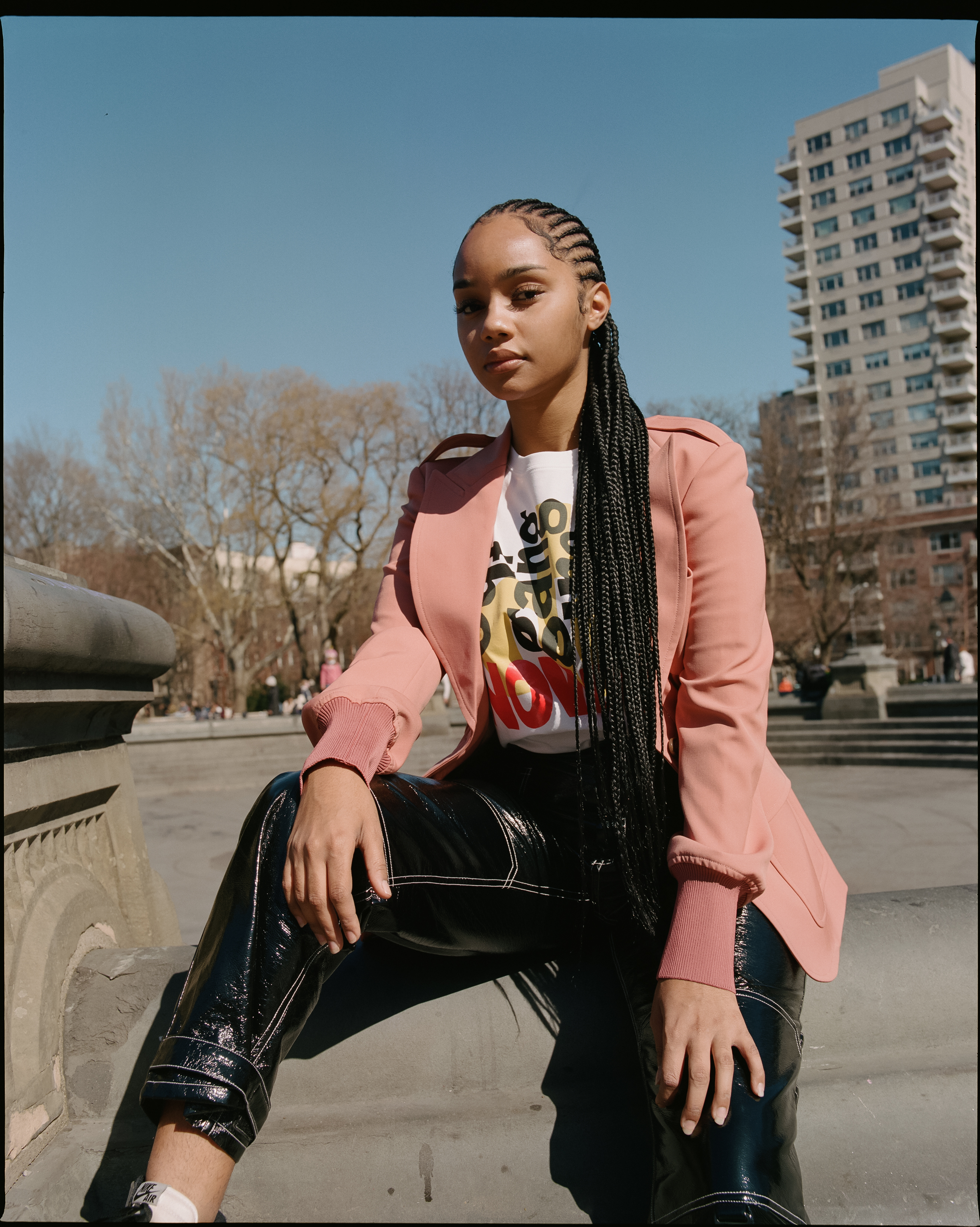
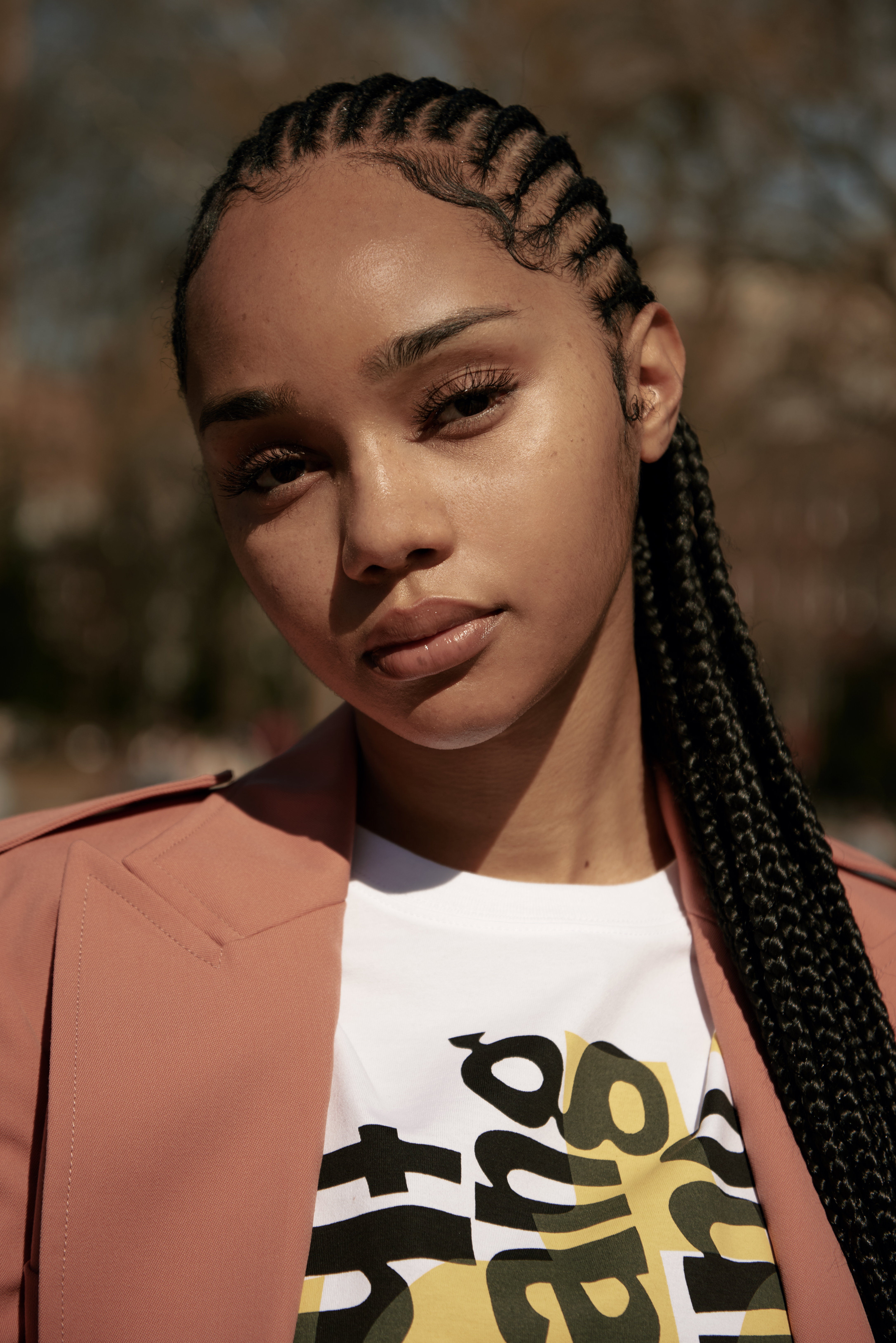
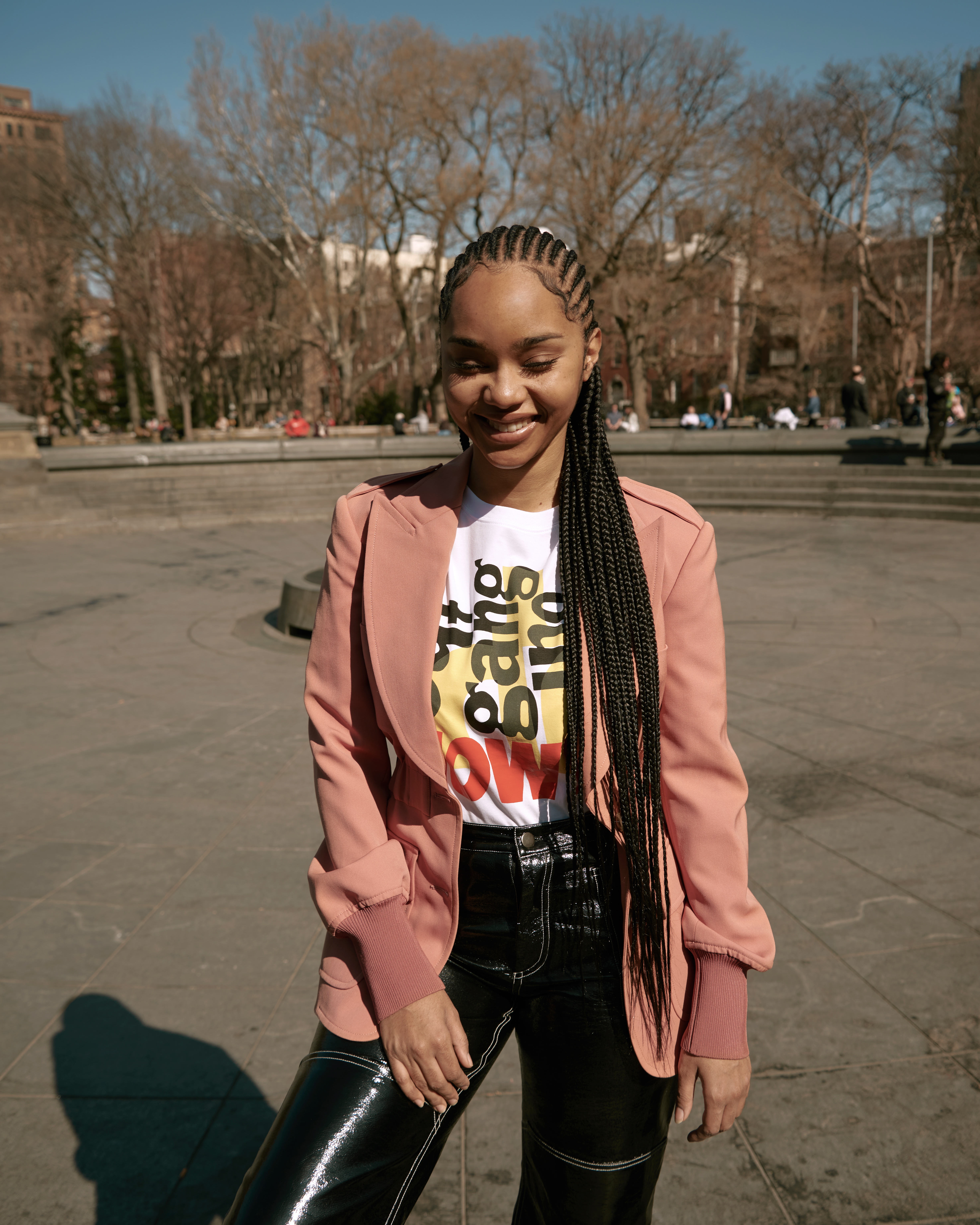

Nialah Edari, Activist
Tell us a little about yourself and what you do?
I’m a Co-Founder of Freedom March NYC, a youth protest and policy group on the frontlines pushing for reform in New York City and nationally. Hailing from Milwaukee, Wisconsin, I moved to New York to study at Barnard College of Columbia University. I've been involved in activism from an early age, having served in the role of Midwest Youth Director for renowned national civil rights organization, The National Action Network, and involved in Gun Violence Prevention work in New York City. Most recently I worked in the office of the highest-ranking African-American in Congress Majority Whip of the House of Representatives, Jim Clyburn and in the Office of the New York City Comptroller, Scott Stringer. I also worked for the Biden Campaign as a special assistant to the Senior Advisor, and was the a leader of one of the largest freedom movements during the summer of 2020.
You received a proclamation from the New York State Senator Brian Benjamin, tell us about that?
It’s always nice to be rewarded for your work. I met Councilwoman Farah Louis at the Juneteenth March and Rally, and State Sen Brian Benjamin at a conference when I was a junior in high school. These awards are really a full circle moment for me.
What would you say was the hardest struggle for you during this pandemic?
My hardest struggle would have to be loneliness. During the height of the pandemic last March, I lived alone in Chelsea. All my friends were in Harlem or Brooklyn. To overcome this loneliness I started biking everyday to socially distance see people and towards June I had a whole bike Crew. Then the protests happened and I wasn't really able to have that much personal time anymore. Most of my time was dedicated towards the movement and the presidential campaign I worked on.
With a shift in politics this year, how do you see things getting better?
People are loud and clear about what they want. They want more funding for community based initiatives. They want trans people to reach their 35th birthday, and very clearly understand that All lives can't matter until Black Lives Matter. Consequently, organizers are working together to make sure candidates who are running for office, support these things as well.
In your downtime, how do you de-stress and regenerate?
I have recently picked up skating and it’s honestly one of my favorite things to do. Whenever it is warm I try to make some time to skate and when I don’t have time, I have even taken a meeting while on skates.
Post Covid, what’s a dream place you have always wanted to visit?
I really want to go to Italy, I didn’t want to as much before, but I spent a lot of time during the initial lockdown making spaghetti and eating pizza. Now I want to go to Italy and make pasta noodles, crush tomatoes into sauce, and drink some wine
